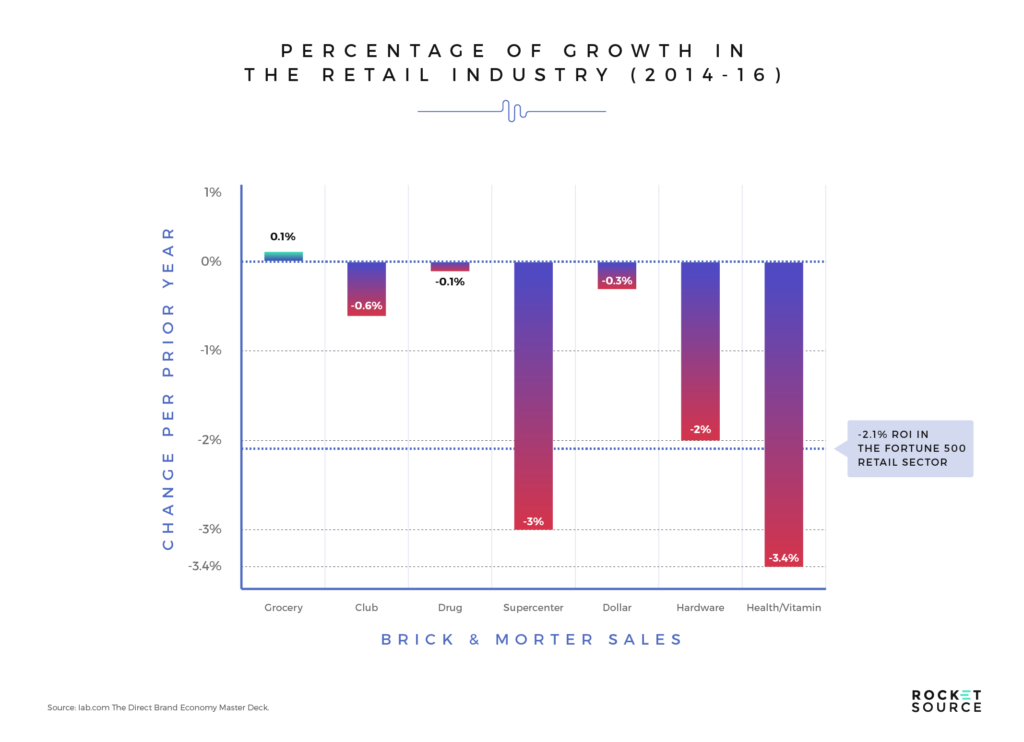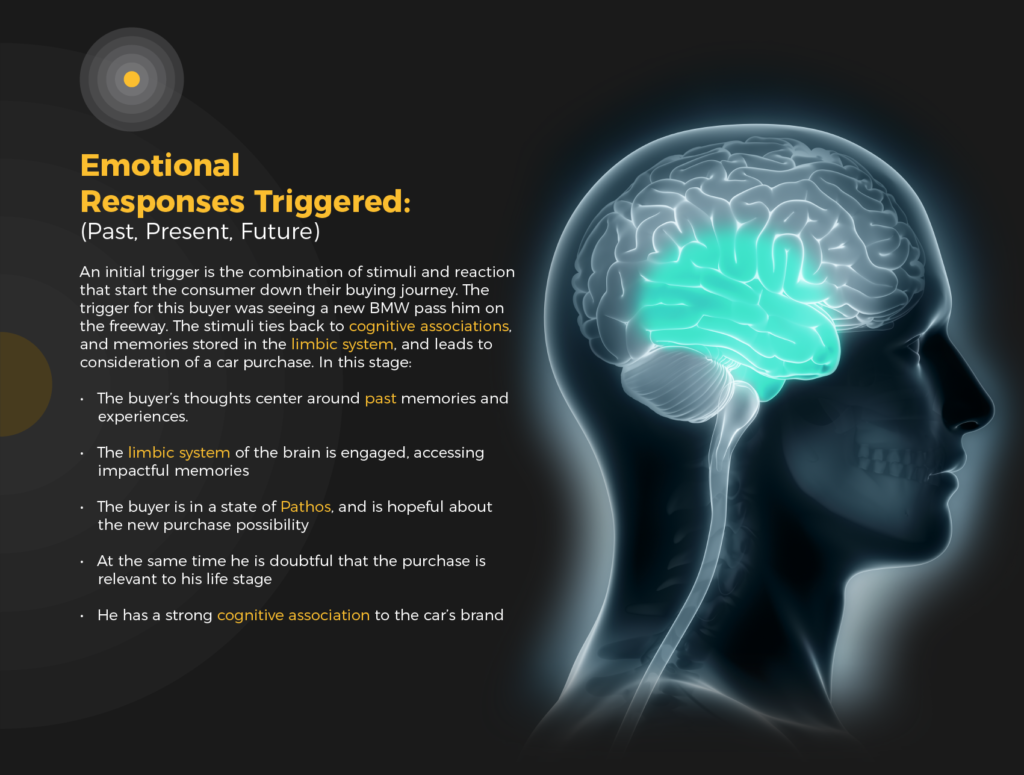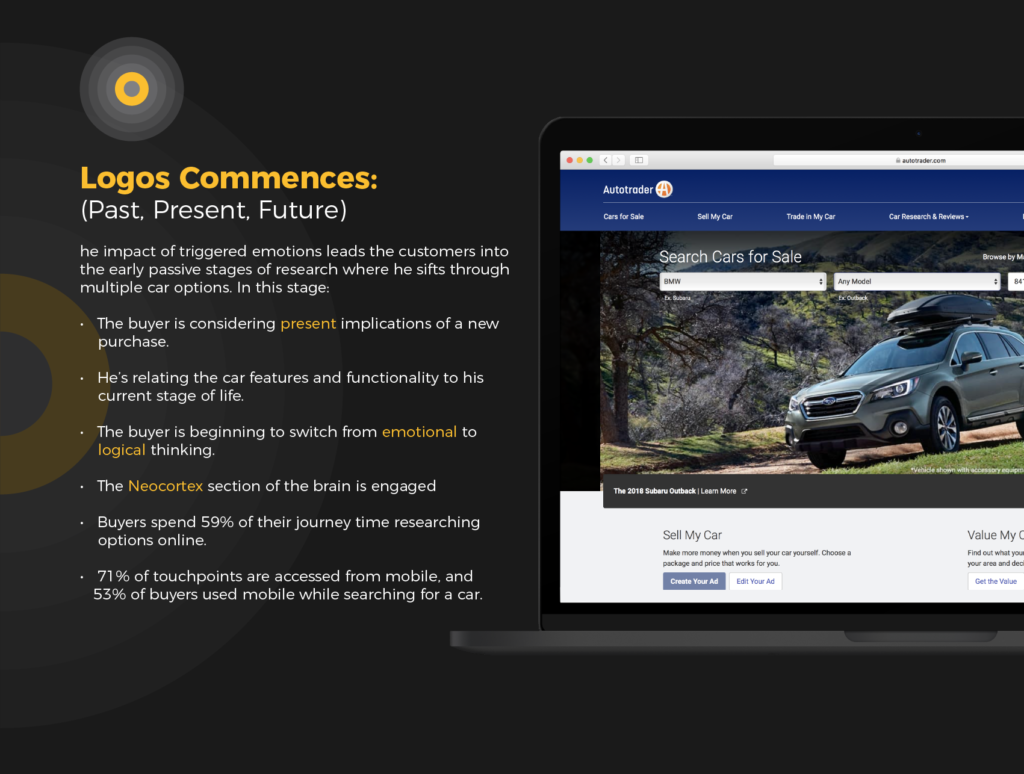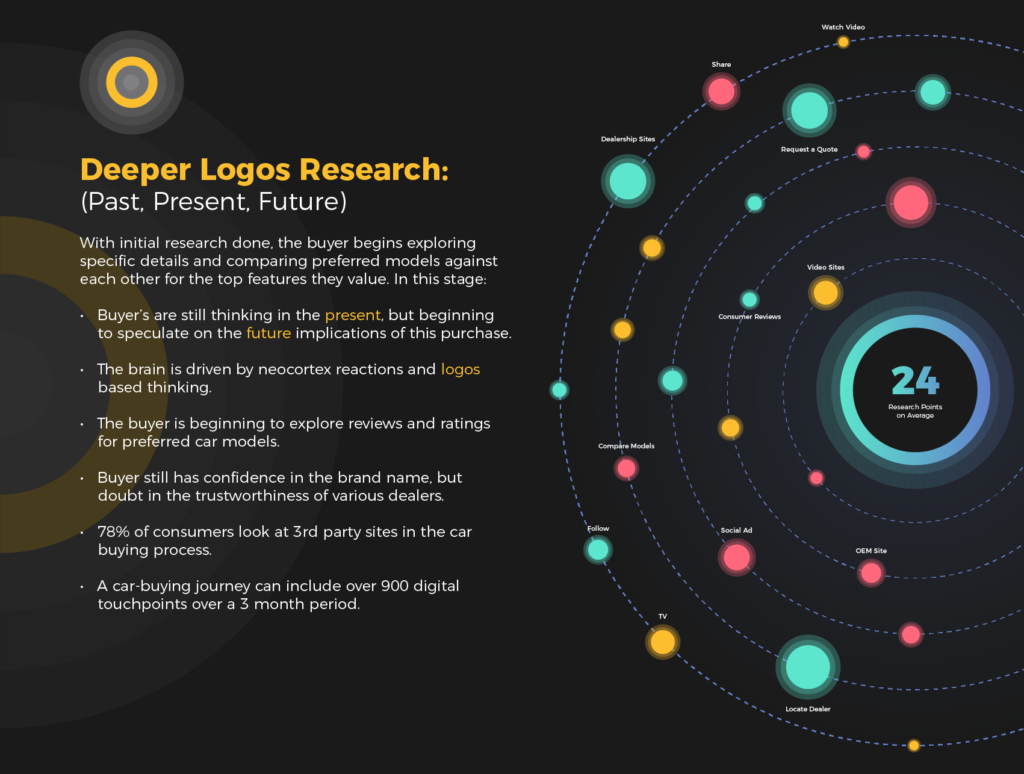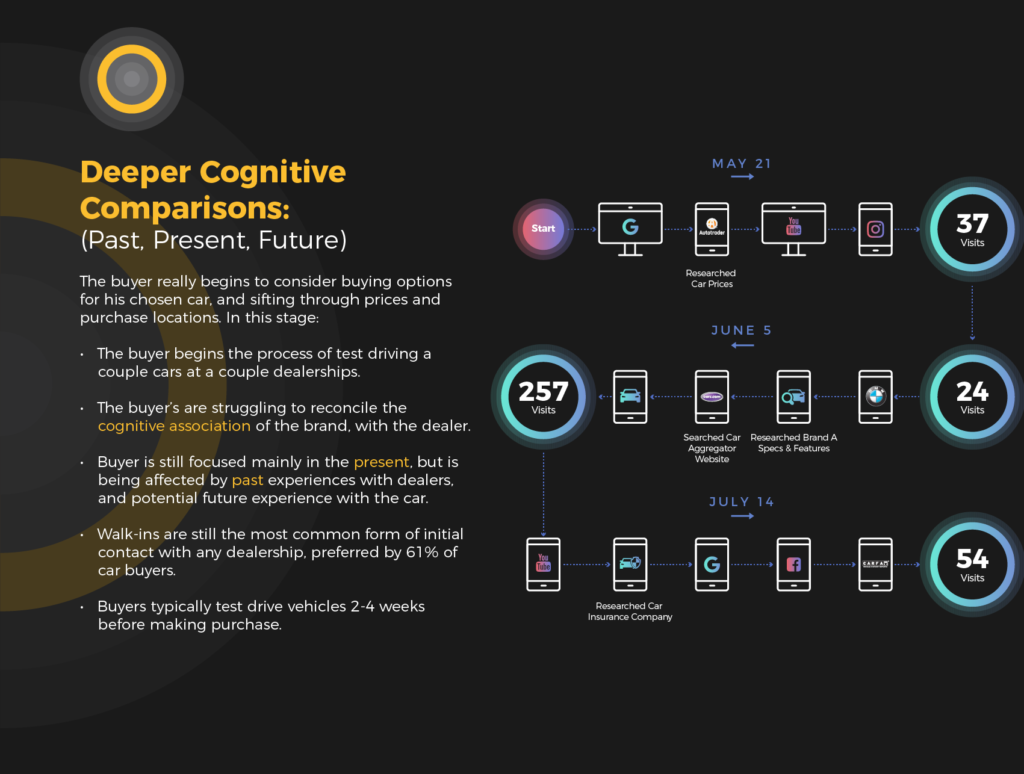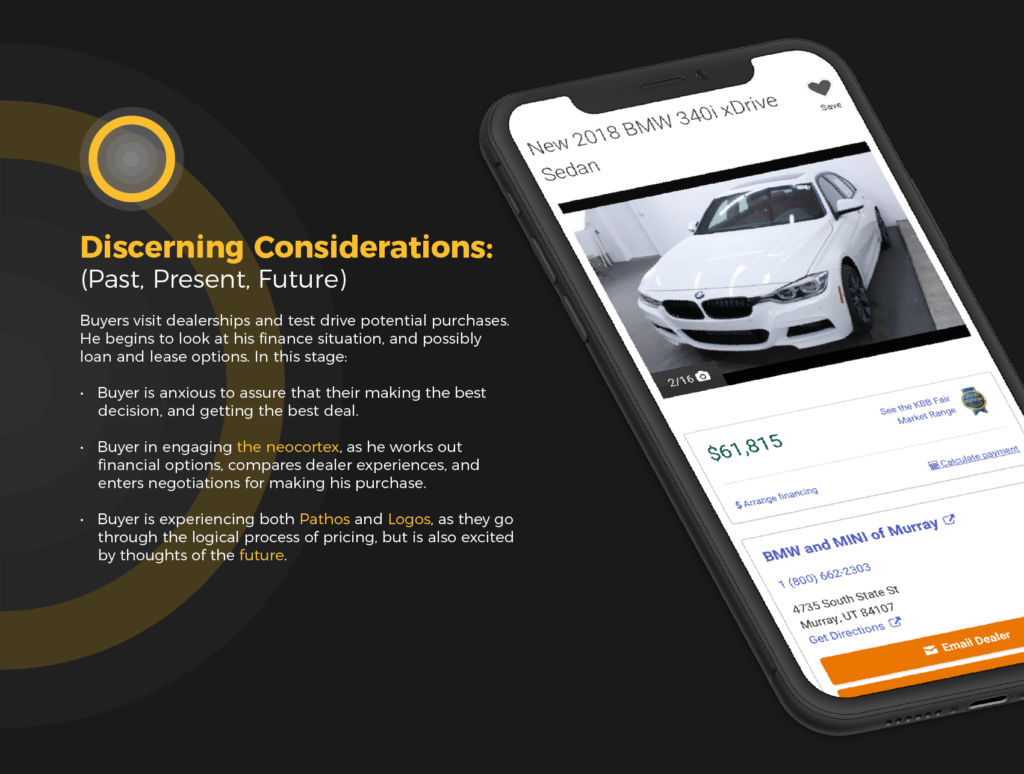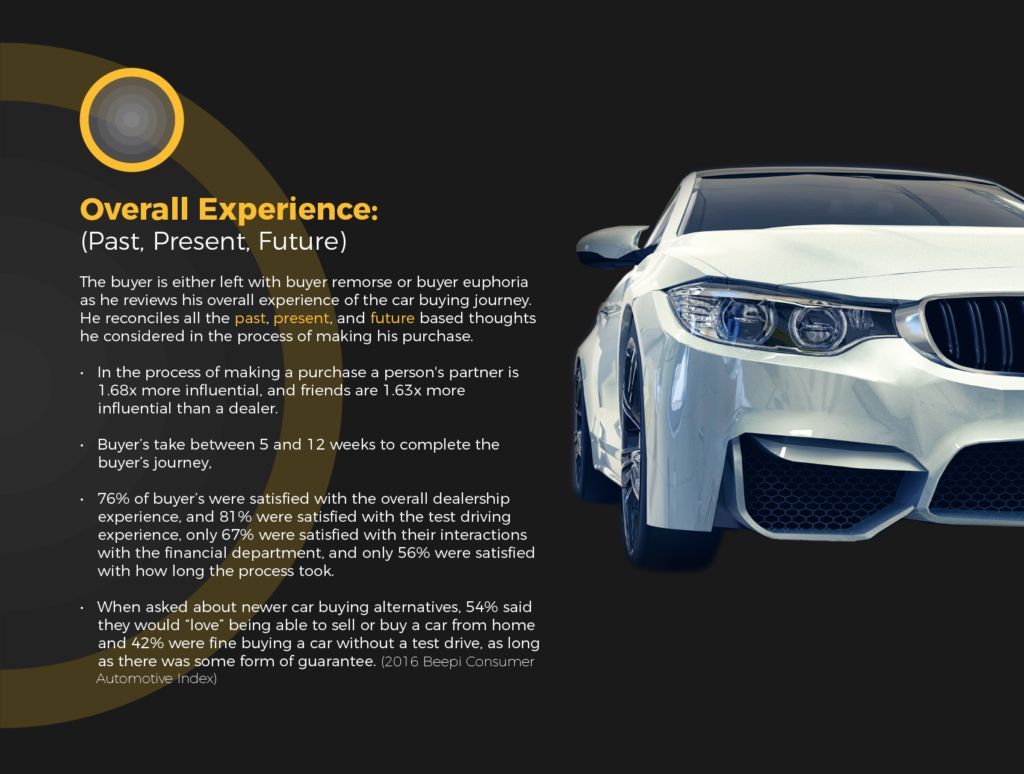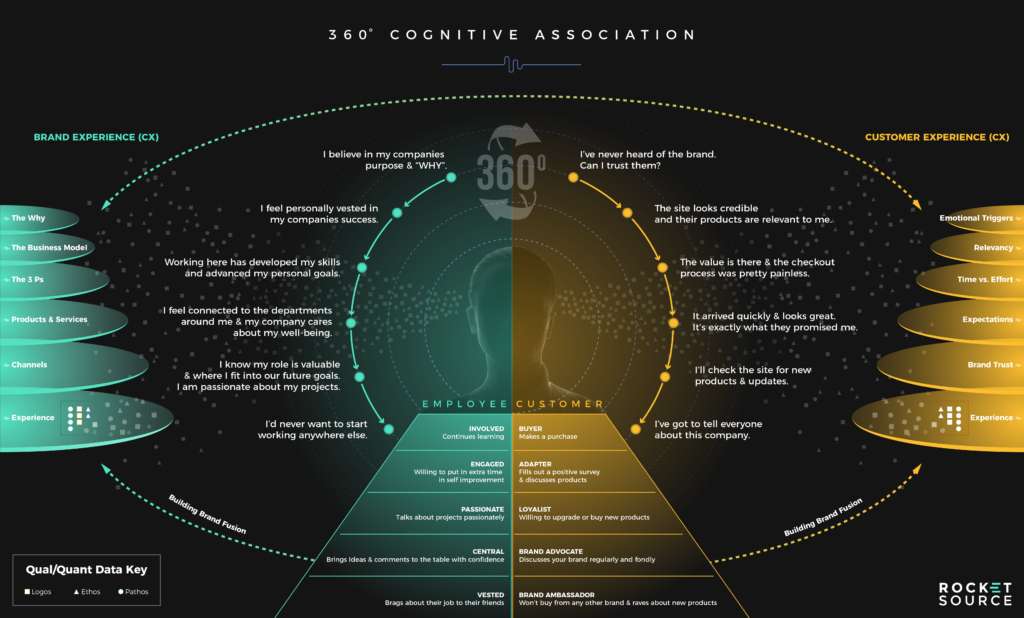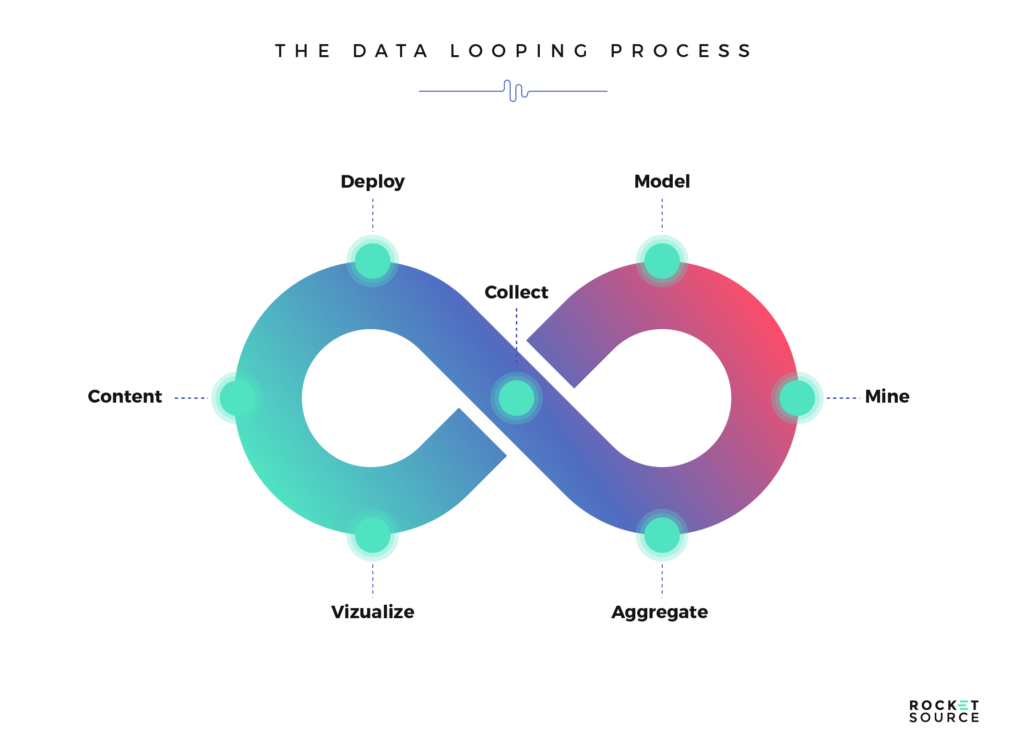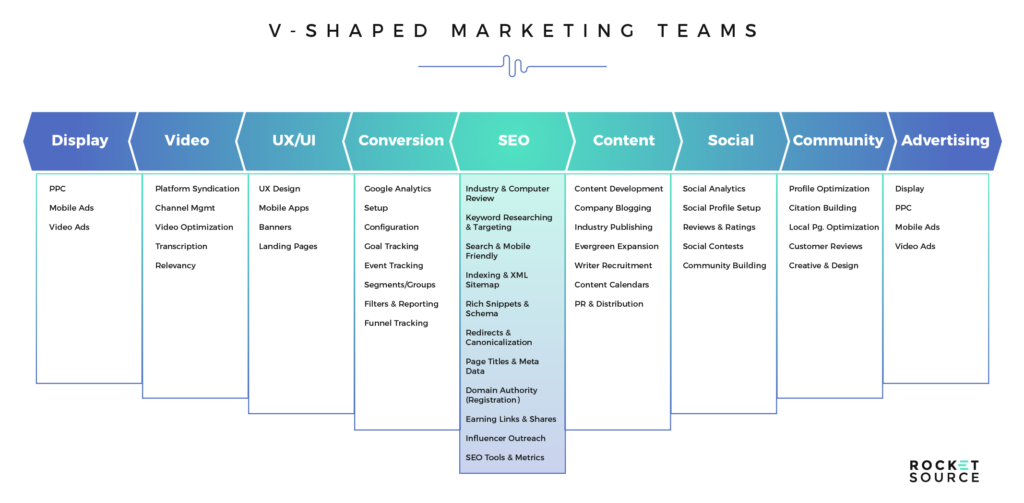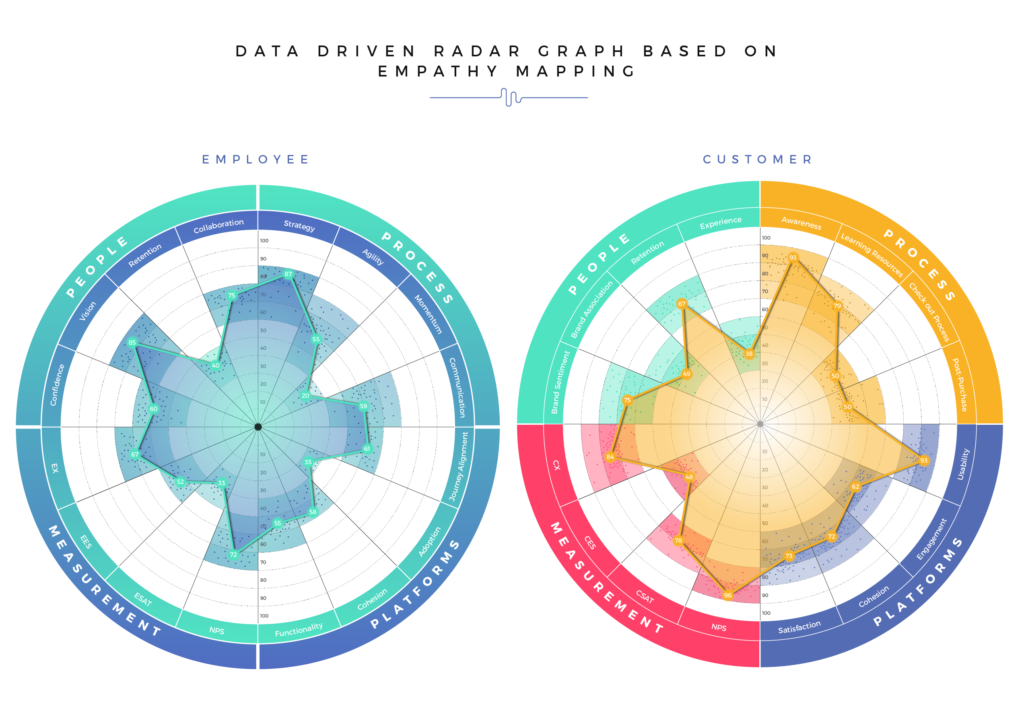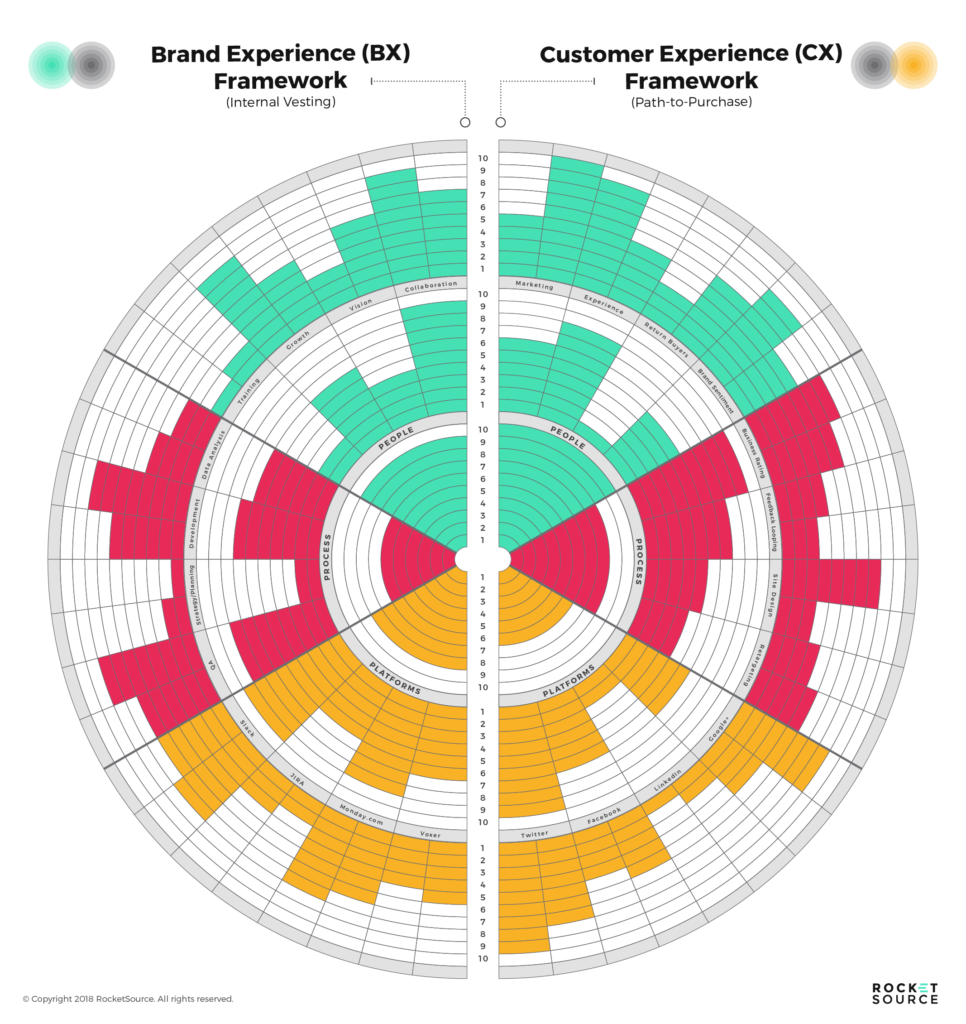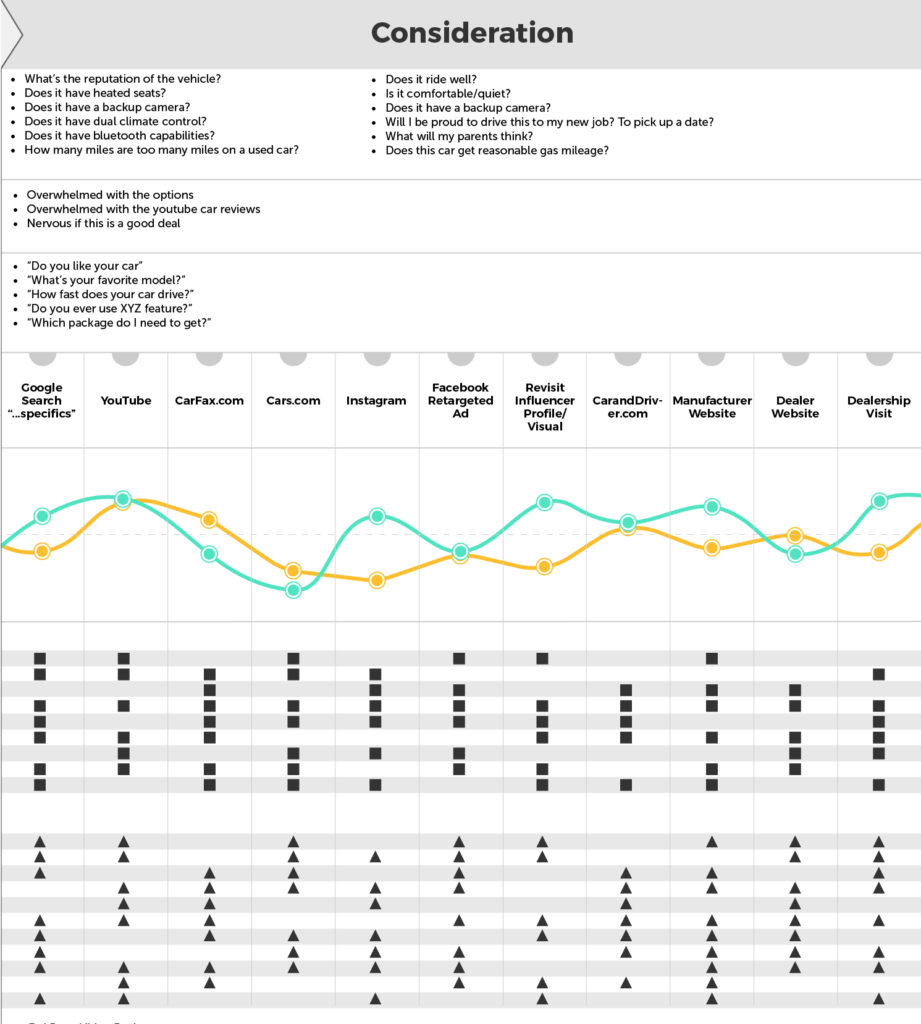Leveraging the StoryVesting Framework to Achieve Breakthrough Business Transformation
If you asked me what the term Business Transformation meant 20 years ago, I would’ve given you a very different answer than what I’ll give you today. A couple of decades ago I would’ve happily woven a convincing fictional narrative filled with hypothetical business examples. And it wouldn’t have been a bad approach — for then or now — because there’s power in all stories, fictitious and real.
The use of “once upon a time” has been capturing the interest of crowds since the 1600s — heck, maybe even earlier. Thanks to our rich history of oral tradition, we naturally perk up at the thought of hearing a good story, which is why storytelling is still a major element in media today. Our continued love of storytelling is why millions of people tune into reality television to watch who will get the final rose or be voted off the island. It’s why we watch documentaries and biographies with anticipation or watch people’s daily lives unfold in real-time on social media.
There are even websites, like Peoplepedia, dedicated to publishing life stories. One obvious example of storytelling in media is the TV series actually titled Once Upon A Time. This show bases its entire plot structure around our fascination with classic fairy tales. Every weekend, my family curls up on the couch to catch up on the latest episode together. It’s meaningful to me and my family because it brings us together, but science suggests that our desire to indulge in this guilty pleasure goes far deeper than that.
The reason fiction leaves such an impact is because of what it does to our brain. Researchers in Spain studying the neuroscience of stories found that we aren’t just processing language when we consume fiction. When we read a story our brain lights up in the same areas it would if we were actually experiencing what’s unfolding in the story itself. There’s a plotline, a hero, a villain, a climax and a resolution. Our brain empowers us to feel the rush of the highs and the devastation of the lows as we encounter each of these elements — something that would be nearly impossible to achieve by looking at bullet point highlights alone.
Perhaps it’s because of this physical response to stories that people have started telling their own stories via social media. As of March 2018, there were 450 million statuses shared on WhatsApp, 191 million snaps shared on Snapchat, and well over 300 million stories shared on Instagram every day, according to Facebook’s and Snap Inc.’s quarterly reports. Why are millions of people publicizing the details of their life? To form a connection.
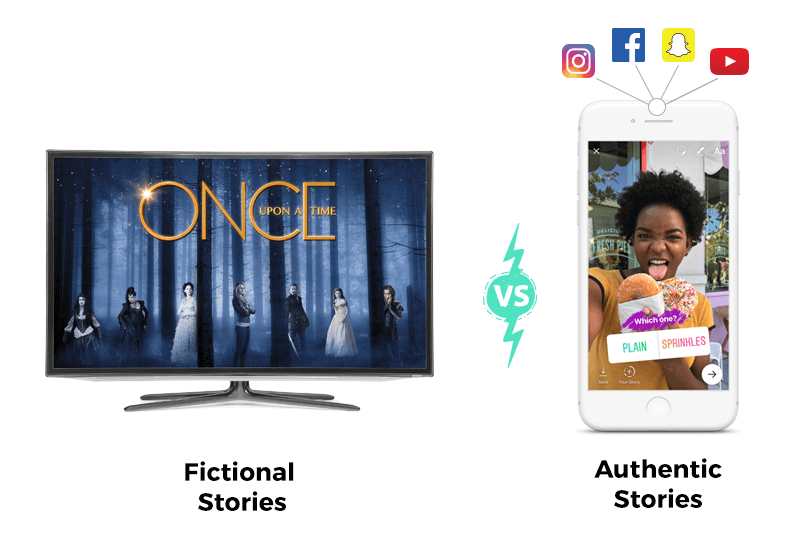 Princeton researcher Uri Hasson found that, whether a story is fiction or truth, the brain of the storyteller actually synchronizes with that of the listener, allowing the storyteller to plant ideas, opinions and emotions in someone else’s brain. Because stories engage the brain as though we’re living the experience ourselves, it makes sense that non-fictional stories are a potential gateway to deeper empathy. That’s why we crave these real stories where truth abounds. Jeremy Hsu of Scientific American found:
Princeton researcher Uri Hasson found that, whether a story is fiction or truth, the brain of the storyteller actually synchronizes with that of the listener, allowing the storyteller to plant ideas, opinions and emotions in someone else’s brain. Because stories engage the brain as though we’re living the experience ourselves, it makes sense that non-fictional stories are a potential gateway to deeper empathy. That’s why we crave these real stories where truth abounds. Jeremy Hsu of Scientific American found:
Personal stories and gossip make up 65% of conversations.
What does the varied media consumption of all of these stories have to do with business transformation? A lot, actually.
Today, my explanation of Business Transformation would be as genuine as they come. That’s because we’re neck-deep in a technological revolution that’s changing the way people tell their stories and the way they hear stories told by organizations. What worked for businesses several years ago isn’t working today.
Today, transparency and authenticity are at the very heart of our socioeconomic backdrop and the way in which we approach brand experiences. When told truthfully and authentically, an organization’s story can attract customers and employees who will live and die by their brand, but to do that effectively requires that companies adjust the way they engage with today’s modern consumer.
SPOILER ALERT (kind of): If you think this post is about telling stories authentically, it’s not. Business Transformation is a lot more complex than that and I’m not going to waste your time and insult your intelligence. I’m pretty sure you’ll learn something new, so buckle up…this post is a doozy and I hope you’ll get a plethora of value and even some key ideas from reading it.
The Undeniable Need For a Contiguous Business Transformation Strategy
Modern consumer behavior is changing, and today’s buyers are demanding more from the companies they work with. Real-time consumption and purchases are becoming the norm. 10% of retail sales happen online, and that number is expected to grow by nearly 15% over the next few years. Even when purchases aren’t made online, purchase decisions often are. BrightLocal’s local consumer review survey found that:
85% of consumers trust online reviews as much as personal recommendations, reshaping traditional word-of-mouth marketing as we know it.
And the way we receive the products we buy has changed too, with Airbnb selling experiences and taxi cabs getting a run for their money with the global proliferation of companies like Uber and Lyft.
These new expectations and buying behaviors have accelerated an undeniable necessity for companies to transform alongside the market — not just as a one-off event but more as a sustained, contiguous business transformation strategy.
I recently wrote about the S Curve of Business, which showcases the natural shape of business growth as well as what happens when businesses encounter the need to pivot. If you’re unfamiliar with the process, I encourage you to give that post a good read. In the meantime, I’ve summarized what happens on the S Curve of Business in a long but insightful display. I created a monster infographic on the post mentioned above. Although it’s long, every component is critical in its own right. If you want to see the complete infographic in all its glory, feel free to download it in the resources section at the end of this post.
Although business transformation is complex in nature, I made things simple by looking specifically at how to manage the S Curve of Business (also referred as the S Curve of Growth) as it pertains to transformation. We were able to scale back to three core stages — rising out of strategic inflection points, running a data-looping mechanism to aggregate the flood of data points available, and then modeling them to draw out valuable insights that direct the next phase of your journey.
There’s a lot to each layer of this, so let’s go through it piece-by-piece.
Stage 1: The Strategic Inflection Point
No business I’ve ever grown or consulted with has experienced a linear upward progression. It’s more common for business growth to scale rapidly, plateau, and possibly slump ever-so-slightly before launching into further growth. We call these plateaus and slight dips inflection points.
Although strategic inflection points themselves aren’t new, what is new to today’s market is the speed at which businesses are encountering these points. In the past, the average company experienced one inflection point every ten years. Nowadays, with the ubiquity of and easy access to tools, resources and talent, the S Curve of Business is becoming more and more condensed, so that businesses are experiencing inflection points every two years.
These dips on the S Curve of Business pose an opportunity to propel your business into its next evolution. But today, with the amount of digital disruption in the market, inflection points aren’t just opportunities — they signal a need for change.
As evidence, let’s look at how technology is disrupting the construction industry. Through emerging technology and advanced use of data, a Chinese construction company was able to build a 57-story building in just 19 days.
Timelapse of Building in China
Pretty impressive! To put context to this, the Freedom Tower in New York City took over seven years to complete. For construction companies to compete with that level of speed and innovation, they need to adopt an agile approach and transform using the latest technological advancements. Without question, technology is getting smarter by the day, and it’s impacting businesses of all sizes in all industries. Whether your business is an ark, sailing with incredible velocity but dampened reflexes, or a tiny speedboat, fighting hard to make headway yet able to swerve at a moment’s notice, the ability to adopt new technologies is critical for growth.
Stage 2: Aggregating an Abundance of Data
It’s not just the latest and greatest technology that’s driving this necessity for transformation. It’s the sheer amount of data available today. To inform positive transformation, tapping into these disparate data sets is critical.
As data pours into an organization it must be aggregated and mined for insights. Although it might sound simple, this is the point at which most businesses get stuck. It’s a hard process that requires many team players and a calculated approach to ensure that you’re modeling the right data from these various data sets.
I’ll dig into more detail about how data are collected and mapped to pull out insights later in the post, but for now, it’s important just to recognize that this shift is happening. Organizations tapping into these data are practicing intelligent transformation, while organizations that still rely on opinion and guesswork to navigate inflection points are failing.
Stage 3: Drawing Insights From Data
Collected data is, in and of itself, worthless. It’s the insights derived from those data that matter. To gather the information needed to run an intelligent operation data must be run through prediction analyses, which will give you a glimpse of what the future looks like for your customer base. But having those data-centric conclusions at your fingertips isn’t enough. In order to make your data actionable, you must run the insights you’ve uncovered through a framework.
A framework serves as a guide for future initiatives. It drives decision making and keeps the organizational ship on course, which is important because, as McKinsey determined:
70% of business transformation projects fail.
BlackBerry is a good example of one of these failed companies.
Case Study: BlackBerry’s Failure to Grow on the S Curve of Business
BlackBerry was one of the pioneers of the smartphone industry. At one time, in fact, it was considered a disruptor. The company forcefully entered the market by empowering professionals to easily keep in touch with the office regardless of their location, which led to significant increases in productivity. Companies loved the devices and bought them in bulk for employees to use. The phones soon earned the nickname “Crackberries” because they were so addictive.
In 2011, at the height of Blackberry’s success, more people were buying smartphones than personal computers. Apple’s iPhone was taking the consumer market by storm, causing a distinct shift in how people engaged with the world at large, not just within their professions. It was at this point that BlackBerry reached a strategic inflection point, and it was at this point that they started to suffer. Although companies preferred the BlackBerry because of its focus on “professional features,” improved security and limited distractions, the end user — the people craving a bigger screen and better app options — wanted more than Blackberry devices offered.
BlackBerry tried to keep pace with the iPhone by adopting a new design, but their attempts at iterating on their phones went in the wrong direction. They didn’t have their end user in mind, which ultimately caused them to disconnect from what the market truly wanted. As a result, more professionals traded in their BlackBerries for smartphones that could do more than email, and by 2016 BlackBerry had stopped selling smartphones altogether.
It wasn’t a design flaw that caused BlackBerry to suffer a quick demise, but rather the lack of accurate, framework-guided insights that left them unable to successfully navigate out of a strategic inflection point. BlackBerry missed tremendous opportunities, and their smartphones fell out of use because they didn’t have the proper guidance when innovating on their product line.
Transformation guided by extrapolated data interpreted through a framework and then run through predictive analysis is the cornerstone of progress within any business. This kind of healthy transformation isn’t a disorienting significant shift or abrupt redefinition that makes your stomach drop. Instead, it’s a process of honoring and answering a natural progression toward growth.
Let’s look again at how the elements of our infographic work together.
The need for transformation is born out of strategic inflection points, but successful business transformation is done using intelligent insights. Through the sum of these three parts, businesses progress and surge ahead in the market. That progression is key.
People crave progression. I’d bet a good chunk of money that the thought of stagnation strikes fear into the hearts of you and your peers. This desire for growth is a natural holdover from our days of hiding in caves for protection from animals with sharp teeth and claws. We’re often on the hunt for new and better ways to survive.
Your business requires the same amount of drive (and fear of stagnation) if it’s going to succeed. Just as you want to become a better version of yourself, your business does too. This initiative to evolve enables you to transform your business by propelling it into the next stage of its life — whatever that may be.
I speak of this urge to transform with confidence because I’ve experienced the benefits first hand. But it wasn’t guesswork that brought me here — it was research.
Let me rewind about 25 years to give context to what you’re about to read. Right on my high school girlfriend’s front doorstep, I experienced a transformation of my own — a seemingly simple situation that threw me into a whirlwind of research and realizations that spanned almost 20 years.
Over the course of those 20 years, I built a robust business transformation framework. This framework has guided me through the success of multiple businesses over the last decade and has taken me well past my initial goal of financial freedom. Without it, I probably wouldn’t have gotten anywhere, but it wasn’t just tossed together by chance. It started with a healthy amount of data from the responses of surveys I conducted for well over a decade — 1,969 responses, to be exact. Before I get into what all those people taught me, let me show you how it all began.
The Beginnings of a Modern Experience Framework
Have you ever experienced a moment in your life that burned so hot it was seared into your memory bank forever? I have, and I can recall every detail, right down to the bite of crisp, misty, evening mountain air on my skin. I was at the peak of my awkward teenage years, standing outside my date’s house and looking more at the ground than at her, wondering if I would be able to steal a kiss — and scared to death of what her reaction might be. As I finally got the guts to lean in, headlights flooded my blushing face. With a mortified, deer-in-the-headlights look on my face, I turned to see her father’s BMW coming up the driveway.
Her father wasn’t just any Joe Schmoe. He ran a large retail chain that you can find in nearly every town here in Utah. My mom, my neighbors and my friends all frequented his stores. He drove a car that glided up the driveway like it was riding an inch off the ground.
Car lovers just don’t forget the first moment when luxury and grace on four wheels takes their breath away, and that first close encounter with a BMW was my moment. The car was black as the night we were standing in, and I could tell from the pristine way it shone that this car signaled one thing — financial success. I was instantly in awe, and for the rest of my formative high school years, I didn’t share my peers’ goals of getting an A+ on every exam or scoring touchdowns under the Friday night lights. Instead, I aimed to do whatever it took to buy my own BMW.
Reevaluating the Definition of Success
Over the years, I came to realize that what I envied about the man driving the BMW wasn’t his car or his wealth — it was his success.
That success led to more important things that went way beyond the amount of money he had in his bank account. It afforded him freedom and inspired confidence, which led to my next realization. The concept of success is more multifaceted than most people make it out to be.
Almost everyone in my network seemed to be striving for their version of success, but not everyone’s version was the same as mine. While I longed for a BMW, someone else longed for a title to put on their business card or for the security of a white picket fence around a large yard where their kids could play.
The more I explored the concept of success, the more complex it became. Trying to afford a BMW in high school was in some ways an easier goal than trying to understand the variety behind the concept of success, but that’s exactly what I aimed to do next.
Success Didn’t Look Like I Envisioned It Would
Although I majored in English and got my MBA in finance, I’ve always had an insatiable fascination with human psychology and behavior. That fascination drove me to take many courses and workshops, and even audit many hours of psychology courses, just to gain an understanding of how the human brain works. It’s still a bit of a treat when I get to crack open a new psychology article or research paper.
If you took any psychology or socioeconomics classes in college, you probably ran into social psychologist gurus like Albert Bandura. Bandura’s famous Bobo Doll experiment is a classic in its own right. If you haven’t heard of it, I encourage you to click that link. The gist of what he found is that children who saw adults acting aggressively toward a doll were more likely to mimic that aggression toward the doll when playing alone later.
Social imitation may hasten or short-cut the acquisition of new behaviors. – B.F. Skinner, Leader of Behaviorism
These lessons aren’t just applicable to children. Humans, regardless of age, attempt to model the behavior we find desirable. That was what I was doing in my pursuit of success, and that’s what consumers do when making purchase decisions. According to an online reviews survey by ReviewTrackers:
94% of consumers avoid a business if the review is negative.
In addition to using Bandura’s Bobo Doll experiment to gain a better understanding of why people act the way they do, I learned a lot from his approach to experimentation. I applied those learnings as I set out to uncover the root of a person’s success. I also realized that in order to understand clean and proper experimentation, I’d have to understand data and the models used to interpret it.

Photo Credit: Mashable
Although my meandering journey was well underway, many ideas started to crystallize when, in my early 30s, I had the conversation of a lifetime. Seated next to me on a 4-hour first-class flight from Salt Lake City to Washington D.C. was Eric Schmidt. If you don’t immediately recognize his name, he’s the former Executive Chairman of both Google and Alphabet, Inc. He was the perfect candidate to answer all my queries about success, and our conversation was nothing short of enlightening.
As I hung on his every word, Eric Schmidt talked my ear off about the qualities he looks for in his hires and what drivers are key to building personal and professional success. I’ll never forget how he eloquently helped me understand the importance of hiring people with tons of passion for the company, unwavering persistence and loads of curiosity to solve big problems. He was a treasure trove of insight, and conversing with him opened my eyes to the important role that relationships play in building success. I realized that I had been so laser-focused on discovering the recipe for success that I had been neglecting relationships, thereby drifting further away from my goal than I was inching toward it.
I also realized that, regardless of what success looked like for each individual, it had way more ingredients than I’d initially thought. What I was able to glean from Eric Schmidt on that 4-hour flight only scratched the surface.
Like any researcher worth his salt, I wasn’t ready to stop at just one conversation.
The Test of Success and Innovation Business Transformation
As I fervently collected more research I wrangled interviews from a lot of people, most of whom met the following criteria:
- People who were willing to talk to me about what drove them to succeed and how they achieved success
- People who had exerted a degree of influence and impact on someone else
- People who had demonstrable success in someone else’s eyes in terms of impact/value
Those qualifiers might make it sound like I wasn’t too picky about who I talked to, but I intentionally sought out people who had done exceptional things in their lives. I soon found myself picking the brains of professionals like Jim Sorenson of Sorenson Medical, John Huntsman of the Huntsman Corporation and Gene England of England Trucking. At the start of every interview, I asked one core question: What qualities make you — or any person — successful?
I took something away from every interview, including simple observations like the fact that all of the people I talked to were fantastic communicators. And yet, as insightful as all of the conversations were, the answers to my question became so diverse that I quickly realized I wasn’t getting closer to an actionable solution. People attributed their success to things as varied as having excellent staff to just having good luck. How was I supposed to reconcile these answers, let alone try to replicate luck? I continued to receive a broad range of responses, making it impossible for me to bring them together, so I knew I needed to change my approach.
In search of more consistency, I began to ask my interviewees, what personal traits led to your success? I paired this question with another one — who do you value the most with those traits? This line of questioning took me down a fascinating rabbit hole.
Curious George that I am, I hunted down the people whose traits my interviewees said they valued the most and put those unsuspecting victims through the same line of questioning. This branching method of examination led me to some remarkable realizations.
Uncovering the Traits That Make People Successful
When it came to traits for success — and the traits businesses looked for when hiring — I’d anticipated that Ivy League degrees would be front-and-center. I mean, it would make sense that people who spent hours soaking up information from some of the top professors at the best schools in our nation would have the most success, right? But as I talked to a variety of organizational leaders in HR, marketing, the C-Suite and others, I found out just how wrong I was. I’ll break this out in further detail below, but for now, take a look at some of the data I gathered over the years of doing this research:
The most common trait of success, or trait that was seen as leading to success, was passion, coupled with the ability to collaborate with others. Or, as numerous executives put it, someone who was “vested.”
The keenest business owners don’t seek out employees with an Ivy League education. They seek out those who are vested.
It’s important to note that this data is skewed in a good way. The people I talked to fit a very specific cohort — people in charge of hiring, managing and leading teams. These people were recruiting the perfect employees to transform their businesses and get them to the next level. What fascinated me was that these same people were responsible for the growth of an organization that wasn’t hiring based on education, but instead on passion, collaboration skills, and work ethic. Education was more of a preliminary filter.
Who Exemplifies the Traits That Make a Person Successful?
I was equally fascinated by the people each successful person within this cohort relied on to achieve success. When I asked these business tycoons who exemplifies the traits that make a person successful, I’d expected them to point to paragons of business success like Steve Jobs or Henry Ford or at least people who worked in positions above them. A manager might say their directors exemplified success, a director might point to the VP they reported to, and that VP would mention their direct superior in the C-Suite. This was yet another case where I learned not to put too much faith in initial assumptions because I was pretty far off-base.
The results of my questioning were much more diverse than I expected and included fewer C-suite positions than I would have thought. Many people referred less to their superiors and more to their career equals, people they managed, or even those who worked in other organizations altogether.
The wide demographic of people I talked to opened my world to new realizations that, as much as employees might see their managers and VPs as representations of success, those higher up the corporate ladder reciprocated that view. I’d often hear answers such as, “I wish I could see the large and small details like our Vice President of Strategy.” As it turned out, successful people recruited team players with skills they admired, and maybe even lacked themselves.
Organizational Traits That Drive Business Transformation
In addition to asking about the traits that make individuals successful, I was curious to uncover traits of organizational success. I wanted to know what successful people believed made organizations rise above the fray, so I followed up my research with another question: what are the key drivers that make an organization successful, both from a team and a company perspective?
63% of successful businesses consider company idea/vision to be a critical driver of organizational success.
The majority of people I interviewed pointed to the business’s vision (or Why) as a critical driver behind the company’s success, especially during a transformation period. Success was more about why they were in business than the products they sold or the channels they used.
Though the primary response was about vision, several of the other responses revolved around the people vested in making that vision a reality. These answers put more of a spotlight on employees than I’d initially expected.
When looking more closely at the responses I received, I noticed two things:
- The most important and valuable traits weren’t something that could be easily taught; they had to be ingrained within a person.
- Two notable mentions — specialized knowledge and intellect — appeared to be contradictory because they demanded that people were specialized and also omniscient.
That last takeaway was interesting. Having contradictory expectations can be catastrophic to company culture. It sets a standard that’s unachievable. It was telling that those two traits were at the bottom of the list. The key drivers of success and of a successful company culture were centered on a person’s ability to be vested in the company’s mission and vision — passion, collaboration, hard work, loyalty and positivity. Those were the drivers that built momentum.
Overall, my data suggested that success wasn’t rooted in tangible items or physical products, but was instead inseparably connected to people. This was far more profound than my initial ideas about success, and I knew that it was just the tip of the iceberg. I had my work cut out for me to uncover all of the insights buried in this research, and I’d be lying if I said I wasn’t chomping at the bit to get started. These findings were powerful, and I couldn’t wait to bring them to light.
Success Confetti: Building an Intelligent Framework for Success
In the face of so many unexpected epiphanies, and now in possession of 1,969 responses to a handful of question sets, the challenge ahead of me was to put this hard data through rigorous analysis to pull out actionable insights. I knew there was something compelling here just waiting for me to extract it.
Naturally, to begin this process I spread all 1,969 responses on pieces of paper over the floor of my living room. You could say that my house was covered with success confetti for a party that my wife did not appreciate.
To start the analysis, I partitioned out the data. Because there were several different questions, I knew that my raw data was in silos and couldn’t be easily merged without becoming dirty. A good way to address this issue was to run a meta-analysis, which would allow me to pull out consistencies from various data sets to uncover a single answer. As helpful as this analysis would have been, I didn’t have the statistical chops back then to do it properly, so I decided to take a more qualitative approach.
I looked at people’s responses and quantified the qualitative data — or humanized it — which, as you might know, is pretty darn hard. Although it was a big lift I knew there was too much here to ignore, so I started applying metrics to each answer and pulling them together piece by piece. What I learned was worth it. Every one of the responses helped me transform myself and my career. It was through that personal transformation that I developed a framework for success — a framework that has guided me through the success of multiple businesses.
The Spark That Started the StoryVesting Framework
A business transformation framework should cover multiple layers and nuances that just can’t be summed up into one or two takeaways, and yet is deceptively simple at the surface level. Like a pocket watch, it has a very understandable surface layer but requires multiple intricate parts below the surface that overlap and coordinate in perfect unison to make the mechanism work.
I knew that the framework I was creating needed to be able to sustain multiple nuances applicable to organizational growth and organizational alignment and be adaptable across all of a company’s departments. As I began building this out, I decided that it needed to be versatile enough to have every type of initiative run through it, from development operations to growth marketing and customer experience initiatives. Sounds reasonable, right? The only question left for this framework — how on Earth was I going to build it? So, I started with the easier part — the name.
How This Became The “Why” Framework: The Root of the StoryVesting Name
Throughout my data analysis, I continually came back to one core theme — the importance of having vested (thank you Eric Schmidt) people on board who were passionate about the company’s story. Those two words — “vested” and “story”— stood out to me above the rest, so I dug further into each to see why they were such dominant recurring themes.
The Story is Your Business’s Why
The first part of the name — story — doesn’t refer to fictional stories told by businesses. The story, in this case, is very much non-fictional. It represents the mission of the company, often referred to as the why.
A business’s why refers to the reason the business was started and the reason people show up day after day to work toward the company’s mission. The combination of these solidifies the reason the brand is relevant to the market.
As an example of a business that’s clear about their why, consider Dodge. This car company focuses strongly on the farming community; their truck line is a prime example of this focus. Not only do they build trucks that are tough enough to haul hay but they invest in Super Bowl ads like this one, which exemplifies their business why and makes their devotion to the farming community unquestionable.
This poetic advertisement speaks to the people who wake up before sunrise, work their fingers to the bone in the summer heat or winter cold, and go to bed long after the sun sets, only to do it all again the next day. Whether a Dodge employee works on the marketing team to convey this message to their cohort or on the assembly line putting these rugged trucks together, they know why they’re there — to give the farmers of America a truck that’ll work as hard as they do. This why enriches more than just their pocketbooks. It enables every employee with a passion for the farmers of America to feel more fulfilled by what they’re doing and more inclined to help the company achieve success.
Without this type of story backing your organization’s growth, it’s hard to run any successful customer experience or transformation initiative. When you hire people who are vested in your business’s mission and vision, you further amplify the story the consumer hears.
Cultivating Vested Employees
In the course of my interviews about traits of success, leaders in companies with beautiful, well-built processes kept pointing me toward employees who were strong collaborators, who were passionate about their life’s work and who believed in the company’s vision. Many credible leaders described them as being “vested.”
I was surprised to hear the term “vested” pop up in this context. I had certainly heard it before, as I’m sure you have, especially if you’ve ever worked on Wall Street. It’s most commonly used to reference financial gains directly tied to the company’s success. If the company does well, vested employees are handsomely rewarded via stock options. Unlike “investing” which, as a rule, allows a person to take a “set it and forget it” approach, vesting requires a person to stick around for a certain amount of time if they want to receive any of that earned money by way of their stock options. Leave early, and the unvested value stays behind.
Although that’s one way to think of it, these answers were giving me a new perspective. “Vested,” in these cases, was a beautiful spin on this old stock term.
When someone has a vested interest in something — a company or a cause — they have a particular reason to see it through to success. Yes, vested employees want to see the benefits coming back to them from the business, but it goes deeper than that. They are willing to work for those benefits by transforming themselves personally and professionally. They’re making meaningful connections with others both inside and outside of the office and using their skillful collaboration to further the business’s success.
An A+ idea without the right people in the right place won’t get anywhere, but the right people can take a B+ idea and turn it into a million-dollar company.
People are at the core of any business transformation, but those without a mindset for cultivating a vested interest will shoot any transformation in the foot.
In fact, a common problem of transformation frameworks is that they fail to address the employee. The people — the key reasons for organizational success, according to my research — often aren’t considered at the heart of a framework, so I started exploring what an employee-centric framework would look like with the concept of vested employees at its core.
With both “story” and “vesting” having such strong meaning and impact, I thought it was only natural to combine the two to name this framework. And just like that, I had it. Well, it wasn’t that simple, but I don’t want to bore you. StoryVesting was the name, but now I had the heavy lift of building this out into something actionable, sustainable and transformative — a framework I could use in my own businesses.
The Many Iterations of the StoryVesting Framework
I had a name locked down and now I was dead set on using what I’d learned from the 1,969 responses to create an actionable framework that would drive organizational success. Like any good transformation story, it took a lot of trial and error, and each one of those ‘trials’ taught me something very important that contributed to the final result. Boy, we’ve come a long way, baby!
Many of these iterations were trashed because their approach was too linear or simplistic to encompass something as complex as a living, breathing organization. I’m hoping that tearing apart these old flops here will help you avoid repeating the same mistakes I made, so let’s break down each of these iterations in detail before getting into the final version.
Taking a Linear Approach to the StoryVesting Framework
My first crack at a framework centered entirely around how employees interacted within the business. The goal behind this framework was to enable employees to grow by giving them a solid strategy to continually evolve.
I broke the framework up into four sections — growth, education, support and action. The idea was that:
- You’d start by educating your team members.
- Then, you’d move to a supportive role, encouraging them to be creative while they built up their skillset.
- Then, they’d take action by way of taking reasonable risks while they put their ideas to work.
- As a result of that action, your organization would grow, and the process would start over again.
It seemed to make sense on the surface, but I quickly realized it wouldn’t work.
As I mentioned earlier, I have always been fascinated with psychology and behavioral economics, so I knew how natural it is for humans to want to engage in linear thinking. But as I dug deeper I realized that, although humans like thinking linearly, we don’t take tidy linear or circular action steps. Instead, human processes are too messy and complex to be guided by a framework this simple, especially within the complex world of business. Professional success doesn’t come from moving within the restrained steps that I outlined. Thinking about success linearly, as I was trying to do, just wouldn’t work.
The relationship between what people say they care about and their actions is often highly non-linear. – Harvard Business Review
Although we like to think in black and white, the reality is that the connection between a person’s beliefs and behaviors isn’t cut and dried. Take people’s opinions toward the environment as an example. A survey by the National Geographic Society and GlobeScan showed:
The number of people who were ‘very concerned’ about environmental issues increased from 56% to 61% over the span of two years. Despite the increase, consumers still haven’t changed their behavior to reduce the carbon footprint.
Another study looked at attitudes versus purchase behaviors in organic markets. Perhaps unsurprisingly, researchers found a similar incongruity between attitudes toward organic products such as produce and the purchase of these products. The mean of respondents that held a positive attitude toward buying organic was 4.9 on a 0 to 6 scale, which signals a clear desire to buy organic products. But respondent’s purchase behaviors only had a mean of 1.3 on the same scale, which signaled a low follow-through on buying these products. Once again, buying behavior didn’t match buyers’ opinions of the matter. In both studies, it’s clear that there’s not a standard progression from believing a thing to be true and acting in a way that represents that belief.
We’re complex beings, and because of that our thinking and actions aren’t always aligned. That’s true in our personal lives, and it’s true in our approach to business. Outside factors enter the mix, unexpected changes occur and soon everything falls out of line. A robust modern experience framework needs to honor that complexity. One way to do that is by understanding the mindset of people within the organization.
Growth vs. Fixed Mindsets
In my research, 63% of successful professionals believed the number one driver of organizational success is the business idea and vision, so it makes sense that employee buy-in to the organization’s ideas and vision is crucial to business transformation. Gaining that buy-in starts by approaching the vision with the right mindset.
Time and time again I’ve watched growth initiatives sink or swim based on the level of buy-in from the organization as a whole. That’s because transformation requires that everyone believes in the things that matter. According to my research:
63% of successful leaders believe the number one driver of organizational success is the business idea and vision.
It makes sense that employees must buy into an organization’s vision. But, if you’ve ever led growth initiatives, then you likely know how difficult, yet critically important, it is to get organizational buy-in. Zappos experienced this during a recent transformative time in their business.
When the online shoe company implemented a complete restructuring of their internal processes, they offered to buy out any employee who wasn’t 100% on board with the changes. As a result, they lost 18% of their employees. They made this drastic choice to assure that, moving forward, every single person in the organization had a growth mindset.
One of my favorite psychologists who frequently speaks on the subject of mindsets is Carol Dweck. You might be familiar with her work if you’ve gone through my team and culture learning path over on In The Know. She literally wrote the book on mindsets, aptly titled Mindset: The New Psychology of Success. In it, Dweck talks about the difference between a growth mindset and a fixed mindset.
If you haven’t read her book yet, I encourage you to do so, or at the very least set aside some time to watch this interview, in which she drops some major knowledge bombs on a group of leaders at Google. In the video, she dives headfirst into the difference between the two mindsets — fixed and growth.
People with a fixed mindset believe that they only have so much potential and ability to learn. It’s these people who throw their hands in the air and give up when things get turbulent, and who have a hard time growing their knowledge base.
An organization that operates with a fixed mindset approach amplifies these limitations. When leaders don’t believe that their team can evolve alongside the organization, they fail to invest in and encourage them. This, Dweck says, leads to a host of problems, such as lack of collaboration out of fear of looking stupid and an increased risk of people going to great lengths to steal the spotlight from their colleagues. I broke out a couple more behaviors that indicate a fixed approach in this infographic from my In the Know post about the most crucial ingredients for a successful business:
You can see how growth mindset individuals and organizations differ from those with fixed mindsets in several key ways. As Dweck puts it, people with a growth mindset spend more time learning than they do trying to look smart. They believe that they have a limitless potential to learn and, by working hard, they can grow as a person. Organizations that adopt a growth approach encourage people to develop their talents, thus empowering their team and making them more vested. These organizations promote creativity and innovation, whereas fixed mindset organizations assign blame if an initiative doesn’t work out.
It’s important to note that Carol Dweck doesn’t look at these two mindsets as a dichotomy. Instead of looking at it in black and white terms, she encourages us to approach mindset as a broad spectrum. We’ve probably all experienced a time in our lives when our mindset was more fixed than growth, and vice versa. The trick is being able to identify a fixed mindset and redirect it toward growth.
One way we prevent fixed mindsets at RocketSource is by avoiding the toxic attitude of “I don’t care how it gets done, just get it done!” We hate that kind of culture because, by nature, it pushes people into adopting a fixed mindset.
Instead, our employees adopt a “your problem is my problem” mentality. Through this system, we empower our team to be proactive without feeling like they’re the ones shouldering the brunt of the workload, or worse, the ones who will have to pay a price if it doesn’t work out.
“You have to love the process, not the stuff the process buys you.”
In developing the StoryVesting framework, I decided that it was important that it encourages empowerment and collaboration. I wanted organizations to be able to empathize with each employee so they feel like they can succeed, and give them the logical tools to achieve transformation and deliver an exceptional customer experience.
The linear approach wouldn’t achieve that goal and it wouldn’t encourage a growth mindset, so I broke the framework apart and tried again. This time, I looked past internal mindset alone and added in the other critical person in the success equation — the customer.
Breaking Internal and External Operations Apart
Not only did my initial linear approach to building a framework not honor our complexity as humans, it didn’t take into account the various stories being told— specifically the stories of both employees and customers.
I wanted the second iteration to represent these stories better, so I broke the framework up into two parts.
This second iteration aligned two core factors:
- What drives employees within the organization to buy into the company’s vision and take part in passionate collaboration to fuel growth?
- What drives the customer’s desire to buy?
In looking at the internal side of the framework, the business’s story, I aimed to answer three simple questions. Why did the company exist? How did the company serve the market? What caused the organization to grow?
In the customers’ story, I needed to dig into what triggered them to search for what the business had to offer. I wanted to know their pain points, their needs and what they wanted from the solution they found. I figured that knowing these factors would allow the business to develop a robust structure to make strategic decisions and propel growth out of strategic inflection points. This iteration was a vast improvement over the last because it was customer-centric but also took into account the complexity of the people working inside the company.
Although it was an improvement, it was far from perfect. This iteration still failed to take into account the depth of human physiology and psychology. I knew that even though the alignment of the business and customer was crucial, I needed to give more consideration to what the customer experiences in their journey. To correctly build out the customer side of StoryVesting, I took a deep dive into behavioral economics, starting with how the brain functioned.
The Incredible Brain
Perhaps the most fascinating part of the human body is the brain. The way it pulls and synapses, enabling us to think and feel, make decisions on a dime and maneuver our way through this world is fascinating, don’t you agree? That’s why one person I’m proud to be associated with is my sister, Dr. Carrolee Barlow, who is the CEO of the Parkinson’s Institute and Clinical Center in the Bay Area. Whenever I get the chance to visit her, I love to pick her brain about the brain. I can’t seem to get enough of this unbelievably fascinating topic.
In the hours we’ve spent together talking, there’s one thing I’m regularly reminded of — the brain is unbelievably complicated. So complicated, in fact, that it’s taking every single neuroscientist on the planet to figure out even one iota of how it works. That’s because 100 billion neurons, or brain cells, fire constantly just to keep us alive and yet, shockingly, we’re continually losing brain cells. This may sound like a bad thing, but it’s really just the brain’s way of ridding itself of excess cells so it can continue receiving signals from other neurons.
This small, 3-pound organ also releases a continuous stream of hormones. These hormones influence how we behave throughout the day. For example, coffee and hormones go hand-in-hand because caffeine intake has been shown to increase levels of serotonin, gamma-aminobutyric acid (GABA) and acetylcholine, all of which can improve mood and perceived energy.
These insights into how our brains function are truly compelling. They’re also just the tip of the iceberg. The brain is the body’s command center, but we still don’t know even half of what it’s doing and how it works.
What we do know is that we’re evolved creatures with two parts to our brains — the limbic system and the cortex. Understanding the roles these two systems play in decision making fuels our customer journey mapping and leads to a better understanding of how to develop compelling and impactful brand experiences.
The Limbic System
According to Science Daily, the limbic system is the inner part of the brain that acts as a storage center for all of our emotional responses to the outside world. It combines emotional states with stored memories of physical sensations. Check out this video on it for a great description of what it is and why it matters:
As you can see in the video, the limbic system is triggered by our senses. Smells, sounds and sights can all instantly transport our brains back to a different time and place. But this part of the brain doesn’t work alone. It pulls and synapses with the neocortex.
The Neocortex
In very simple terms, the neocortex is the outer part of the brain that handles a good chunk of our decision making and logical processing tasks. It’s also the most prominent part of the brain, accounting for about 76% of the brain’s volume.
This is the part of the brain that sets us apart from other animals. It’s responsible for higher functions such as sensory perception, generation of motor commands, spatial reasoning, conscious thought, and language. It’s also the spot in the brain where creativity comes to life and our sense of self comes together.
How the Limbic System and Neocortex Work Together
By understanding how the emotional and logical parts of our brain work together, we can get a deeper understanding of why people behave the way they do, both at work and when making purchase decisions. The way the limbic system interfaces with the cortex to retrieve information is so complex that we’re still in the early stages of understanding human behavior by way of understanding brain physiology.
One of the ways researchers have started to uncover insights into this process is by studying stroke victims. One recent study looked at why post-stroke depression (PSD) is such a serious complication of stroke. Researchers found that stroke patients have a decreased volume of gray matter (GM) in both the neocortex (specifically, the prefrontal cortex and motor cortex) and the limbic system. However, upon further research, the study found that there was significantly decreased functional connectivity with the neocortex, but increased functional connectivity with parts of the limbic system. These findings make sense because PSD is directly related to mood and emotional response.
There’s a healthy amount of neuroscientific research behind people’s moods and emotional responses, which has contributed to a better understanding of marketing psychology as a whole. In 1994, professor of neuroscience Antonio Damasio studied how emotions relate to logical thought. In looking at damaged brains, Damasio found that people who could not process feelings also had a harder time making decisions. Although they could rationalize their thoughts, they struggled to make simple choices because they couldn’t gauge how these choices would make them feel.
I never wished to set emotion against reason, but rather to see emotion as at least assisting reason… nor did I ever oppose emotion to cognition since I view emotion as delivering cognitive information. – Antonio Damasio
This basic understanding of the brain gives us a better glimpse into the two core ways a person thinks and operates — with logic and with emotion. Studies like Damasio’s give us a better understanding of what’s happening in a person’s brain when making decisions such as where to work or what to buy. It’s the connection between the cortex and limbic system that impacts our worldview and our feelings toward that worldview.
If you’re anything like me, you find this stuff fascinating, but you might also be wondering why I bring it up. To answer that, I hearken back to the situation that kick-started this whole framework — the black BMW that caught me off-guard all those years ago.
It still gives me goosebumps when I remember seeing that sleek car pull up the driveway. Those goosebumps come from the memories that are deeply imprinted in my limbic system, but the curiosity about success that stemmed from that memory was logical, centered in my neocortex.
I’m not alone in having ‘life-defining’ memories like this. Everyone has memories so powerful that they transport you back in time. Whether those memories strike suddenly or hover at the edge of everyday actions, they undeniably affect our behavior in ways very much tied to these sections of our brains. I knew that the buyer’s journey is a sophisticated dance of emotional and logical triggers. To dig deeper into these, I shifted my focus to the role psychology plays in success.
The Importance of Psychology in Success
Just as the human brain has always fascinated me, so has the human psyche. I love figuring out how people think, why people feel and react the way they do and what drives people to act. In my experience, there’s so much psychology baked into getting people to move through the customer journey that trying to market without understanding consumer psychology is like trying to kayak without a paddle.
When it came to building out a customer-centric business framework for success, I knew psychology had to play a prominent role. Specifically, I knew I had to address how the consumer felt and reacted to a brand. I started by looking at the roles that cognitive associations and cognitive dissonance play in the path-to-purchase.
Do You Know the Cognitive Association of Your Brand?
Before I dig in here, I have a challenge for you. Do you know the cognitive association of your brand? Do you know it with certainty?
What is the cognitive association of your brand? If you don’t know with certainty, you could be missing out on massive opportunities. Buckley Barlow
That’s not a trick question. Many of the businesses we work with cannot confidently say that they know what consumers associate with their brand. Or they think they know, but they’re wrong.
In simple terms, within the context of brand, cognitive association represents the juxtaposition of two items — often seemingly unrelated — in a person’s memory. For example, when you remember your best friend’s birthday party in second grade, you might also think of the rainstorm that happened that same day. Or, when you think of your grandmother’s house, you recall the smell of pancakes that used to greet you when you opened her door. These memories are where your limbic system enters the equation. This emotional storage center fuses two unrelated attributes together, so the thought of one is directly tied to the thought of the other.
The concept is simple but, like many simple things, it’s very powerful in nature. Each and every one of us has cognitive associations we’re not even aware of because they’re innate and have become second nature. For example, we see the color green and associate it with “Go” without having a conscious thought about it. Consumers have the same mental juxtapositions and knee-jerk reactions between brand names and specific attributes. These fundamental brand connections are often overlooked or ignored by companies, which is unwise to the extreme considering that consumers’ brand associations affect where they shop, what brands they buy and what products they need.
Take GoPro, for example. The technology company started off strong, but sales slumped due to a fundamental misunderstanding of the market’s cognitive associations with their brand and a failure to transform intelligently within the guardrails of a business framework. The brand was initially associated with extreme adventure but veered off-course when they tried to become a media brand.
This video goes through a comprehensive breakdown of GoPro’s struggles. It’s a good one with a lot of solid takeaways.
Nick Woodman, the founder of GoPro, started the company after noticing a distinct need for cameras that would produce high-quality videos both on land and underwater. With funding from his parents, Woodman quickly gained steam with his company, building it into a cult brand.
You’d be hard-pressed to find any footage of paddle boarders on clear waters or base jumpers with wingsuits that wasn’t recorded on a GoPro. The brand held an established cognitive association of extreme adventure and capturing memories.
At the height of its success, the company decided it was time to go public. This is when the trouble began.
During 2013 and 2014, right before going public, GoPro had a 41% growth rate. The following year, that growth rate fell dramatically to only 16%, and the year after that it slumped all the way to -27%.
To try to turn those sales numbers around, GoPro spent millions of dollars on Super Bowl ads, failing to recognize that this initiative to build visibility wasn’t the growth strategy they needed. The ads didn’t do enough to strengthen their message and serve their loyal base of customers.
The more the company struggled, the further they strayed from their core cognitive associations and the needs of the customers. Instead of iterating on their cameras, they deviated from what initially made their company a success — a technology that captured moments. They decided to diverge from what the market associated with their brand and become a media company instead. The company brought in a Hulu executive to try to shift gears, but this only caused confusion to go along with already catastrophic sales figures. In the end, GoPro underestimated the power of the cognitive associations their loyal consumers had with their brand and failed to utilize those associations to spur growth.
In business, when the market’s thoughts or feelings are positive, you see stellar growth numbers like GoPro had at its beginning. If consumers’ thoughts and feelings deviate from what your company is creating, doing or saying, you face an uphill battle, much like GoPro has had in recent years. This battle is known as cognitive dissonance, and it can drastically decrease your company’s opportunities to sustain momentum.
The Dangers of Cognitive Dissonance
Study after study by consumer and social psychologists have shown that certainty transforms persuasion. Put differently, people with certainty in their ideas are more likely to accept job roles, advocate for causes or endorse products that share those same beliefs.
In short, certainty is the catalyst that turns attitudes into action, bringing beliefs to life and imbuing them with meaning and consequence. – Zakary L. Tormala and Derek D. Rucker
When someone is sure about what a company offers or stands for and those values align with their convictions, they naturally relate to that brand and want to support it. However, when the brand deviates from the expected patterns and contradicts what a person believes, cognitive dissonance enters the equation.
In 1954 a social psychologist named Leon Festinger developed the social comparison theory known as cognitive dissonance.
Festinger’s social comparison theory claims that people are driven to search for outside images to evaluate and validate their own opinions and abilities. When their findings contradict or conflict with their beliefs, it causes mental stress. This stress is called cognitive dissonance.
Cognitive dissonance puts the brain into a tailspin of turmoil. It causes the brain to fight against itself, immediately making a person feel uncomfortable and overwhelmed. When brands create cognitive dissonance, they lose their consumers’ vested interest in the brand. The travel industry is an excellent example of some drastic effects caused by cognitive dissonance.
How Cognitive Dissonance Has Harmed the Travel Industry
In the past, travel companies constantly had to find creative ways to differentiate themselves in their market. Many companies across the travel industry used the common tactic of rewards programs to keep customers coming back. Airlines offered miles to get passengers in their seats, and hotel chains offered incentives to get people into their suites.
In the beginning, these reward programs worked well. They cultivated brand loyalty among their core base, and at their inception were peppered with positive associations (such as rewards and respect). These associations have since expired. According to a Colloquy loyalty census:
The average American household is a member of 29 loyalty programs but is only active in 12.
The fact of the matter is, loyalty programs can’t replace the fundamental need for a quality experience. In fact, in a study by The Harris Poll for Lithium, researchers found that sometimes it only takes one bad experience for most people to choose a competitor in the travel industry.
The travel industry’s propensity for churn is connected to the effects of cognitive dissonance. When booking a vacation, consumers imagine relaxation first and foremost. They eagerly set their out-of-office replies and hit the road with thoughts of sun-kissed beaches and umbrella drinks. When they’re instead met with delayed flights, extra baggage costs and crowded continental breakfasts, they feel stressed because these issues go directly against their expectations for the trip — ultimate relaxation (for leisure travelers) and expediency and convenience (for business travelers). When it comes time to book future trips, they’ll remember those feelings of stress and opt for a competitor.
The facts that airplane food and lost luggage are classic targets of comedic skits and flight complications are common experiences in our culture are testaments to the level of cognitive dissonance the travel industry serves up regularly. But believe it or not, derailed travel schedules are only the beginning of travel-related dissonance.
You will likely recall at least a couple of recent stories about cruise line passengers experiencing extreme situations. In 2013, cruise lines made headlines with stories about sewage system malfunctions, illness outbreaks on their ships and passengers passing away en-route. Instances like these are a far cry from what most people associate with cruise vacations. Cruise ship horror stories such as norovirus outbreaks, engine failures and pirate attacks on the open seas created major dissonance for this industry.
Cruise lines faced an uphill battle to regain market share and get more people on board their boats. Although they’re recovering, the industry has had to address cognitive dissonance head-on and patch up these misaligned thoughts and feelings. By revisiting the experience they offer on their ships, they’ve been able to slowly climb out of that hole and see an upward trajectory from that strategic inflection point on the S curve of business growth.
Having a positive cognitive association doesn’t make you immune to developing dissonance with your brand. As with the travel industry, bad experiences can turn positive associations into dissonance over time. Dissonance doesn’t have to happen in a slow progression, however. It can happen overnight, as Dove experienced after using poor judgment when releasing a new advertisement for their liquid soap line.
Dove: A Case Study of Positive Cognitive Brand Association Turning Into Dissonance
There are a lot of emotions tied to how a person perceives his or her outward appearance. People worry about being judged for looking out of place or different than everyone else. People worry about what a date will think of them when they meet for the first time. They worry about what a potential employer will think of them when they walk into an interview. Physical appearance can play a role in confidence, and one brand that understands this well is Dove.
In 2004, Dove — along with its marketing firm, Ogilvy & Mather — launched the Real Beauty Campaign. This campaign was called a “mission strategy” designed to “make women feel comfortable in the skin they are in, to create a world where beauty is a source of confidence and not anxiety.” In other words, the goal of this cognitive association strategy was to help customers feel more confident.
The Real Beauty initiative had been their hallmark since its inception 14 years ago, and they’ve run several award-winning ads under this umbrella. Here’s my personal favorite:
In this video, you’ll notice that there’s no obvious mention of the product. It’s all about the women and their experiences. The goal is to enable women to see themselves through someone else’s eyes in the hopes that this altered perception will empower them to realize the beauty they overlook day-to-day. The ad’s confidence-building approach generated a healthy return for Dove.
Sales of their liquid soap grew by 30% in a decade, and things were looking like they were on the up-and-up until they published their next round of advertising.
In October 2017, Dove launched another commercial in their Real Beauty series. In this commercial, women continually shifted skin color and clothing to reveal another woman underneath. The message the brand sent with this ad caused more controversy than confidence and created dissonance in the market.
The controversial body wash ad was meant to encourage women to be comfortable in their skin, but the transition of a black woman into a white one set off a massive wave of cognitive dissonance among consumers.
Although the brand quickly apologized, for many people the damage was done. The racial implications were too significant to ignore and flew in the face of Dove’s Real Beauty campaign that was 10-years strong at the time.
People made the connection between this and other ads that showcased skin tone getting lighter in ‘before’ and ‘after’ pictures. The brand’s message contradicted their previous messaging that people should feel confident with their appearance, regardless of shape or skin color. The racial undertones were impossible to ignore, and the campaign immediately created cognitive dissonance among its consumer base. The tension between what people had previously associated with the brand and what they were feeling now had a detrimental effect on brand sentiment as the ad was passed around social media sites.
Humans naturally shy away from the discomfort caused by dissonance, making it hard for a brand to recover its reputation after an instance such as this one. Loyal customers of Dove turned away because they couldn’t imagine buying from a brand that had once made them feel good about themselves but was now so divisive. Although Dove apologized for the ad, the brand had a long road to recovery from that disastrous move.
How Cognitive Associations Impact Consumer and Employee Behavior
Admittedly, the Dove example is extreme, but it paints a clear picture of how a brand can be on top one minute and tossed in the mud next.
At RocketSource, we go to great lengths to understand the cognitive association of a variety of aspects including our brand, our client’s brands and even the words we use to describe ourselves. While this can be incredibly painstaking, we don’t neglect it because the associations tied to each have a direct impact on the behavior of both our employees and our consumers (our clients).
How Cognitive Associations Can Affect Employee Behavior
It’s not something people think of often, but there are cognitive associations linked to multitudes and minutia all over our lives. Understanding these associations often shapes how you drive organizational buy-in for your transformation initiatives, even if you’re unaware that they exist.
This point was proven by Harvard psychologist Mahzarin Banaji, who is well-known for her work on the Implicit Association Test. This test has been conducted over two million times to uncover cognitive biases many of us either don’t realize or don’t want to admit we carry.
For example, one study found that, while we may think we believe in gender equality, our subconscious minds may have other ideas. In this study, Banaji’s team found that people much more readily associated male names with career-related words and female names with home-related words. This struggle was true for both men and women.
83% of women show a subconscious bias toward men in professional roles, while only 77% of men hold the same bias.
Remembering these implicit associations is critical as you bring transformation initiatives to your team and shape your company culture. Without acknowledging them, you could make headlines — and not in a good way. Remember the hidden biases exposed at Google in 2014? A New York Times report shone a spotlight on the fact that men made up 83% of the company’s engineering employees and 79% of its managers. As a result, the brand adopted a new strategy to encourage a culture more accepting of diversity.
Gender bias is only one type of association employees can have that unknowingly impacts a business’s operations. The same Implicit Association Test found that 88% of white people had a pro-white or anti-black implicit bias, and 83% of heterosexuals had an implicit bias for straight people over members of the LGBTQ community. These and other implicit biases aren’t ones that a person will often readily admit to. People are often reluctant to believe they have a bias and yet they still feel a tug from their subconscious mind when making hiring decisions or working with customers or colleagues who might be different than they are. This fight between subconscious associations and logical beliefs can create significant internal tension and dissonance.
By being mindful of these cognitive associations as well as of your company’s culture, you can steer away from problematic behaviors rooted in implicit associations. Focusing on and encouraging beliefs that center your business’s purpose can often offset dissonant beliefs or behaviors. Doing so can improve the consumer’s association with your brand, which could have a direct impact on their purchase behavior.
Better Brand Recall Rates, the Halo Effect and Better Search Engine Optimization — Yes, You Can Have It All!
If consumer search behavior shows us one thing, it’s that we’re living in a research-obsessed society. People turn to the Internet to research everything from restaurants to retail stores to real estate — and they expect a real-time answer when they type in their query. As proof of this, consider these Google findings:
There has been a 120% increase in searches for “wait times” and “same-day shipping” and a 500% increase in “near me” searches from mobile devices between 2015 and 2017.
It’s not that search has become such a fundamental part of how people find businesses, but rather how people use the search function when making purchase decisions that’s critical as you learn more about the behavioral economics of people deciding to buy specifically from you.
One of the ways to garner attention from today’s consumers as they use search to make purchase decisions is by increasing your brand recall rates.
Increasing brand awareness can impact organic search rankings, letting you rise above the fray and stand out in front of the research-obsessed consumers of today. As Tom Coad points out in his article on Moz, Google has patented a way for search engines to gauge the authority of a brand or product by benchmarking it against a keyword. It looks like this:

Photo Credit: Moz
In this formula, you can see that Google pays attention to the number of times people search for a product and combine that search with a product name. This number is divided by the overall number of searches for a product to get a quality score for the keyword associated with the product.
Google’s engineers designed the algorithm this way because they’re smart. They know that people are more likely to search for the name of a business alongside the keyword when the brand is top of mind compared to non-branded searches of the same keyword.
This theory was recently confirmed by scientists who looked at cognitive associations based on word pairs. In this study, researchers presented their test subjects with word pairs and then analyzed recall rates using event-related brain potentials (ERPs). They found that when two items are juxtaposed in a person’s mind, their ability to pull those items from their memory bank is higher. As I mentioned earlier when I discussed the neuroscience behind marketing, there’s still a lot we don’t know about how the brain works. Regardless, studies like this one show that recall rates increase when your brand is juxtaposed with another element. By understanding how to prick those emotional and logical points in your consumer’s brain through the use of very specific images and channel pairs, you’ll be able to steer the cognitive association of your brand and increase recall rate.
In marketing, brand recall rooted in positive experience is known as the halo effect. Just as an angel has a halo, so do brands that appear and feel angelic or heavenly to their customers. Scientists use the halo effect in social psychology to make judgments about a person, and consumers use it to form biases about a brand. This perception enables brands to anchor their reputations to feelings of excitement and delight. Doing this effectively better enables brands to tap into the limbic system and memory banks of consumers to increase brand awareness.
If you’re tasked with growth, increasing these recall rates is critical, but what you juxtapose your brand with is also critical, especially when it comes to repeat purchases. In another study on cognitive dissonance and consumer behavior, University of Iowa professor William H. Cummings found:
Outside of a consumer’s information-seeking behavior, which happens at the initial stages of their path-to-purchase, there is substantial evidence that attitude impacts a consumer’s tendency to repurchase.
Knowing this attitude and understanding its impact on a consumer’s decision to buy has a direct impact on everything you do within your organization, from hiring and DevOps to marketing and sales.
You might be wondering why I’m talking so much about science here. The fact is, when you start treating the business world as a scientist would, by researching and fact-finding, your strategies become exponentially more powerful. These strategies can then be layered to build other strategies, which are eventually acted on by tacticians. This, in turn, drives growth.
When you get into the intricacies of consumer psychology and behavioral economics, it’s easy to see the complexities of human thought. Although they might feel overwhelming on the surface, they’re critical to understand — especially if you’re at a strategic inflection point right now. That’s why we’ve put together an entire workshop to walk you through how to build these out for your company. You’ll find more details about our LevelNext workshop series at the bottom of this post, and I urge you to explore it. In the meantime, let’s get back into how the StoryVesting framework came to life.
Ancient Philosophy Still Rings True — Even In a Modern Experience Framework
As I dug deeper into the importance of cognitive associations and the impact cognitive dissonance could have on a brand’s ability to grow, I knew there needed to be guardrails (a framework) in place to keep companies from steering too far off course. That framework had to answer the way people engage with businesses around them. Using what I knew about cognitive psychology, I looked pointedly at how to persuade consumers to take action. My inspiration was the unsung master of persuasion: Aristotle.
Aristotle is known for a lot of things, but the theory that I homed in on is his rhetorical triangle. The three elements of the rhetorical triangle — ethos, pathos and logos — can sum up the base motivations for most human decisions, and the triangle is a core representation of how the psyche works when presented with options.
As the name suggests, the three elements often inform a variety of “rhetoric.” I challenge you to find any ad, book or speech that doesn’t appeal to ethos, pathos, logos, or a combination of the three.
Ethos
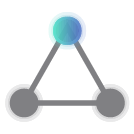 Directly translated into English, ethos means “character.” This term represents what you display to gain trust from the person on the other side of your message — an employee, a job recruit or a customer. It involves showing that your character, or your company’s character, is responsible, trustworthy and fair, in order to cultivate credibility.
Directly translated into English, ethos means “character.” This term represents what you display to gain trust from the person on the other side of your message — an employee, a job recruit or a customer. It involves showing that your character, or your company’s character, is responsible, trustworthy and fair, in order to cultivate credibility.
Organizations present ethos in a variety of subtle ways. Executives present ethos to their team members by treating employees professionally. Advertisers regularly establish ethos by getting celebrity endorsements. You can even communicate ethos through something as fundamental as a logo. For example, would you trust BMW if the logo on their cars looked big and yellow like the McDonald’s arches?
Another significant part of credibility for modern companies is the ability to relate to a consumer on a more personal level beyond the immediate transaction.
A brand loyalty study by CustomerThermometer found that 65% of consumers will buy from a brand if they feel that the company cares about people like them. And 55% of consumers buy if they feel like the brand is making a positive difference. People base their purchase decisions heavily on ethical operations and filter out brands that fail to align with their personal ethics.
Although it’s not flashy, companies that establish trust can keep customers from bouncing away from their business and to a competitor.
But trust is only one facet of persuasion. People also need to know that buying into an organization makes logical sense. That’s where logos comes into the picture.
Logos
 In the rhetorical triangle, logos represents logic. In this part of persuasion, a company uses reason to sway a person to buy into their mission. Logos is all about showcasing the facts and using them to tell a black-and-white story that’s hard to refute.
In the rhetorical triangle, logos represents logic. In this part of persuasion, a company uses reason to sway a person to buy into their mission. Logos is all about showcasing the facts and using them to tell a black-and-white story that’s hard to refute.
Organizations often do this in marketing when they list facts and features about their products or services. For example, you might see an advertisement that tells you the value of a product and showcases a discounted price. It’s logical, in that situation, to buy because you’re getting more bang for your buck.
Taking those facts a step further and using them to tell a story is even more powerful. The Center for Disease Control (CDC) did this well in its Tips From Former Smokers campaign in 2017. In it, the CDC showed videos like this one:
The woman’s story here lists just the facts. Because she smoked during pregnancy, her baby was born two months early and only weighed three pounds. These facts are indisputable, making this story, as heart-wrenching as it is, a logical argument to stop smoking.
In StoryVesting, it’s critical that brands understand the type of logical thinking a person goes through when deciding whether or not to buy. They’re looking at cost versus benefit. In the case of the CDC campaign, that’s the cost of continuing to smoke versus the benefits of stopping. They’re also looking at whether it’s relevant to them. In the CDC example, this particular video would be much more relevant to a pregnant woman than to a man.
Managers and directors often use logos internally too. Many managers will tap into logical thinking to persuade teams to get on board with a project or initiative. When the end goal makes sense from a logical standpoint, it’s easier for people to work hard to accomplish it.
While the CDC ad above is a great example of logical appeal, it’s that much more powerful because it also utilizes the third branch of the rhetorical triangle: emotion.
Pathos
 The pathos portion of the rhetorical triangle appeals directly to the emotional response a person has to a message. This third prong of persuasion not only elicits a feeling of some kind but uses that feeling to encourage a person to take action.
The pathos portion of the rhetorical triangle appeals directly to the emotional response a person has to a message. This third prong of persuasion not only elicits a feeling of some kind but uses that feeling to encourage a person to take action.
It’s important to note here that humans are not purely logical creatures. In fact, we often act illogically and buy things like hot dog water for $28 a bottle or jump out of airplanes from 30,000 feet above the ground. When it comes to persuading someone, emotional drivers can be more potent than ethos or logos, so understanding pathos and using it to fuel growth is critical.
Toyota understood the power of pathos when it put together its Good Odds commercial ahead of the 2018 Paralympics Winter Games in Pyeongchang.
The product isn’t featured in this commercial. The ad merely tells a story about a girl who worked hard and beat all odds to get to where she is today. The takeaway mentioned at the end of the ad is that being free to move makes anything possible. That freedom of movement is the only relation to what the brand provides, which is transportation.
Without a doubt, the message in the Toyota commercial was powerful, but did it persuade people to buy into the brand? Absolutely. Paralympic skier Lauren Woolstencroft, the person featured in the ad, was amazed by the response to the “Good Odds” commercial. Ad tech company Unruly gave “Good Odds” the highest EQ score, a metric used to measure the emotional, social and business impact of a commercial. Overall, it’s safe to say that the ad had some powerful emotional appeal.
When it comes to persuading a person to buy into a brand, the rhetorical triangle has it all — ethics rooted in values, logical reasons to choose one company over another and emotional response toward the brand. When companies can nail all three of these throughout the customer’s journey, they hit a home run. That was true back in Aristotle’s days, and it’s still true today.
Strategies For Today’s Consumer Behavior
Consumers, specifically those who turn to search engines to find what they need, have become smarter about the persuasion tactics used by companies today. Not only have many consumers caught on to marketing gimmicks, but they have much better access to information now, with increased access to the Internet and improvements on search engines such as Google.
That increased access came about quickly and to keep up, businesses have been forced to transform by adapting their strategies.
I’ll never forget when I picked up the book The Long Tail: Why the Future of Business is Selling Less of More by Chris Anderson. When he wrote it in 2006, he was Editor-in-Chief of Wired magazine. The book quickly became a New York Times bestseller because of its incredible insights into the future of commerce and culture.
In his book, Anderson accurately showcased how the Internet is made up of “endless shelf space,” which lends it to a new retail strategy. In this strategy, businesses sell a lot of products in small quantities and a handful of popular products in larger quantities. Amazon.com is an excellent example of this. They sell a lot of products, but only a fraction of those products — the most popular ones — are sold in bulk. This one shift in retail strategy also shifted the way consumers engage with brands.
Consumers now use “long tail” keywords or keyphrases to drill down and find what they need online. This behavior started because consumers knew that retailers were getting increasingly specific with what they sold. The concept presented by Anderson was simple, yet it led to something much more profound. It altered our perception of how to reach people in a superficial digital environment. Businesses quickly realized that consumers were using long tail keywords to find niche products.
This graphic shows how the long tail of obscure songs offered by the online site, Rhapsody, was able to compete against the more typical selection of music found at Walmart. Consumers are using a long-tail approach to narrow down their search for more than just songs. A consumer won’t ever search for the term “car” hoping to find a Ford F-150. They’re much more likely to type or speak a search term like “Ford F-150, 4-door, 6-cylinder, towing capabilities,” which opens the door for more niche marketing and sales.
Bringing it Back to Center
Let’s revisit the answers I got during my conversations with 1,969 people over the years. If you go through the responses, a common theme ties them all together — customer centrism. A customer-centric approach is critical, and the only way to achieve it is to align your business with what’s happening in your customer’s mind. Without bringing your business together with the emotional and logical thought patterns and subsequent behaviors of consumers, you’ll have a hard time delivering meaningful experiences.
I attempted to bring the importance of this alignment into focus in a simple (and perhaps too simple) iteration of the StoryVesting framework.
In this version, alignment is the catalyst for growth opportunities. Companies are empowered to cultivate a new level of loyalty because the business story is in tune with the customer’s story.
Although important, this iteration lacked depth in each circle. It didn’t do justice to the business’s internal operations and complexities. It didn’t account for the physical and psychological responses a person had throughout the path-to-purchase. It didn’t take into account the market’s cognitive associations with the brand name, nor did it account for any kind of dissonance that crept in.
The need to account for all of these complexities finally landed me on the complete StoryVesting framework.
The Business Transformation Framework We Use Today
The modern experience framework that I finally settled on is grounded in values inherent in driving companies from achieving mediocre success — with a few missteps along the way— to escalating growth through intelligent experiences. Simply put, it’s a framework that ripples through concentric human decision-making that drives business transformation strategy. There are so many nuances that need to be unpacked underneath the shiny hood, but for a simplistic view, here it is, in all its glory:
StoryVesting is a data-driven problem-solving, decision-making framework that can be wielded as the foundation for any essential business macro decisions or microtasks. I have seen it wielded in areas like large cost reduction initiatives, recruitment strategies, automated data looping, enhanced data-driven product management, innovation initiatives, revenue operations, and VoE and VoC initiatives.
It’s simply put a massive competitive differentiator when wielded correctly. Want to build a moat to protect your brand’s relevancy? If so, let’s talk about how this unfurls.
If you’ve read anything I’ve written over the past decade, chances are you’ve heard me talk about StoryVesting or any of the derivative frameworks I’ve created a time or two. You might already be familiar with what it looks like from my In the Know post about the intelligent StoryVesting framework or my book, The Growth Code. If not, I encourage you to check them out if you’re new to all of this, but for now, here’s a quick overview.
The Business Framework
| The Path-To-Purchase
|
Individually, each of these layers is impressive. They’re each rich with potential and steeped in insights. But that’s not what makes this framework so powerful. I purposely designed each of these layers as concentric circles that sit on top of each other. The goal here is to showcase that each component bleeds into the others. It’s this constant tug between the layers that makes the framework come to life and drives powerful results for all areas of business including, but not limited to:
- Improving employee morale and boosting retention numbers
- Pulling out the root causes of negative customer experiences
- Bolstering customer engagement through improved UX/UI
- Building authority among the thought leaders in an organization
- Obliterating silo walls and democratizing teams
- Using data to drive action and business transformation
It’s not just the blend of layers in the business experience framework and the customer experience framework, but also the alignment between the people within your company and your consumers that makes StoryVesting so impenetrable.
Internal Alignment of the Business Framework
Organizations are complex entities. There are core departments, including marketing, finance, HR, technology, and information, each of which contains its own set of teams. As you drill down into the various responsibilities, it’s easy to see the intricacies of a healthy organization. This graphic shows the department structure that a CEO typically oversees:
The CEO is responsible for the organization as a whole, playing a part in each department’s ability to function and grow. Then, each C-Suite executive oversees dozens, if not hundreds, of people, each of whom plays a different role in growing the company. Aligning these teams takes tremendous effort, and without a framework in place to serve as a guardrail teams can easily go off course, sending the company into a tailspin.
Take the struggle of aligning sales and marketing teams as an example. For years these two teams have been at odds despite working toward a common goal of growing the customer base. Lack of alignment between sales and marketing often leads to a healthy amount of finger-pointing. The sales team points the finger at the marketing team for not getting enough leads (or for getting low-quality ones). The marketing team then points the finger back at sales, saying that the sales team needs to work harder to close the leads acquired by marketing. This back-and-forth finger-pointing is counterproductive, which is probably why 91% of senior-level agency professionals have taken strategic steps to bridge the gap between marketing and sales.
There are benefits to aligning departments. Not only does alignment keep teams focused on the primary goal of growth, but it benefits the business in other areas. A deeper understanding of each other’s areas of the business improves processes, thereby generating bigger overall results. In addition, it boosts productivity by keeping teams working with the right people at the right time. And, they’ll be better equipped to coordinate which content platforms are best for moving leads through the funnel. Sound familiar? Each of these benefits is directly answered in the StoryVesting framework’s 3 Ps — people, processes and platforms.
Consider the data science team and the strategy team. Organizations have a wealth of big data coming in daily. To use that influx of information strategically, the data science teams must align with the marketing team to pull out the top insights.
Alignment doesn’t stop internally, either. Outside contributors to growth success, such as Data as a Service (DaaS) providers, must also operate in alignment with their client’s framework to achieve success.
Yes, there’s good reason to bring teams together. By eliminating siloed thinking and budgets decision making becomes more strategic, which ultimately leads to delivering better results. Companies can focus more holistically on driving the ship forward in tandem, thereby fueling growth. That doesn’t happen linearly, as you might recall from my first iteration of the framework. It takes a more calculated approach based on the brand’s why.
When you look at the StoryVesting framework as it stands today, you’ll notice that the circles are darker closer to the center. That’s by design. By stacking the critical components of the business on top of each other one layer at a time, you’re better able to see how they relate to each other.
To showcase how the various components can blend together to effectively grow a business, let’s look at an example of them working in harmony for a common business function — recruiting. Using the StoryVesting framework as a guide helps attract the right talent and guide hiring decisions. Here’s how.
As you might recall from my research, the best employees have more than just smarts — they have passion and an emotional vestment into the organization. That means that they have to buy into the company’s why — they have to believe in why the company exists and know why it is beneficial to the market.
Just buying into the why isn’t enough, though. The why must also be validated by the business model. No matter how cool the vision, the brand must showcase that they to have a sustainable business model and can make money. In other words, it has to make sense.
Once the person is within the company, they have to see that the team they’re working with — the people — are competent and enjoyable to be around. They have to like the processes that are in place or at least feel empowered to shift the processes when necessary to become more productive. The tech stack, or platforms, the company uses must be up-to-date and allow for efficient communication. Even top talent won’t be productive if they’re forced to work on outdated or disjointed platforms. The technology used organization-wide must spur productivity and reduce friction so the only focus is on getting the job done well.
All of these components bleed into a passion for what’s being sold. The employee has to believe in the product or service wholeheartedly. It has to be something they’d be proud to use themselves.
Employees must also have an understanding and appreciation for the channels on which the product is being marketed and delivered. For example, if the business is selling a digital product but only promoting it via direct mail then something’s off, and the employees will feel that disconnect.
It’s not each individual component of the intelligent StoryVesting framework that makes it so powerful. It’s the sum of its parts. – Buckley Barlow
It’s the sum of all of these parts — the why, business model, people, processes, platforms, products and services, and channels — that make up the employee’s experience. But this is only half of the equation. The customer’s experience is an equally powerful part of the way these layers maneuver together in a predictable pathway to purchase.
The way consumers process information when making purchases is complex, especially for higher dollar items. Despite the complexity, buyers move methodically through a predictable pathway to purchase as they make decisions, each step amplified by the one before it.
It starts with an external stimulus that triggers a memory from our past buried deep in the limbic system. At this point, we have an emotional, and many times physical, response to that stimulus. This emotional and physical response is called the Cannon-Bard theory, which causes a physical and psychological response, like trembling in fear or getting butterflies on a first date.
As seductive as the stimulus might be, we’re quickly catapulted into the present by the neocortex as it engages in a logical thought process to decide if what we think we need is really relevant to our current lifestyle. We weigh the time versus effort of the purchase to decide if it’s worth pursuing.
If we decide to move forward, we shift from consideration of the present into that of the future as we weigh our expectations. Will the purchase meet our needs? How will life be different if we buy? Will it be better? Could it be worse?
Once we’ve solidified what we want and need, we start to look specifically at brand trust. In this stage, we’re considering the cognitive associations about a brand buried deep in our brain to decide whether we can trust them to fulfill their promises and our expectations.
Finally, we buy! In one glorious experience, we’re filled with an overload of emotions about our purchase. We’re hopeful about the future, confident or anxious in our purchase decision and excited about what life will be like now. This reconciliation of past, present and future experiences is the result of these layers being stacked one on top of each other throughout the path-to-purchase.
Where Do You Start Implementing a Growth Framework?
It’s important to note here that, although the why is at the center of everything, it doesn’t have to be the sole area of the framework in which you excel. In fact, the why often leads to excellence and euphoria in other parts of the framework as well. Here are a few examples of brands that have succeeded at each stage of the framework.
Remember that taking a customer-centric approach requires that your people believe in what you’re creating and have the tools and support to get the job done to the best of their abilities. That doesn’t always mean that you have to focus exclusively on your why. There are many ways to achieve growth at every layer of the StoryVesting framework, but this only accounts for one side of the equation. You must also have a solid understanding of the customer’s path-to-purchase.
Growth is Spurred by Understanding the Customer’s Path-to-Purchase
In StoryVesting, alignment goes deeper than bringing teams together internally. Although that’s a start, StoryVesting also brings consumers together with the business’s why. This type of alignment with the brand’s purpose is what the Interactive Advertising Bureau (IAB) has dubbed the rise of the 21st-century brand economy.
In a recent study, IAB found that growth has slowed or stopped in much of the U.S. consumer economy, which has caused leading global brands to get hit with some steep profit pressures.
As a result of these declining figures, 6,752 brick-and-mortar stores have closed as more consumers opt to buy products online. The companies that are succeeding are the ones that are aligning themselves with the type of experience consumers demand — a direct-to-consumer experience.
IAB has found that more companies are selling their products directly to the consumer as opposed to direct-to-retail, a scenario in which a retailer becomes the licensee and sells the product. Cutting out the middleman allows brands to tell a stronger story and connect on a deeper level with their consumers. It’s that connection that buyers are taking notice of, and it’s why boutique brands are picking up steam as they take bite-sized chunks out of leading retailers. Take a look at these growth numbers, cited by IAB, from some of today’s most well-known brands from 2017:
Top players in the retail industry suffered in 2017. The only two major companies to hold positive growth numbers were P&G (1%) and Kellogg’s (.06%). Others, including General Mills (-7%), Kraft Heinz (-4%), Coca Cola (-3%) and Pepsico (-10%) saw negative growth numbers.
The brands eating away at the likes of P&G, General Mills, Kellogg’s and others aren’t telling a better story because they rocked their advertising — they’re telling a better story because they built their foundation around a strong business why and business model. This results in consumers being more emotionally vested in the brands they use and buy from.
Companies need to make fundamental shifts in order to align their why with their customer’s needs and then persuade them to stick around by using ethos, pathos and logos. In doing this, brands will be able to form a new cognitive association of their brand and build brand awareness.
Take the unimposing razor industry, for example. Gillette, the previous market leader, has seen a steep decline in market share in the U.S., dropping from 70% in 2010 to 54% in 2016. Meanwhile, boutique brand entrants Dollar Shave Club and Harry’s saw their combined U.S. share rise from 7.2% in 2015 to 12.2% in 2016. David B. Pakman, a partner at Venrock, the VC firm that invested in Dollar Shave Club, attributes the company’s growth to its ability to develop a relationship with customers exclusively through video marketing.
This pilot commercial brought in 12,000 customers for the subscription razor company in two days because it’s steeped in customer-centrism and an understanding of the consumer’s cognitive associations with the razor industry. By aligning the brand’s values with buyer values, the brand made a strong name for itself using minimal advertising money.
As you can see, this alignment component of StoryVesting goes far beyond developing new products and services that fulfill customer needs. Instead, it’s about understanding what consumers need at every stage of their journey.
How RocketSource Aligns Brand and Customer Experiences
At RocketSource, we drill into the entire customer journey to find any negative touchpoints and moments that cause friction and result in dissonance between your brand association and the consumer.
We run root-cause analyses to find where in the funnel the problems really lie, uncovering weak areas and analyzing their impact on the conversions at the end of the funnel. By doing this we’re able to reshape experiences, thereby moving away from dissonance and reforming or strengthening the cognitive association of a brand.
There’s a lot to this, and by now your head might be spinning. Before we move on, let me walk you through an example of how this all comes together, rooted in the StoryVesting framework, using an analysis of the behavioral economics of the car buying experience as an example.
An Example of Past, Present and Future Reconciliation During a Car Buying Experience
A car isn’t a small purchase. Facebook found that during their path-to-purchase, people intending to buy a car visited Facebook and Instagram 488 times, spending 52.5 hours on these platforms alone. According to Google, social media is just one of the 24 total research touchpoints the average car buyer encounters, which indicates the complexity involved with this purchase.
But it’s not just the number of touchpoints that make this complex. It’s also the reconciliation of past, present and future experiences in the brain, combined with the behavioral economics and rhetorical triangle throughout the customer journey. All of these elements come together in a truly profound way.
Take a look at how a person progresses from start to finish when it comes to buying a car:
If you want to download and share this image, we encourage you to do so. It’s available for you at the bottom of the post. In the meantime, I’m going to break down how a buyer progresses from the inside of the circle outward — going from an emotional state to a logical one — and ending with an emotional/logical hybrid response when making the purchase. Let’s start at the very beginning — a very good place to start.
Like any major purchase, a car buying experience is kickstarted by an external stimulus (a sight, sound or smell) that triggers a deep-seated emotion. That emotion, or pathos, is strong enough to send chills up the spine, getting the heart racing and blood pumping so hard the person tunes out the world around him, even if for just a split second. It’s a memory, stored in the limbic system, that’s strong enough to instantly transport him back to a past time and place and pull out details of those emotions and memories.
He’s not thinking logically. His actions are driven more by this emotional response, which according to UCLA researchers, is normal.
External triggers seduce the brain, inspiring an emotional response over an urge to begin fact-finding.
For the sake of this example, let’s imagine that the person we’re analyzing is a dad, driving down the freeway in his minivan with five children singing at the top of their lungs. He glances out the window and mutters to himself, “we can’t get home soon enough.” At the same moment, he sees a beautiful BMW speeding past him. Now imagine that dad is me. In that moment, I’d be instantly transported back to my high school girlfriend’s front porch, where I was kissing her just as her dad pulled up the driveway. The cognitive association I have with the BMW brand alone would be enough to send goosebumps down my spine.
These emotional triggers are typically strong enough to stick around for an extended period of time — long enough to move slowly from the past into the present and cue that dad to start exploring cars that trigger those deep-seated emotions. During this phase, a buyer typically explores 14 brands but seriously considers only six and finally decides between two.
As those feelings slowly fade out, logos takes over and the buyer starts to focus on fact-finding rather than on emotional response.
Although brand is a big trigger for many buyers, 60% are open to considering multiple car options as they progress into the logical phase of their decision making. Still, the most important factors are brand and make, followed closely by model, model version and driving performance. Deals, dealers and finance options rank last when it comes to influencing a car buying decision. This goes to show that emotions tied to the brand are still injected into the start of the shopping experience.
During this phase, the car buyer figuratively kicks the tires as he considers whether he can actually buy the car he’s longed for his whole life. It’s during this time, while the feelings are still warm, that he tries to decide if this car is still relevant. In considering the implications of the new purchase, he shifts out of the limbic system and into the logical mode of the neocortex.
As he kicks the tires, he likely turns to the Internet to whet his appetite for a new BMW. According to AutoTrader:
Car buyers typically spend 59% of their journey researching options online. During that time online, 71% of users access websites via a mobile device, and the majority of car buyers even said that they preferred to use a mobile device to book a test drive.
Starting to believe that a new car is relevant to his life, he moves fully into the present and begins to engage in deeper logos research.
When conducting logical research, the buyer explores specific details and compares preferred models against each other. What are the features? Will they meet his personal needs? What else is out there now?
In this stage, he’s thinking in the present but starting to speculate on what the future could hold if he buys the car. His brain is driven by the neocortex as he explores reviews and ratings for the preferred car models. Google found that:
During logical research, a car-buying journey can include over 900 digital touchpoints alone over a 3-month period. For 78% of car buyers, these digital touchpoints happen on 3rd party websites.
Millennial car buyers usually take longer to maneuver their way through this logical thinking than their Baby Boomer counterparts. That’s because the car shopping habits of Millennials differ from those of previous generations. This younger cohort spends an average of 16.9 weeks shopping for a car, versus 15.7 weeks for older generations. This is because almost 75% of Millennials indicate that a car’s style and features, especially technology-based features, are critically important.
During this comparison stage, the buyer maintains confidence in the brand. He allows his cognitive associations to creep into the picture as he looks at where to buy.
As the buyer nears the end of his journey he compares prices and purchase locations for the car he’s chosen and decides where to take his test drive. Although he’s still making present-time logic-based decisions, he’s trying to reconcile his past experiences with the dealership and future experiences with the car. One is deeply emotional and positive, while the other is filled with anxiety and mistrust.
Once he’s taken mental ownership of the car, the buyer starts envisioning his future with the vehicle. He thinks about what his friends will think, what color will suit him best and how he’ll be able to use it differently than his current car. At this stage he’ll decide to buy, only to be met with the next challenge in his journey — setting foot on a dealer’s lot.
Going to a dealership continues to be one of the least enjoyable parts of the car buying experience. Research shows that one of the factors impacting customer satisfaction with the car buying process is locating a dealer. Getting dealer information is the least favorite activity during the car buying experience, preceded by researching the car, finding cars listed for sale, comparing models and finding out what a trade-in is worth. As many car purchases are made through a dealership, however, this visit is a necessary evil.
Although he knows he trusts the brand, how does he know he can trust the dealership? Incadea learned:
52% of Americans feel anxious or uncomfortable at a dealership, and even more Americans feel taken advantage of at the car dealership.
He’s not alone in his distrust, and ethos now enters the equation as he decides which seller is most credible. Part of making that decision involves a consideration of price. In this negotiation mode, he learns more about the actual cost of the car and moves back and forth between present and future thinking. Will the cost today provide the type of value he’s anticipating down the road?
Ultimately, once a deal is reached, he’s worked out the cost of the taxes and title fees and has completed the purchase, he’ll drive away feeling emotionally overloaded from the overall experience.
His limbic system is firing off at all cylinders as hormones flood his brain. There was adrenaline leading up to the purchase as he considered whether he’d really go through with the deal. There’s dopamine as he revs his new engine. There’s serotonin lifting his mood and bringing him excitement and happiness. There are endorphins triggering euphoria over the purchase, and more adrenaline as he considers whether he has buyer’s remorse or buyer’s contentment. The past, present and future he tapped into when making his purchase decision are reconciled as he drives away from this purchase experience.
The psychological and physiological emotional-to-logical responses in this scenario aren’t uncommon. They occur throughout any path-to-purchase. It’s a natural progression that we, as humans, make with just about everything we buy, and it’s why 54% of consumers said they would buy from a dealership that offers a preferred experience, even if they didn’t offer the lowest price. 72% of buyers also said that they’d be more likely to visit a dealership if the buying process was improved.
Although I have grossly oversimplified a complex brain process here, can you see why understanding the basics of emotional and logical processing is critical? It’s not just customers that you have to understand, however. To operate from a place of empathy you need a 360-degree view of both your customers and your employees.
Creating Intelligent Experiences Based on a 360-Degree View
In a recent effort to find the best marketing growth strategies, Google learned that:
61% of consumers expect brands to tailor experiences based on their preferences.
This demand for personalization is where the StoryVesting framework is critical. Fortunately, information from internal data sources and Data as a Service (DaaS) providers have empowered brands to achieve this personalization by getting a 360-degree view of target buyers and their paths-to-purchase. Through that clarity, brands can further align their offerings with what the market demands, continually evolving and innovating to deliver exceptional experiences.
A 360-degree view of the buyer’s path-to-purchase is the basis for shaping these new experiences. Take a look at what this perspective is doing for leading retailers. Leading businesses are now using showrooms to save brick and mortar shopping and simultaneously manage the buyer’s experience. Here’s what it looks like in action.
Most brick-and-mortar clothing stores today have stacks of clothes on shelves from which buyers can pick a color and size, try on their selection, and hopefully buy. But that’s all changing. Some retail brands have begun removing products for purchase from their brick-and-mortar locations and transforming them into showrooms or “guide shops.” In doing this they’ve redefined the shopping experience entirely.
“In 2018, retailers will invest more resources in experiential shopping, with the understanding that the role of stores is shifting away from pure product distribution, to a much more experience-centric model.” Marc Gingras, CEO, Foko Retail.
One retailer using the experience-centric model is high-end clothing brand M.M.LaFleur. The retailer originally set up shop online but has since opened up five brick-and-mortar locations in New York. Instead of putting inventory on shelves, though, they hide it. When a customer leaves the elevator and enters their suite they are met with a glass of champagne and a personal shopper who knows their name. The shopper taps into data available about the customer, such as digital reviews, online shopping cart activity and in-store activity, and uses a proprietary algorithm to decide which clothes to pull for that specific shopper. The buyer is able to try on garments and touch the fabric — something they couldn’t do in the online channel. Any products they purchase are shipped to their home a few days later. This specific retail experience is so powerful that it was addressed in Kleiner Perkins’ 2017 Internet Trends Report.
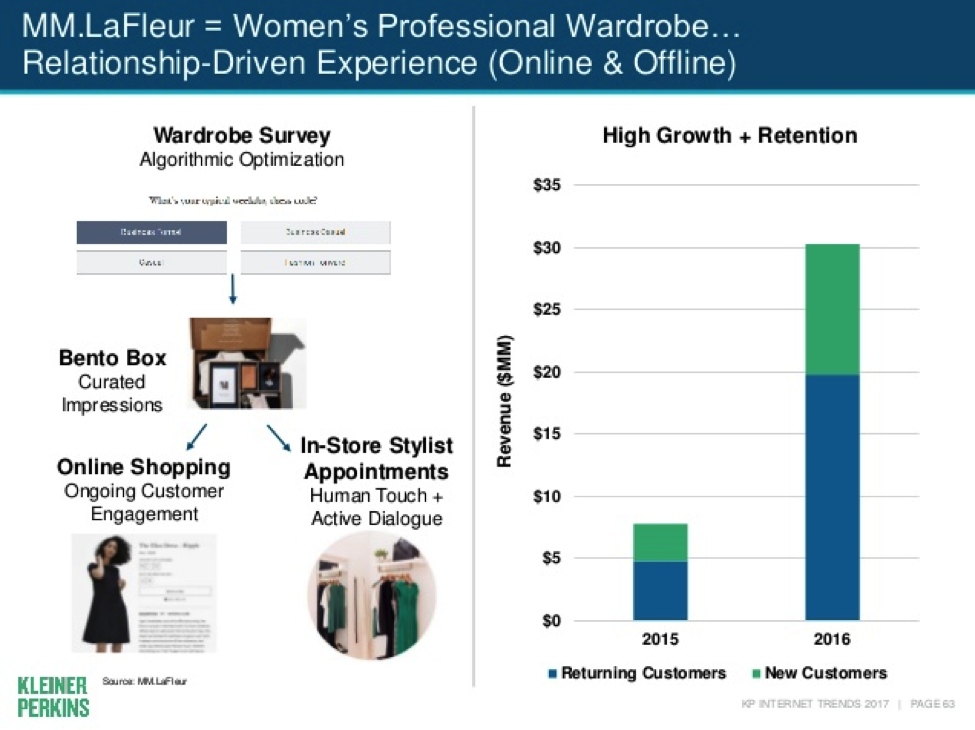
Notice here that it’s all about customer engagement, which happens through algorithmic optimization and human touch. This is humanizing journey analytics and using those insights to create exceptional experiences by weaving together all of the layers of StoryVesting.
Aligning the Concentric Circles to Create a Customer-Centric Business Framework
Consider what a perfectly StoryVested company looks like when everything works together in harmony. The purpose of the company tugs at deep-rooted emotional heartstrings of its customers. As they move through their experience with the brand, the business model serves their needs and the people answer the logical concerns of the user with platforms and processes that leave them satisfied. The product is delivered and is met with overwhelming confidence and excitement, stirring up hopeful feelings for the future. All in all, this alignment leads to one thing — euphoria.
In developing the StoryVesting framework, I knew I had to showcase the importance of achieving that euphoria by aligning the emotional and logical triggers of consumers with the business’s framework. To do this visually, I decided to augment the Venn diagram with concentric layers within the circle and then showcase what I learned through all of my research and active testing in behavioral modeling.
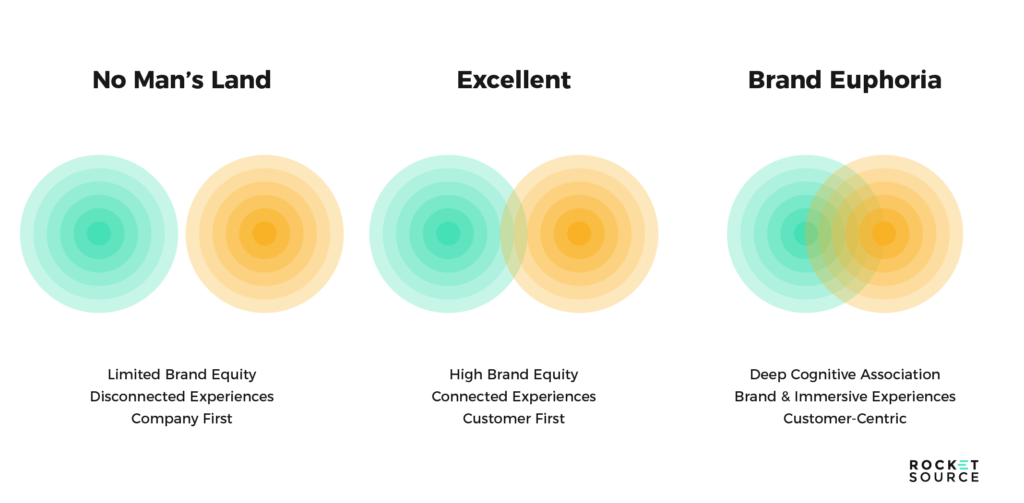
When the circles drift further apart, you head into what I call No Man’s Land, where there’s limited to no connection between the market and the business. The company loses brand equity and starts to become irrelevant. On the other end of the spectrum, when you bring the two circles closer together (i.e., deepen the cognitive associations), you achieve what I deem Brand Euphoria. It’s here that consumers have deep-rooted cognitive associations, your business why aligns with their beliefs and needs and they are happy to spread the word about your business because they feel immersed in your company culture and have become a part of it. If you’ve ever met a die-hard Harley Davidson or Apple fan, you know what I mean.
I call the middle-of-the-road brand position “Excellent,” and feel that most companies should strive to achieve and maintain it at all costs. While “Excellent” isn’t enough to drive the kind of Amazonesque transformational growth that will set you apart from the competition, it is sufficient for most businesses.
As we enter a new era of personalization and hyper-connected customer experiences, brand euphoria style alignment becomes even more critical than before. According to Accenture:
81% of customers want personalized experiences and 77% of businesses believe real-time personalization is crucial, yet 60% of companies still struggle to personalize content in real-time.
Despite knowing the importance of personalized experiences, many American companies fail to deliver on what the consumer demands. Check out this staggering find from Forrester’s US Customer Experience Index for 2018 that showed businesses are continuously delivering mediocre experiences. The report ranks 287 brands across 19 industries. This year’s report found that no clear CX leaders among US brands for the third year in a row.
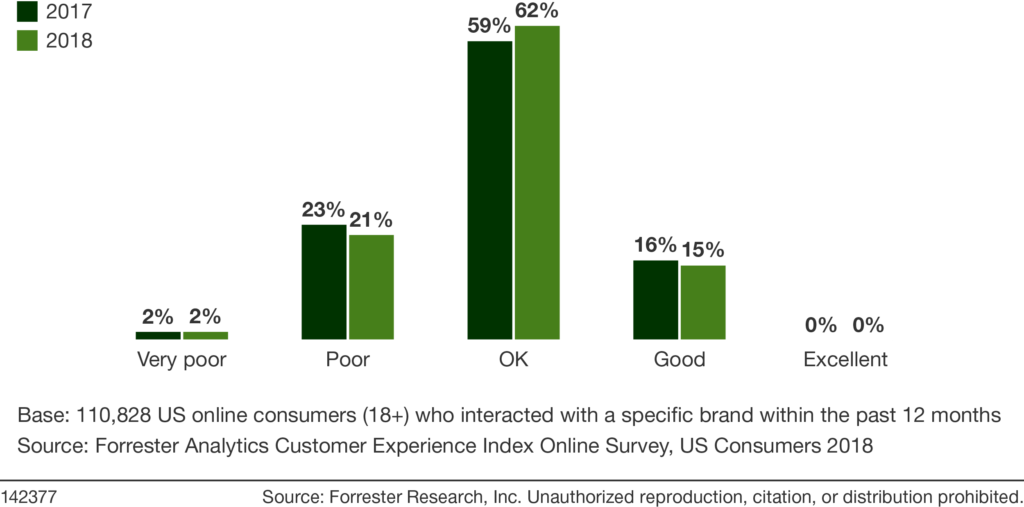
To come up with these findings, Forrester measures how well each brand’s CX initiatives strengthen their base of loyal customers. What’s notable in this specific chart is the increase in the number of OK, or Mediocre, business experiences and the decrease in the number of Good business experiences. But perhaps more glaring is the fact that 0% of businesses surveyed ranked as Excellent in customer experience. There are no leaders in the CX market, which means that there’s an incredible opportunity for businesses to up the ante. How? Forrester claims it’s through emotion.
Remember the rhetorical triangle component pathos, or emotional appeal? In order for brands to break away and better align themselves with the buyer, they have to tap into that emotion. Forrester found that:
Elite brands provide an average of 22 emotionally positive experiences for each negative experience.
Emotional connections are more powerful than many believe and therefore deserve recognition. A Harvard Business Review study found that an emotional connection matters more than customer satisfaction. One retailer studied increased customer advocacy by 6% and reduced attrition rate by 4% simply by increasing the number of emotionally connected customers. That resulted in an over 50% increase in same-store-sales growth.
Once emotional needs are addressed, brands must then use logos and ethos to answer customers’ logical questions and their search for credibility in the brand. By layering these critical aspects on top of each other, businesses are able to achieve powerful internal and external growth rooted in exceptional experiences.
Putting This Intelligent Framework to Use
A proper framework should be simple to take in so everyone can clearly understand it, but that simplicity shouldn’t steal from its overall depth. As you uncover the layers of the StoryVesting framework, you’ll quickly see that it’s strong enough to sustain multiple nuances of organizational growth, teams and alignment. Let me show you just a few of the ways you can insert the intelligent StoryVesting framework into your business.
Business Transformation Starts With Insights Gained From Data, Not With Marketing Spin
Too many smart professionals I talk to point the finger squarely in the face of the marketing team when it comes to growth, and many are surprised when I shake my head no. That’s because marketing isn’t where to start if you want to transform your business. Contrary to popular belief, marketing essentially tells the why of the business in the best possible ways in the best possible places. In other words, everyone in the business is essentially in marketing. Sublime external brand experiences, however, are driven by the interwoven connectedness of teams, and modern growth marketers or experience advocates are usually the ones armed with data to bridge Customer Experience gaps.
You can’t throw your ideas out into the wild until you have strong leadership and a clear strategic approach for implementing, operationalizing and deploying your ideas over various methodologies and modalities. The modality you choose — whether it’s lean, agile or something else — needs to reflect the people going through it. If you have people who don’t want to operate in your chosen modality, you first need to focus on either skilling them up or giving them the right resources to grow. This approach requires having the right people on your team. Only then can you refine your processes, because the right people will naturally fine-tune the processes to suit their own needs.
Regardless of how much executives and directors push, employees have to buy in for the changes to work.
To illustrate this point let’s look at a brief history of Dropbox, the file storage and collaboration app that’s beaten out so many competitors over the years.
- Dropbox was founded in 2007 with the goal of giving users the ability to sync desktop files with the web and allowing them easy access to their files anywhere
- After getting $1.2 million in seed money from Sequoia, the company went into development mode
- By 2009 it had over 1 million users
- By 2012, it reached 100 million users and a year later, Dropbox doubled to 200 million users
This steep and rapid growth didn’t happen with marketing alone.
In the beginning, Dropbox was a minimum viable product that worked well as an initial solution to test the market and learn specifically what consumers demanded. As they gathered data and learned from customer feedback, they began their process of scaling through steady, strategic iterations.
From day one, the Dropbox founders and their team were in constant communication with the product’s end users — their customers — to engage them in the product development process. When they got a response, they quickly implemented a change and put it into the customer’s hands, thereby earning customer loyalty. Because the developers were met with two kinds of feedback — bug fixes and new feature ideas — they had to quickly sift through both types of changes and decide where they were going to spend their valuable time. It was important for the founders to quickly and strategically figure out which levers to push and which to pull to achieve growth and scale.
With a framework rooted in business modeling and outward progression, like StoryVesting, companies have a strategic plan for when to pivot once those strategic inflection points hit, says @BuckleyBarlow
The company was founded 11 years ago, and in March of this year, Dropbox had a valuation of $9 billion. That’s growth I can get behind. The founders clearly knew what they were doing.
As you can see from Dropbox’s quick and disruptive growth, strategic drivers weren’t being pushed and pulled in just the marketing department — their transformation happened deep within internal operations, starting with an incredible product, building to an incredible product experience and climaxing in an innovative and amazing word-of-mouth referral marketing engine.
The company continually powered through strategic inflection points by using an approach called data looping to uncover the most critical needs in the market and the sequential steps to take to outclass and outperform any competitors.
The Data Looping Process
Data looping consists of eight stages, the first of which is collecting data. That’s the job of the marketing department, along with the customer support department and UX/UI teams. That data goes to the data science teams who aggregate it and mine it for insights. Those insights are sent over to the business intelligence team to model the IRR on the investment and give executives confidence levels and probability success factors to help with decision making. Then, executives map that information and make intelligent decisions about when to do a market rollout, what it’ll cost to code or produce something, and what the market plan looks like. Those plans are then turned into a business impact roadmap and taken to the board to showcase what’s needed to transform, how it will be rolled out, how much it will cost, how long it will take, the departments and people needed to execute on it and when to get started. If you’re not an enterprise, you still do all of this work; you just wear many hats and do it all yourself.
Anyone who’s been involved in a complex initiative knows that it takes a healthy amount of analytical rigor to understand when and how to transform your business. A solid framework steeped in intelligence helps guide that transformation and spur upward growth, but it’s the people on board that make that transformation come to life. Having a hybrid team of the right people is the key.
Hybrid Teams Transform Businesses From the Inside Out
The StoryVesting framework is strong enough to handle any kind of initiative, including development operations, growth marketing, customer experience initiatives — everything. That’s because it’s rooted in customer centrism and founded on empathy. But before you can even begin to be empathetic, you need people who are vested in your company’s story. That starts with having the right team.
Too often, people credit the company itself for success. They credit the product or the channels through which it’s delivered. While it can be true that having a stellar product can transform growth, more often than not it’s people showing up every day and pouring their hearts and souls into the work that spurs that growth.
Do you have these people in your business? They are vested in your business’s why and are passionate about your story. They are masterful and eager to learn, especially when it comes to collaborating across departments and skillsets.
As an example, take a look at a modern marketing team that includes a developer, a graphic designer, a strategist, a content writer, a content marketer, a data researcher and others. These people are all V-Shaped, which means they specialize in one area but have a healthy amount of knowledge in another.
Here’s an example of what this looks like for a team member specializing in SEO:
You can see that this person still has a healthy amount of knowledge in other core areas including content, social media, community, advertising, conversion, UX/UI, video and display. This approach makes a V-shaped team agile. Team members can shift from one strategy to another as the market deems necessary, which enables the business to pivot more quickly.
Now take a look at another department often found in Software as a Service (SaaS) businesses — development operations. In this department, you have front end, back end, system architects, data architects, a development operations manager who interfaces with a programmatic data architect and looks closely at the front end GUI, UX/UI, a strategist and executive leadership. And the list goes on.
Interactions among these types of teams are necessary for companies today to maintain business speed and momentum. This differs from past company dynamics in which employees were compartmentalized and siloed. Modern businesses cannot possibly operate from an empathetic and customer-centric viewpoint without speaking a common language. That language is the StoryVesting framework.
Using StoryVesting as a lens to view the customer journey from end to end, start considering ways to change processes and align departments across your organization. Making these changes will help you quickly become a healthy, competitive business in a rapidly shifting digital world. This ability to pivot swiftly and strategically is the key, not just to business transformation, but also to running an agile operation using StoryVesting.
Running an Agile Operation Takes an Intelligent Framework Supported By Data Visualization
The very survival of most businesses out there today depends on the ability to deliver a positive experience. To keep pace with today’s market and grow your business, especially as bigger players surge ahead and disruptors enter the market, you must quickly adjust negative experiences. This means running an agile operation, which is hard to do, especially for legacy businesses facing challenges at key inflection points.
The dual perspective of the horizontal and vertical view I discussed earlier is powerful because it enables you to hone in very quickly on which departments are contributing to negative experiences. At a glance, you’re able to see who’s involved so you can dig deeper to uncover what’s going wrong. Is it a platform issue? Is it a process issue? Is it a people issue? This detailed overview allows you to see the issue and compare it to your convergence/divergence bands, your customer and employee empathy map radar graphs (like the ones you see below) and a slew of other data points.
Those data points are an excellent start but as a data junkie, I like to go even deeper to help the businesses we work with make smart, strategic decisions very quickly. To do this, my team and I run a digital maturity model to grade whether a business is leading or lagging in the market. The scale looks like this:

From here, we can determine where we’re lagging and where we’re leading. Let’s say, for example, that the company we’re working with is leading in their story, product, and channel management, but lagging (achieving consistently low scores) in the 3 Ps. In this case, we’d use a third-party company to run an unbiased report to learn more about what’s happening internally, followed by dimension scoring to gain detailed insight.
Dimension scoring is a calculated way of breaking down the core areas of StoryVesting to hone in on where your business is achieving excellence and where it’s failing. Each dimension corresponds to a specific segment of the StoryVesting framework and drills down into the various components that correspond to that area. Each component is then graded based on numerous qualifiers.
In this sample dimension scoring graphic, you can see that each segment has a corresponding color. As each circle moves outward it is accompanied by a number that signals how many qualifiers go into that specific area.
We use this type of data visualization because it allows us to dissect smaller areas of the business to get comprehensive insights. We can see at a glance where we’re struggling and where we need to drill deeper to improve. The further we drill into the qualifiers used to create the score, the better we can hone in on what needs tweaking and adjusting and where we need to pivot.
Data visualization like this is the easiest and quickest way to present large amounts of data so decision-makers can make informed and insightful strategic decisions. As you get a grip on what’s happening you can make smarter, faster decisions that are still based on heavy, detailed amounts of data and rooted in this intelligent framework.
How We Use StoryVesting to Make Intelligent Improvements to Our 3 Ps
Let’s take a look at what we have done at RocketSource to quickly discover how to improve on our 3Ps. We made a powerful shift that’s helped us increase the steam in our engines without falling off the framework’s tracks. Here’s how we’re running a more agile operation based on what we found during our own internal analysis.
At RocketSource, specifically for our growth team, we live in our project management system, Monday.com, on a daily basis. It’s how we’re able to see what each member of our team is working on and the status of the project or task at hand. We get really granular with it so there’s full transparency about what’s happening and the progress being made. If we need to pivot to keep in line with an overarching strategy, the entire team can very quickly see why and can adjust their work to stay on course to meet the end goal.
Keeping our DevOps projects on schedule has become leaps and bounds easier and more effective with the StoryVesting framework in place. – Jonathan Greene, @RocketSource
We take this a step further with daily updates to the team and conversations around the clock by using one of our favorite apps, Voxer. On Voxer, we’re able to send quick daily recaps so everyone knows what’s been done, where people are stuck and where we’re heading going into the next day. It might sound like micromanaging but it actually saves us hours upon hours by eliminating the need for many small meetings. We’re not the only ones who can benefit from hours saved in meetings — just take a look at this company that spent 300,000 hours in pointless meetings in one year. Daily check-ins save time and they feel good because they allow team members to pat each other on the back for their hard work.
We also use Slack for quick updates throughout the day. Slack is basically a chat app that lets us interface, whether across the office or across state lines, to share screens, files and links. We’re research and data junkies around here, so we’ve created specific Slack channels for sharing links and storing data points to reference later. We use Slack to quickly check in with each other and continue moving forward with momentum.
The Many Uses of the StoryVesting Framework
I appreciate the fact that you’ve devoted the past 45 minutes to reading this elaborate story about the origins of the StoryVesting framework. Kudos to you for wanting to transform not only your business but also yourself. This stuff isn’t easy. I get it! I’ve devoted 20 years to extracting it and I’m excited to be able to share it with you here.
At this point, you’re probably wondering whether you can use it in your career. My answer, without knowing your role or responsibilities, is yes. Without hesitation, yes.
StoryVesting is designed to bring operational alignment. Here are just nine areas where StoryVesting can make a massive difference.
|
|
|
|
|
|
|
|
|
Each of these core areas sees a direct benefit when the StoryVesting framework is put to use. Take a close look at the table above. Each department and role has a different mission in mind. UX/UI people are focused on creating a sublime experience for the end-user while those tasked with win/loss initiatives are looking more closely at how to get more conversions. There’s a distinct overlap, and yet these two departments still struggle to align.
Let’s make this framework actionable by drilling down to how it’s used for organizational alignment and CX initiatives.
The Importance of Taking a Vertical and Horizontal View of Your Customer Journey Analytics
StoryVesting is all about creating a well-oiled machine by operationalizing a team of hybrid employees in an agile organization through a customer-centric mindset. It’s not a linear, set-it-and-forget-it approach. It requires that you continually iterate by taking an empathetic stance for both for the customer and for your employees. To do that requires data.
I want to clarify something here that’s often misunderstood. Just because you have data doesn’t mean you’re analyzing it and putting it into motion. An Accenture study found that:
80% of organizations are sitting on unstructured or inaccessible data such as pictures, videos, social media feeds, and more. And yet, despite having all of this data, 51% of businesses say that an organization’s interest in and ability to make data-driven decisions would have a major impact on the business’s success.
The value of data goes far beyond measuring the information that’s coming into your organization. Measuring just shows what’s working and what isn’t. These metrics offer a black-and-white picture of how your business is faring in the market.
Analytics involves using data to transform the business. Analytics enables companies to uncover opportunities and instances in which things can absolutely be changed for the better. For example, many companies buy Qualtrics or Merit CX to gather data to get more metrics about what’s happening in an effort to clear things up and pull out more insights.
Although these tools are valuable for capturing data, they’re not designed to analyze findings and convert data into actionable steps within your framework. More often than not, organizations end up with an “information firehose” spraying data full-force with no one equipped to handle it. Without a framework with the analytical rigor to support these efforts, businesses end up making decisions based on opinion instead of fact, wasting time without extracting new money-making opportunities.
Armed with data, you can chisel away brick-by-brick at silo walls that tend to pop up when people argue based on guesswork alone.
By using data looping and feedback mechanisms to analyze the information available, you can democratize data and gain buy-in. What does democratizing mean exactly? It means visualizing data in a way that tells a story across all departments, so that everyone can speak the same language and move forward together as a cohesive unit driven toward the same goal.
One of the best ways we’ve found to dig into the rich insights data affords us and develop a stronger brand experience (BX) and customer experience (CX) is by mapping the data to the customer’s journey. We’ve taken the traditional customer journey map a step further with our customer insights map (CIM) by applying data to an otherwise general overview of the buyer’s experience.
Analyzing the Customer Insights Map
We often look at the customer journey map as we read a book — from left to right. We start at the beginning of the customer’s journey, in the awareness stage, and move through step-by-step until they reach the end of their journey with that particular purchase. Viewing the customer journey in this way ideally will allow us to see where things are going smoothly and where there’s friction that could cause a customer to choose a competitor.
Here’s an example of part of a CIM based on a car buying experience.
This snippet looks specifically at the Consideration stage of the customer’s journey, in which we break out what the customer is likely thinking, feeling, saying and doing. Below that, we outline the various touchpoints a customer goes through on their journey and then apply data to each of those touchpoints along the way by mapping out key metrics like employee satisfaction scores (ESAT) and customer’s satisfaction scores (CSAT). Then we analyze which departments play a role at each touchpoint and the platforms used at that specific stage of the journey.
Without mapping key metrics like ESAT and CSAT and then running those insights through a framework to guide your analysis, it’s easy to get lost and overwhelmed. Opportunities are overlooked and money wasted because you’re unable to find insights to solve complex problems or action items to push the business upward.
So, how do you go about extracting data? By taking both a horizontal and a vertical view during data analysis.
The Horizontal View
The horizontal view of the CIM brings the buyer’s path-to-purchase into focus across his or her entire journey. It outlines the transition a buyer takes from feeling the emotional triggers stemming from the past that are stored in the limbic system to entering the present day with logical thinking, and all the way through the future and the emotional-logical triggers that happen as a result of a purchase.
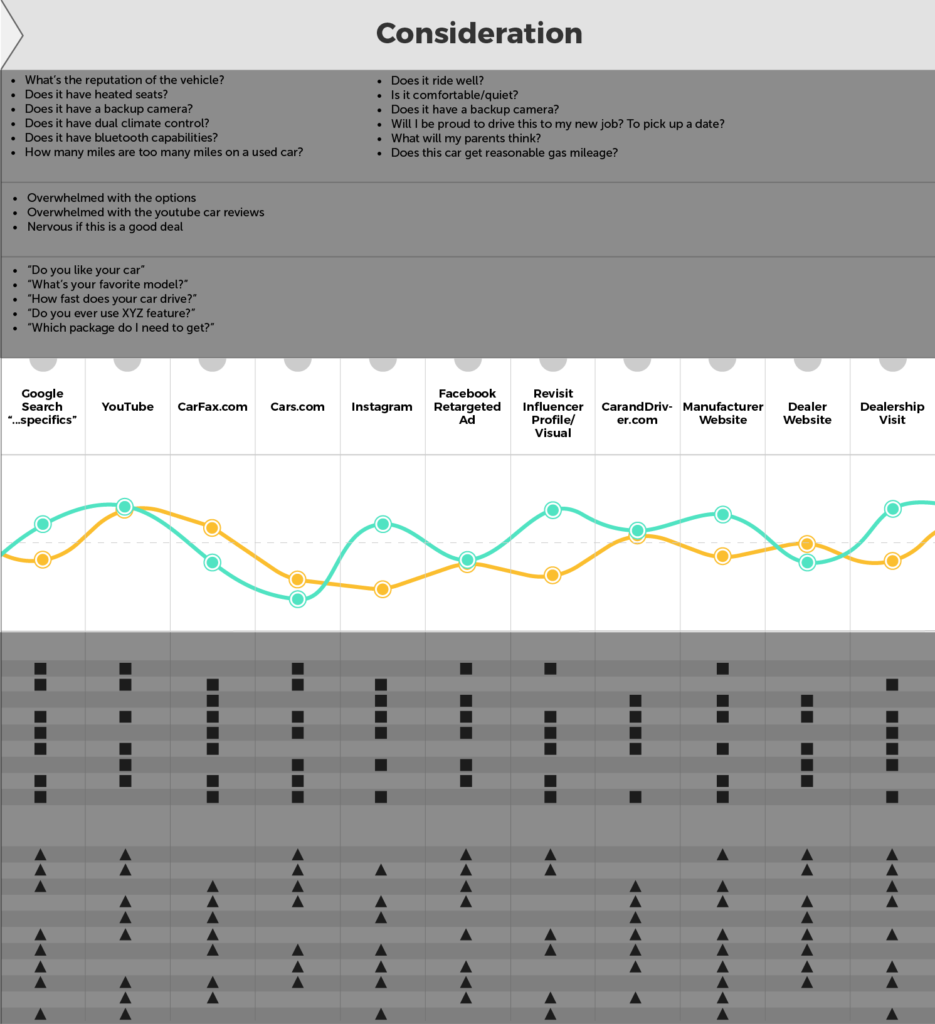
It’s important to map these out because they help everyone in the organization, regardless of department, gain a deeper understanding of what’s happening at the customer level. Seeing the customer’s journey in one place can ultimately help shape how each team player approaches his or her role in the company.
Want to bring your customer journey analytics to a new level? Take a look at our customer insights map. @BuckleyBarlow and I created this map based on the StoryVesting framework, and it’s had a tremendous impact on UX/UI and boosting conversions. – Steve Kiger
At RocketSource, we take every employee through the StoryVesting process to help them understand how they influence the customer’s journey. As they begin to see the non-refutable data of what happens during the customer’s journey, two things occur:
- They feel more empowered to make recommendations that will improve the overall experience, which will help us continually innovate and improve;
- They become more vested in their work because they can see the value they deliver to the company and to the end customer
By sharing this CIM and teaching the framework to everyone throughout our organization, we empower each of our employees to take action. If they notice a steep decline in customer satisfaction during the Awareness stage of the journey, they can make suggestions to improve that area, which can ultimately fuel growth overall.
Granted, I’m simplifying a complex process for the sake of trying to finalize a blog post that is already way too long. In reality, we track well over 20 datasets and combine them into our Customer Insights Map.
Enterprise Rent-A-Car is one company that experienced the impact of employee empowerment. In the early 1990s, the “We’ll pick you up” slogan for Enterprise came from an employee in their management training program — not a high-level executive or outside advertising agency. This employee noticed that customers were struggling to find a ride to their stores to get their rental vehicles. The employee made a suggestion to corporate, and their entire strategy shifted.
It was right around that same time that their revenue began to climb at a steep rate, moving from $3 billion in 1994 to over $19 billion 20 years later. That’s because the team at the car rental company felt empowered to make recommendations that would help the business grow.
When you and your team adopt a horizontal view of the customer’s journey from start to finish, you’re able to hone in areas in which you can improve the experience. In the Enterprise example, the employee recognized an area of the customer’s experience that needed improvement and recommended a change that resulted in the company gaining more market share from their competition.
At RocketSource, we dig deeper than just the customer’s journey. Our CIM is powerful because it doesn’t just offer insights based on looking at the path-to-purchase, but also looks vertically at what’s happening internally throughout the experience.
The Vertical View
As an executive, I want to see a snapshot of the path-to-purchase and know very quickly who’s responsible for each stage of the journey as well as which departments are failing and which are succeeding. When I’m able to sync these insights across the employee and customer satisfaction scores, I’m better able to see how our people are impacting our brand experience (BX) overall. To do this, I look at the CIM vertically instead of horizontally.
The CIM maps out the various stages of the path-to-purchase, letting you easily see where there are gaps in employee and customer experience, which departments are failing at converting the customer, and where you can make operational shifts to improve the experience overall.
When I compare and contrast these two scores I can quickly see where we’re hitting the mark and where we’re missing it. What I’m looking for here are instances of convergence and divergence along this line and the departments and platforms associated with each instance.
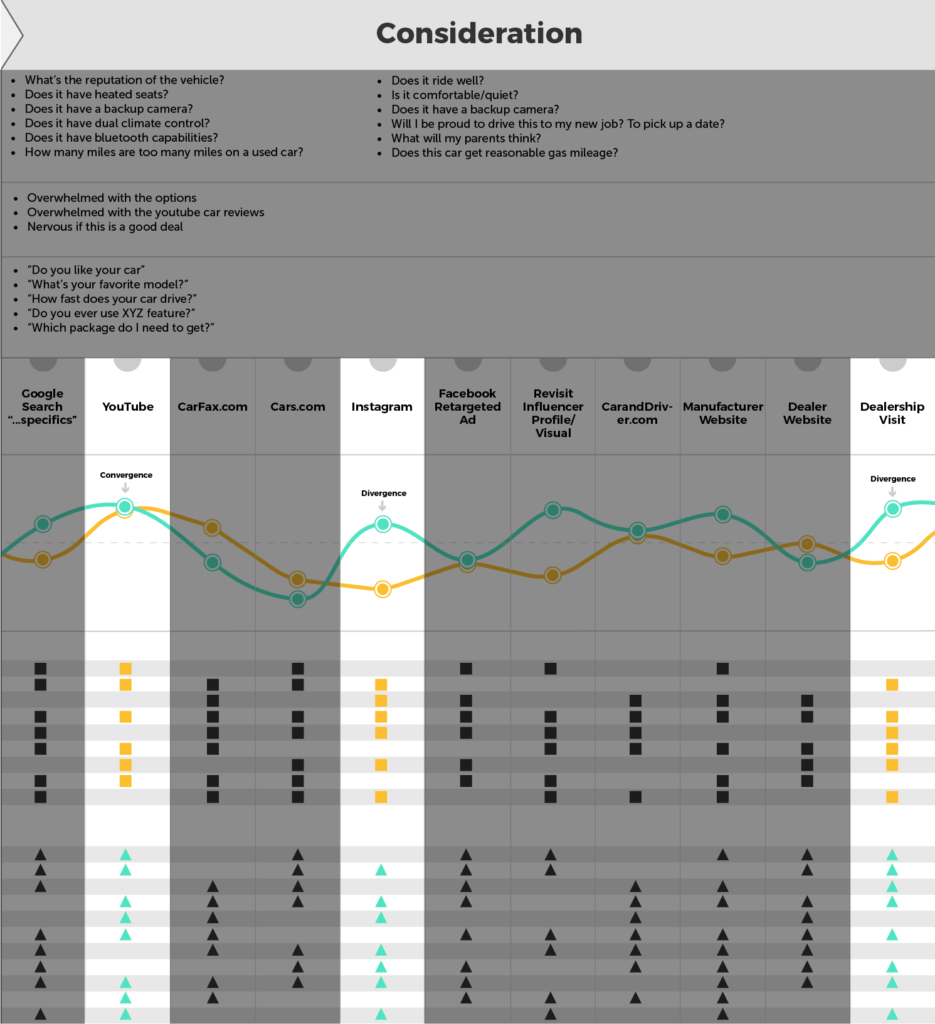
Let’s reexamine the car buyer CIM, this time looking vertically. As you can see here, there’s a convergence of the lines between the Google search and Instagram touchpoints. Here, both cohorts of people are happy, things are good.
But look at the last touchpoint in this part of the customer’s journey — the dealer visit. Remember that inherent distrust car buyers have of dealerships? That’s apparent here. There’s a wide gap between the ESAT and the CSAT. Employees seem happy when customers arrive on the lot, but customers don’t feel that same sense of delight. Clearly, something’s amiss that deserves our attention if we want to win that sale.
In digging deeper, you can drill down to the departments that are responsible for the sale. In this case, it’s the sales and finance teams. The dealer uses software called DealerCenter, a platform they recently adopted as their CRM, inventory tracker and finance manager.
When we look vertically, we can check for wide gaps between the two scores and then quantify these gaps on a scale from 0 to 100. As we quantify these data, we can quickly see where our investments pay off and where we’re missing the mark. For example, we can see here that the employees love the DealerCenter software, which could account for such a high ESAT score. That we’re still off by 80% from the CSAT score, however, indicates that something’s wrong. Since the platform is only used by the back office, we can determine that the low CSAT score is caused by something else, such as pressure from the sales team or the atmosphere of the dealership. This type of insight allows companies to drill down further and make strategic improvements to close that gap.
When we quantify these scores and look vertically at the CIM to see how our changes are impacting both our internal and external operations, we are better able to align our business with the customer’s path-to-purchase and push closer to reaching brand euphoria.
Change Agents, This Intelligent Framework Is For You
If you’ve read any of my past work, you know that I talk a lot about implementing the 3 Is — invent, innovate, and improve — to get out of an inflection point on the S Curve of Business. StoryVesting is a framework rooted in customer-centric data and analytics that can help you identify the 3 Is as well as areas for growth opportunity as you drive your organization upward.
Believe me when I say that I understand the complexity that goes along with wanting and needing to transform your business to keep pace with today’s fast market. This isn’t for the faint of heart. That’s why we are hired routinely to assist organizations with complex initiatives. Along with architecting and operationalizing complex initiatives for forward-thinking clients, we also serve up masterclass workshops that teach teams how to bring this hard-earned framework to life. These classes are for the change agents and forward thinkers who can’t wait to dig in their heels and push upward during inflection points.
- If you’re a C-Suite executive running a lean operation but want to become more agile to keep pace with today’s market, this is for you.
- If you’re a forward thinker ready to advance your skillset while growing your organization, this is for you.
- If you’re a thought leader ready to garner more attention out in the wild, this is for you.
- If you’re a data and analytics specialist looking for ways to better communicate your insights to your executive team and board, this is for you.
- If you’re a growth engineer eager to find new ways to spur your organization out of those strategic inflection points, this is for you.
We’ve gone through industrial revolutions thanks to data and machinery. We’re now in a new era of technical innovation in which artificial intelligence and machine learning are taking root. But you cannot harness the power behind these technological advancements without data, and you certainly cannot build humanized experiences without understanding and practicing empathy.
It’s so easy to get lost in tactics. The key is to focus on the strategic work of tacticians to ensure that those strategies flow. While I lightheartedly refer to this as “strategactics,” there’s real power and meaning behind this made-up word. It’s how we transform tactics-chasers into tacticians and create more agile teams. StoryVesting acts as a guardrail for businesses as they surge forward using data-centric insights to innovate, transform, modernize or even pivot on a dime.
Want to Go to the Next Level? Here’s Your Chance.
The industry is transforming quickly and you deserve to keep up with it, starting with continuing your learning and deepening your knowledge of the growth opportunities that lie in StoryVesting. We’d love to be your guide as you dig into this powerful framework and learn more about what’s possible.
Request more information about one of our LevelNext MasterClass Workshops on Modern Business Transformation, where you’ll learn foundational and relevant skills that will empower you to become a leader in your team and organization. Want to get moving right away? Sign up for Digital Dominance, a complimentary monthly primer on modern business transformation and experience initiatives.

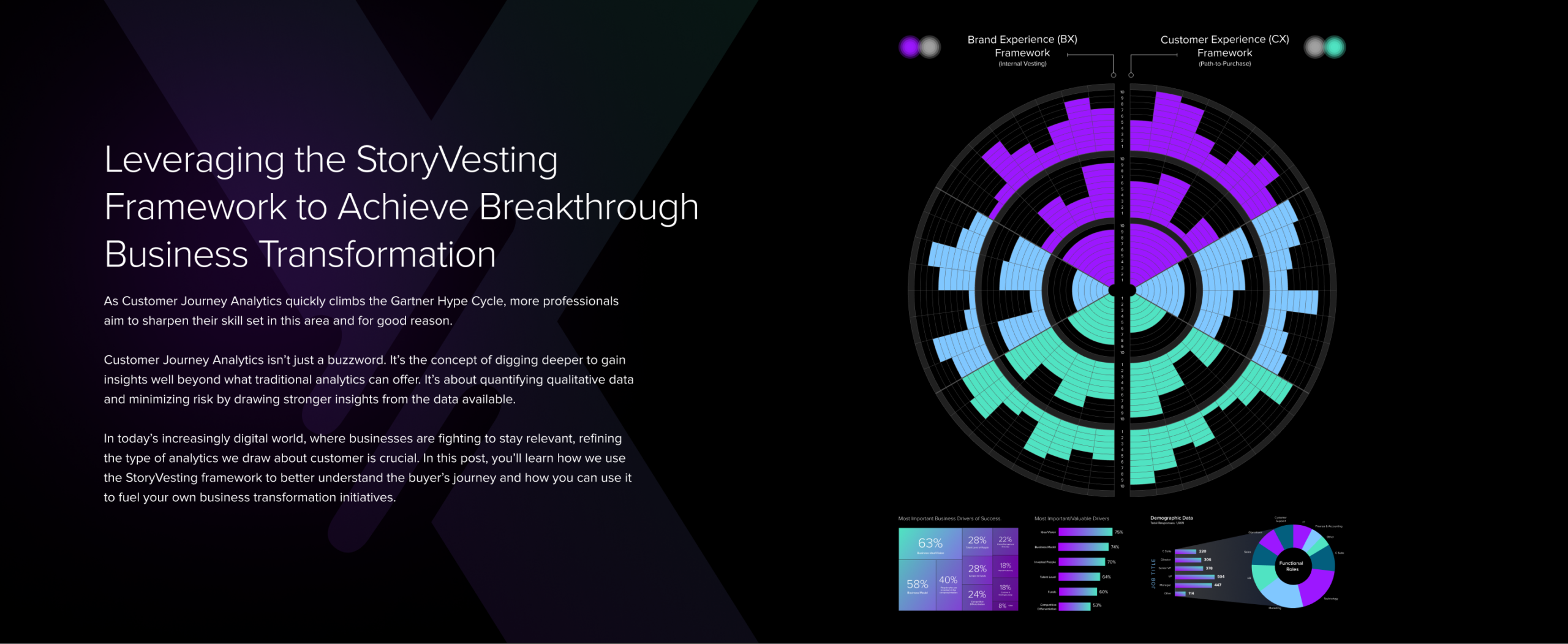
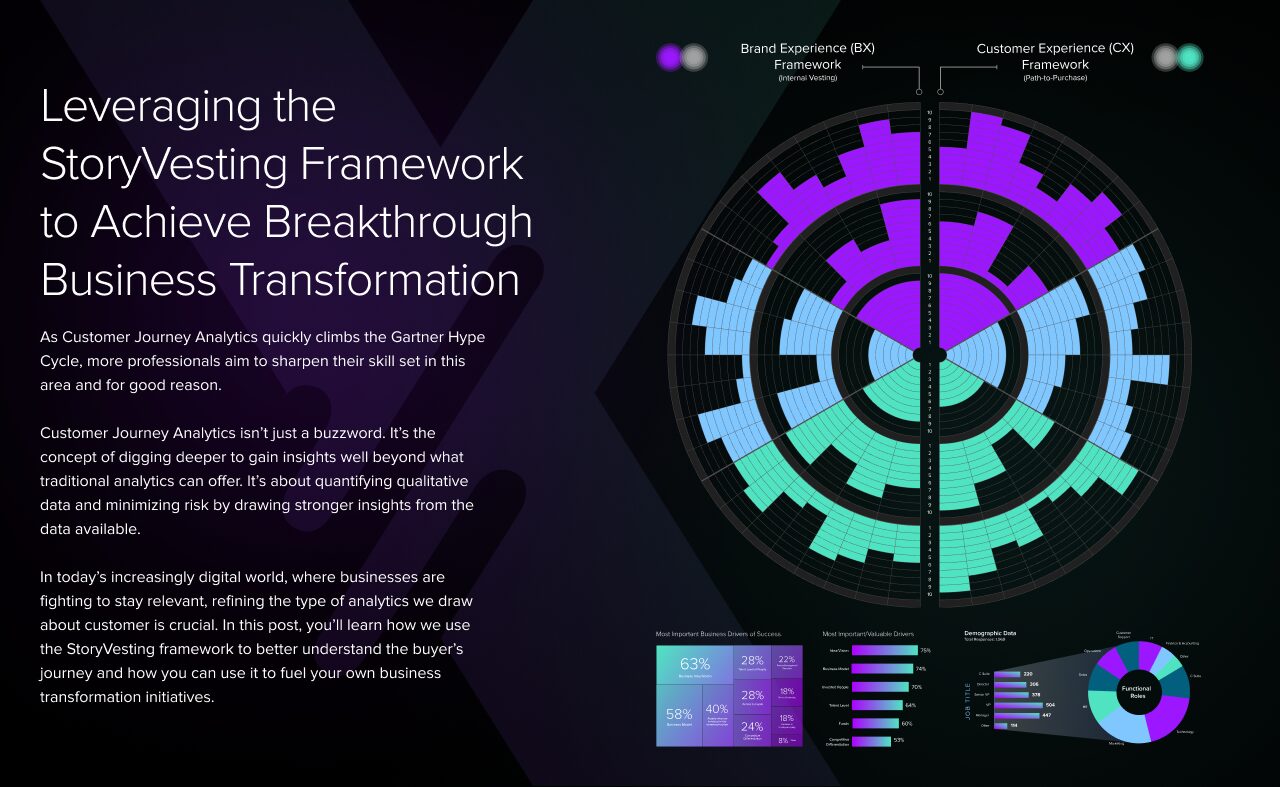

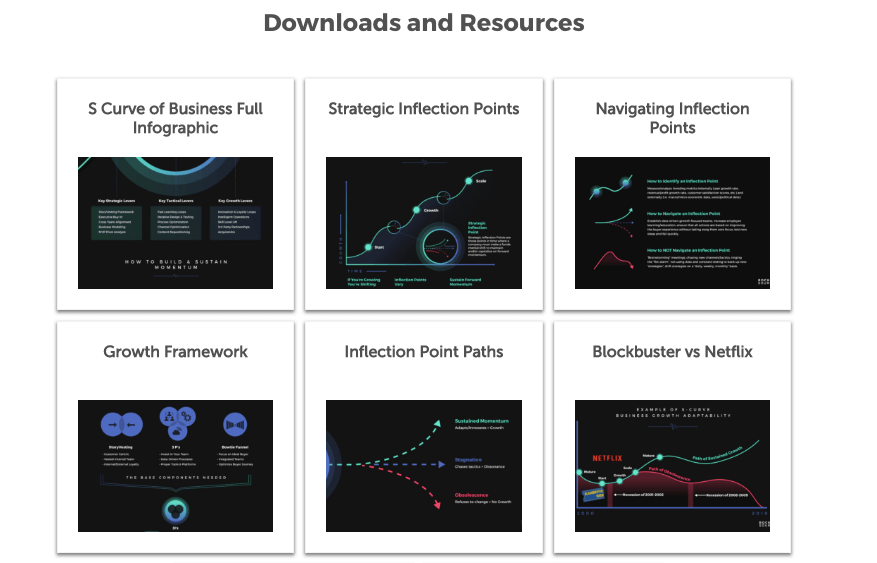
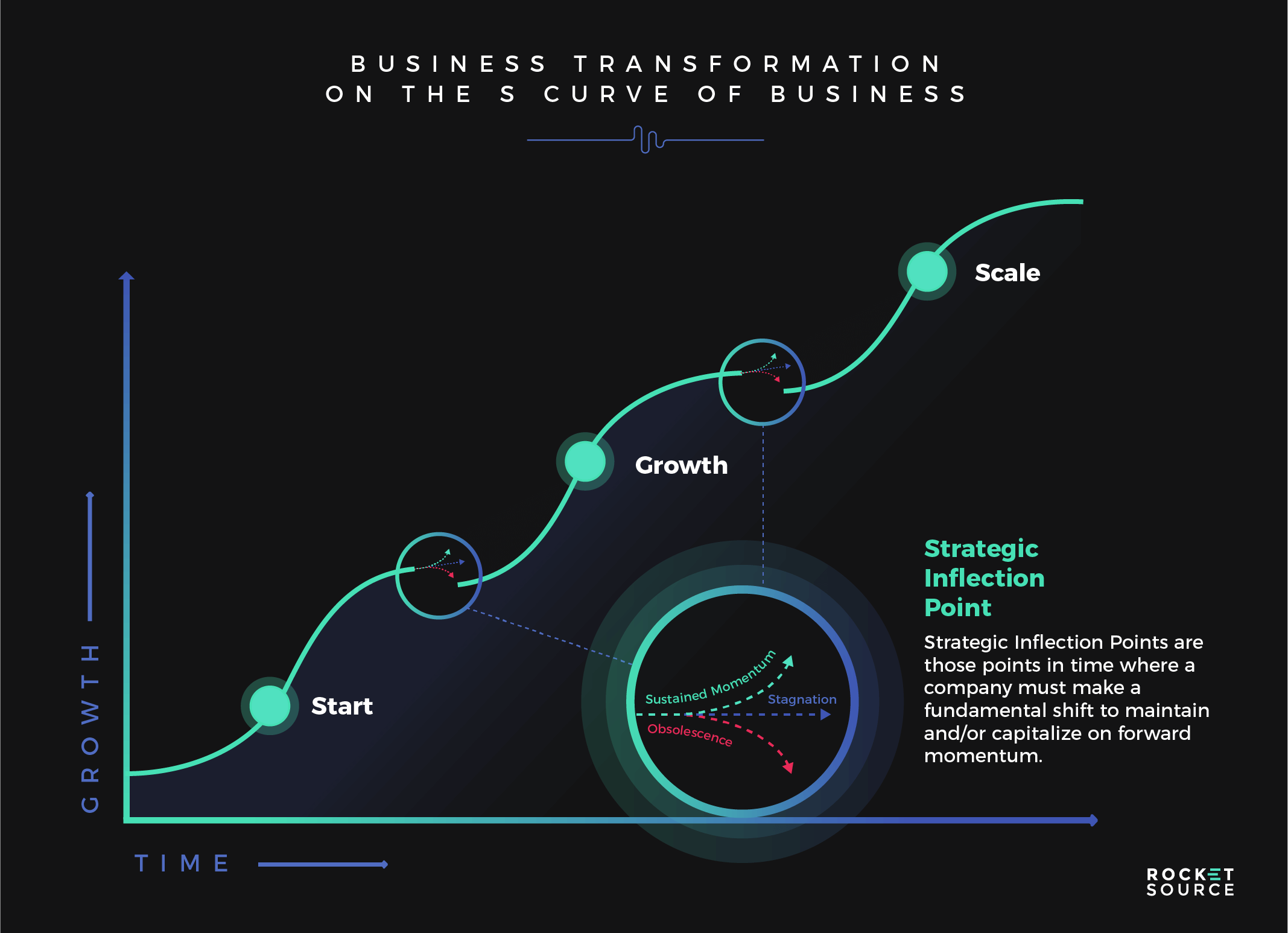
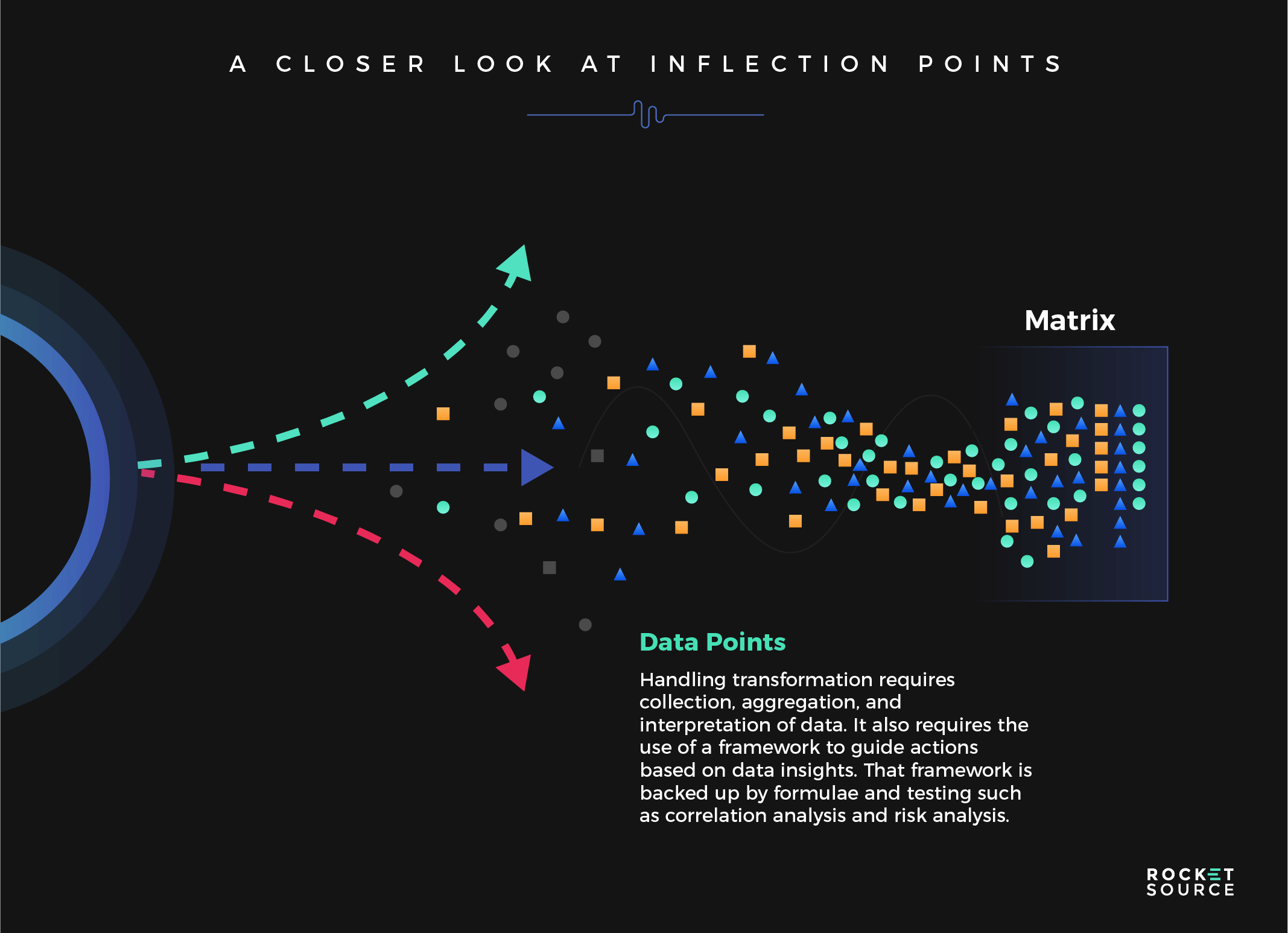
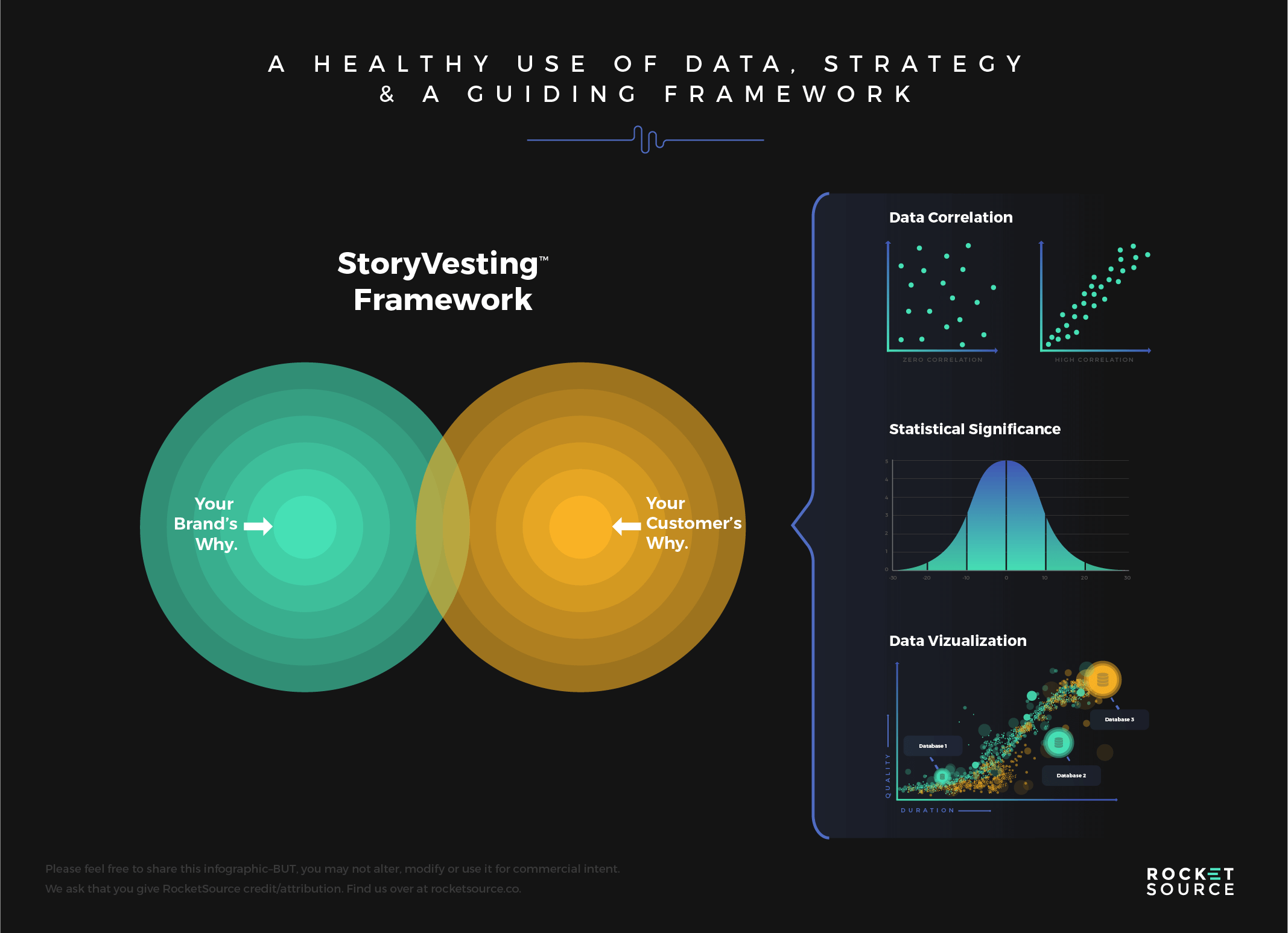
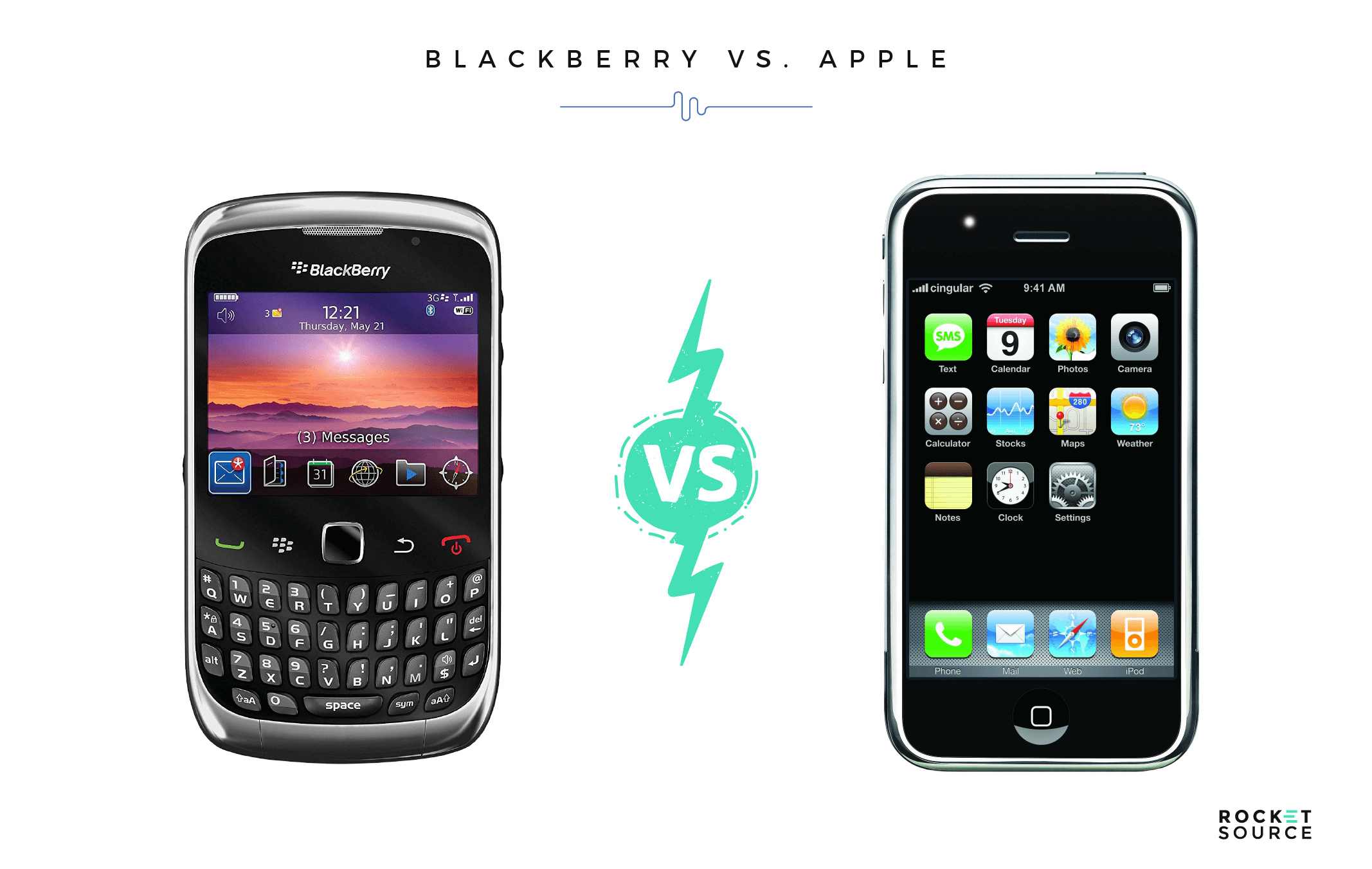
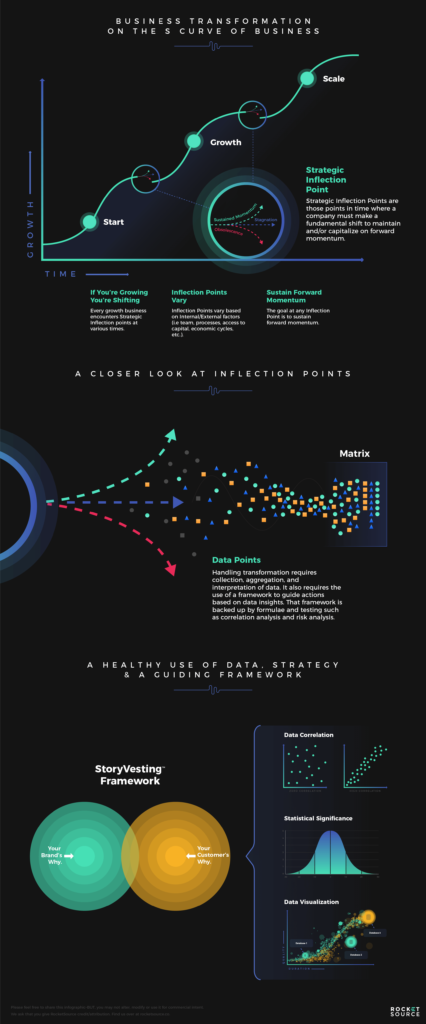
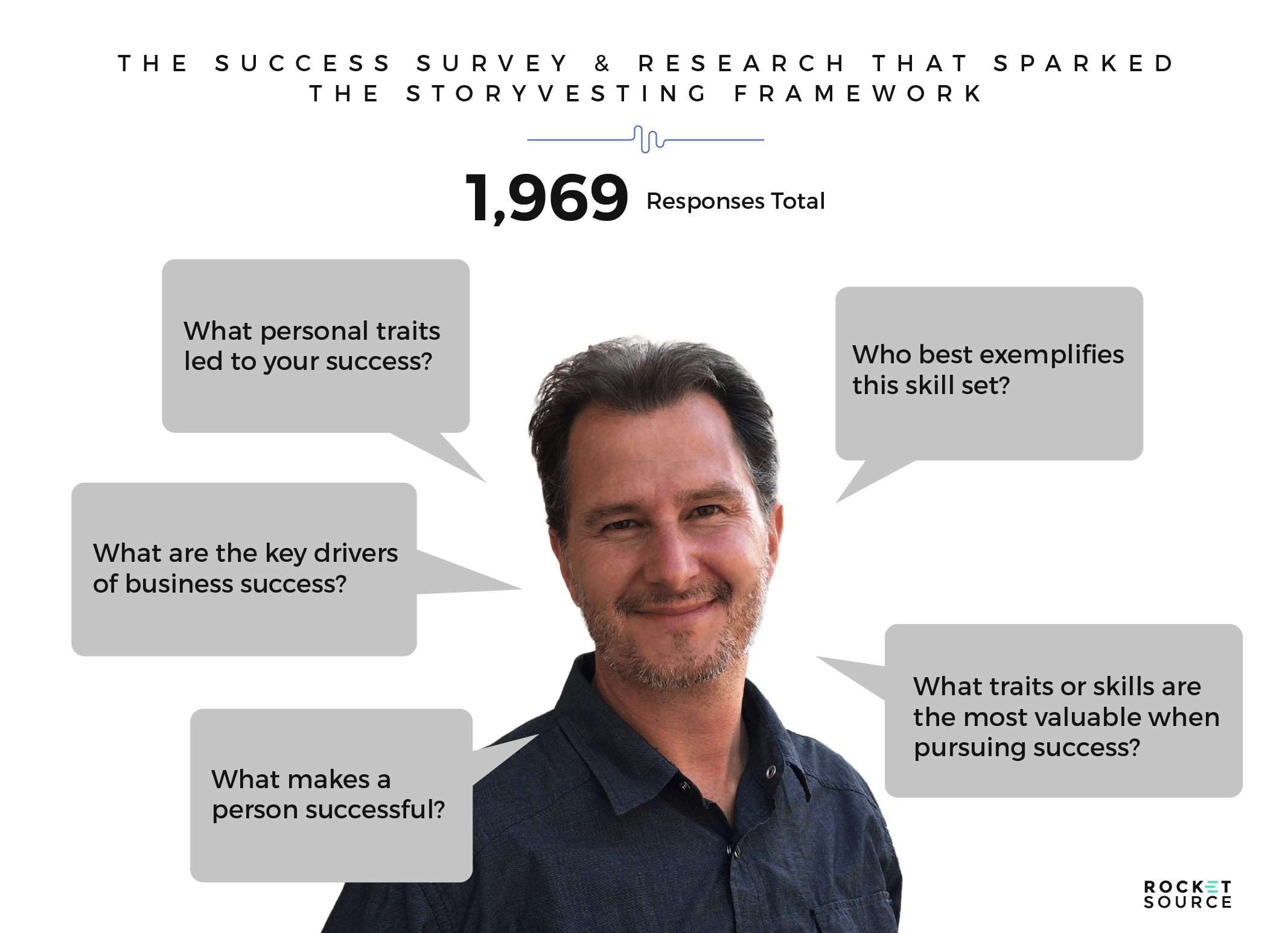
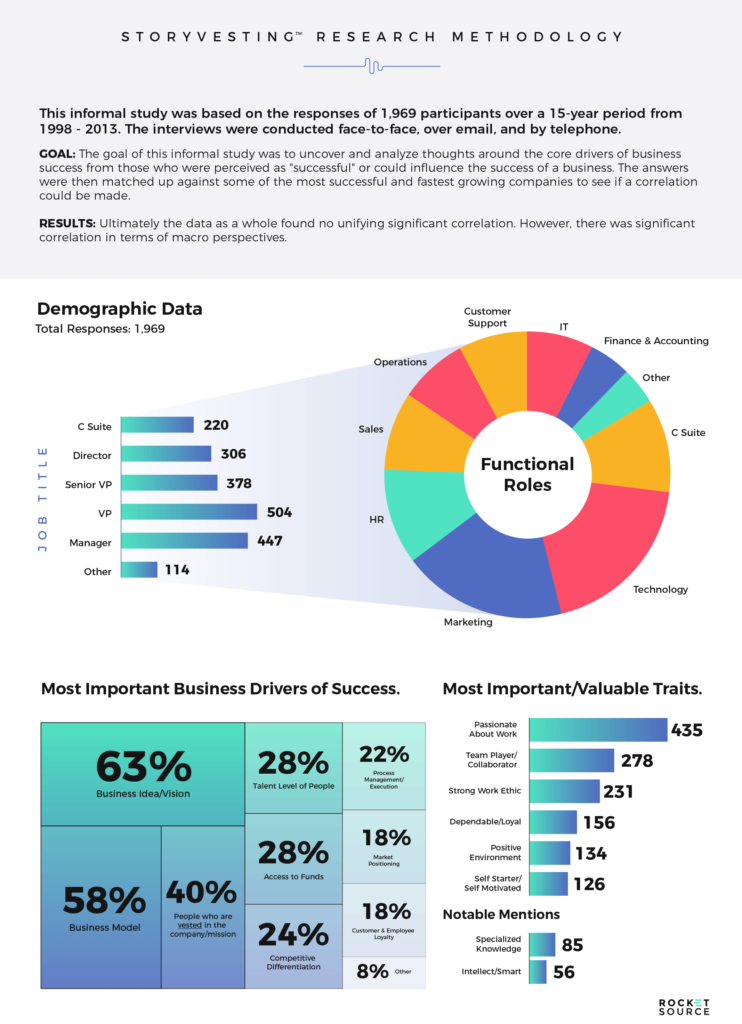
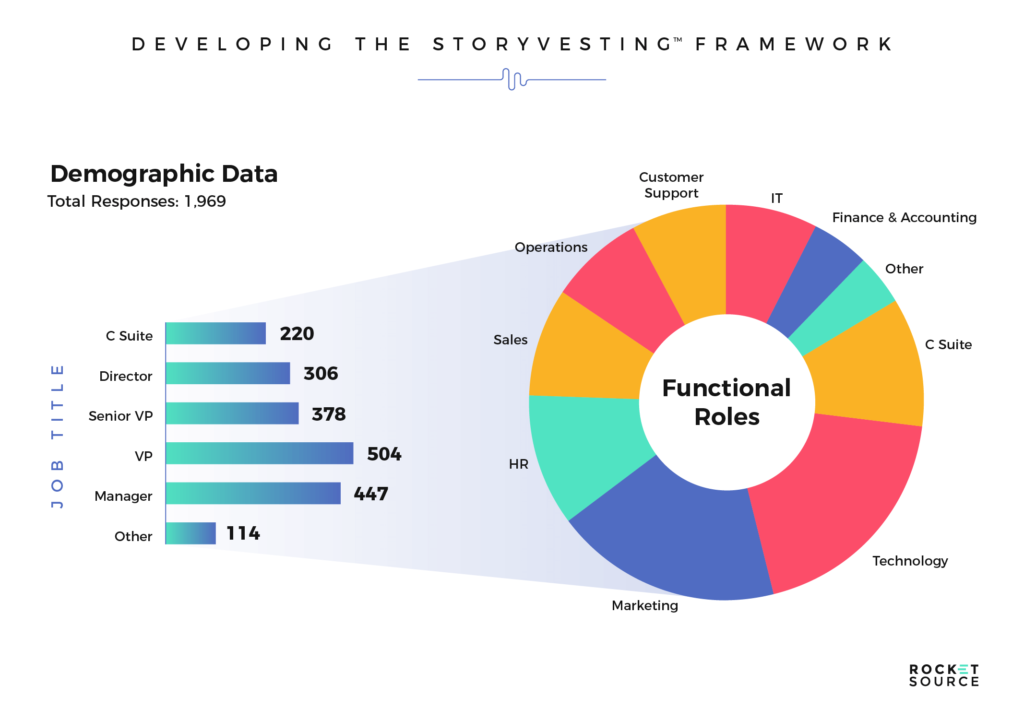
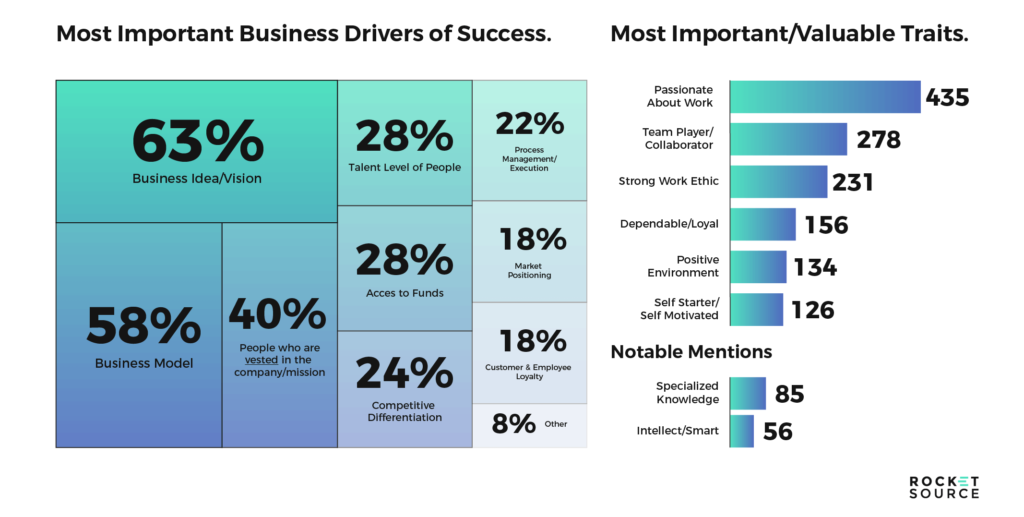
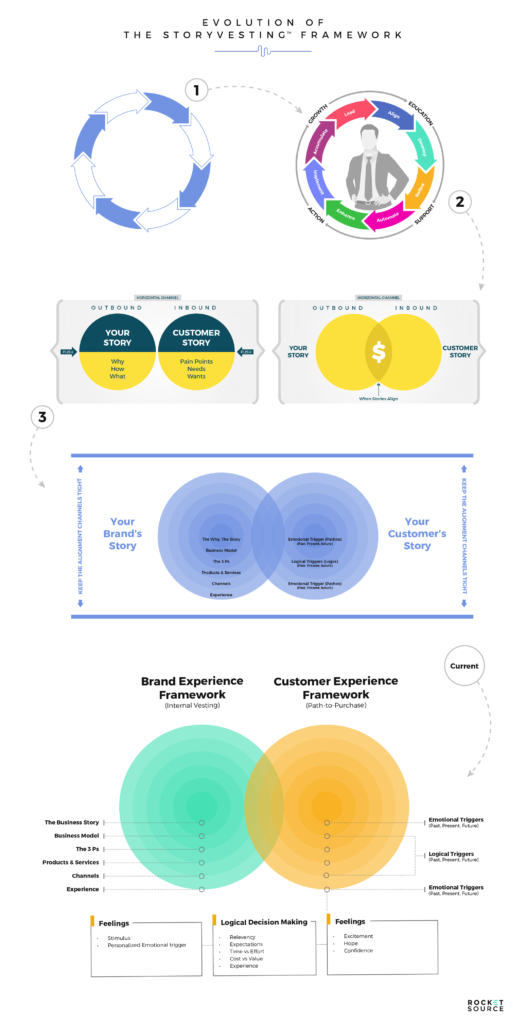
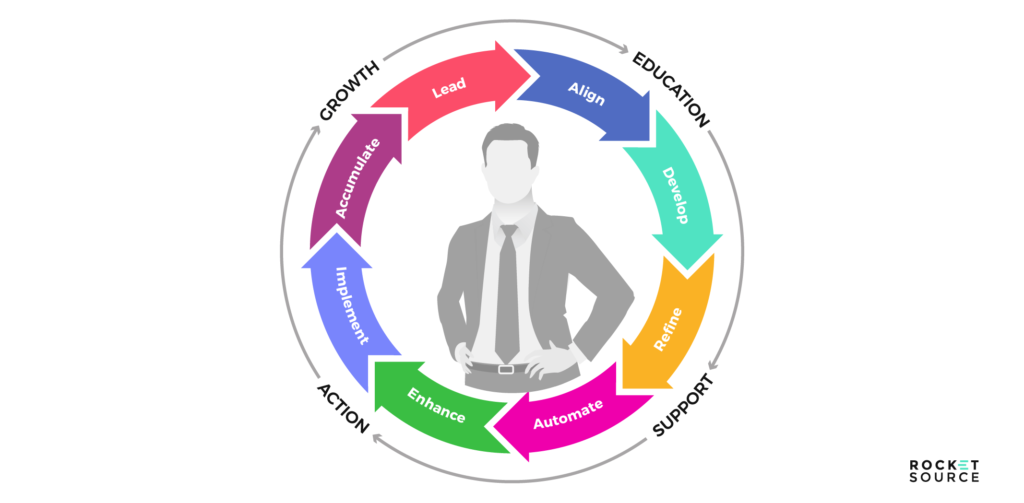
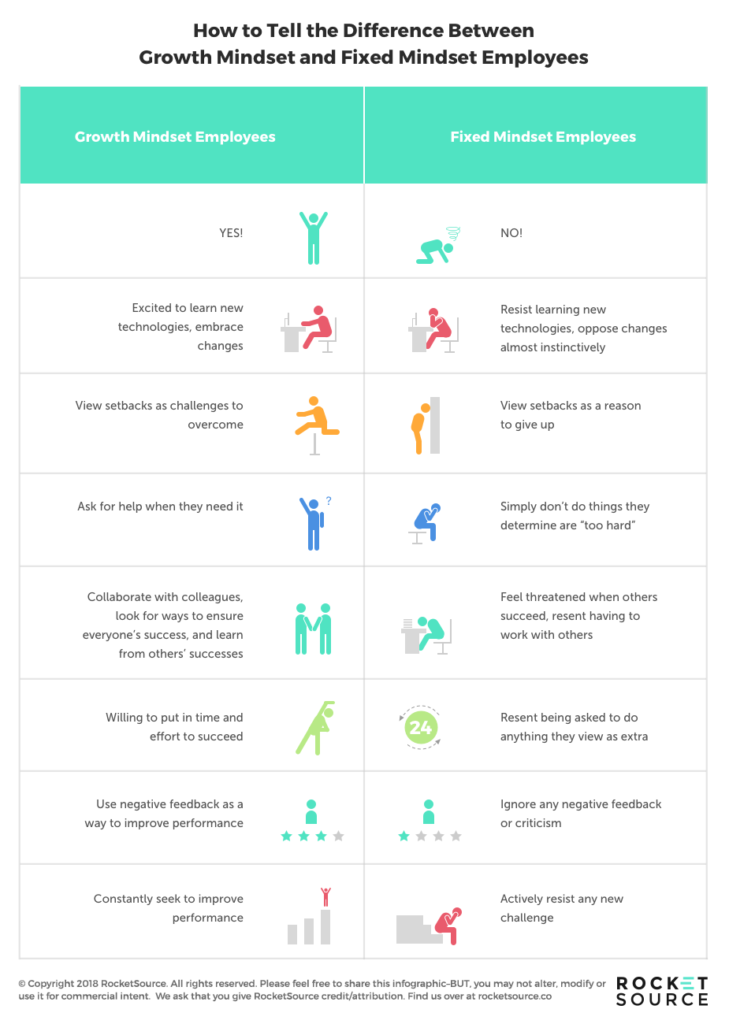
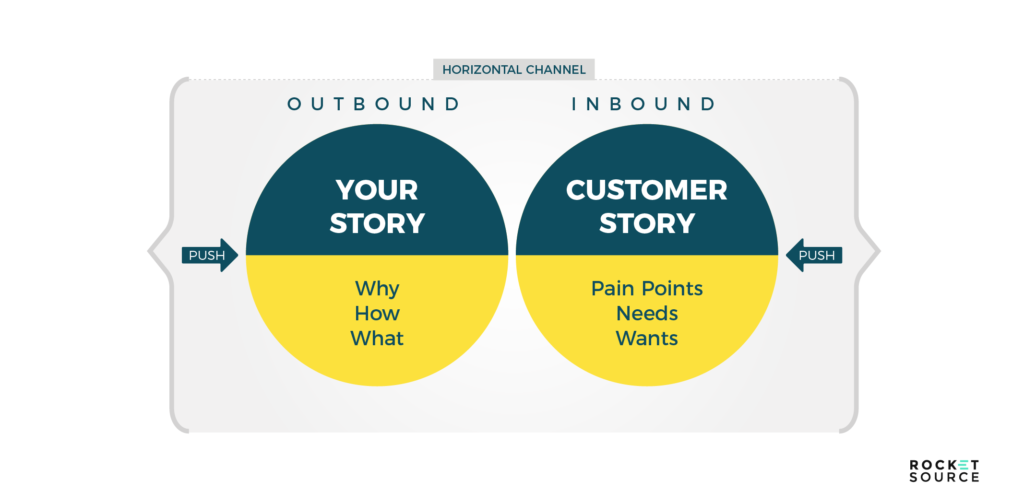
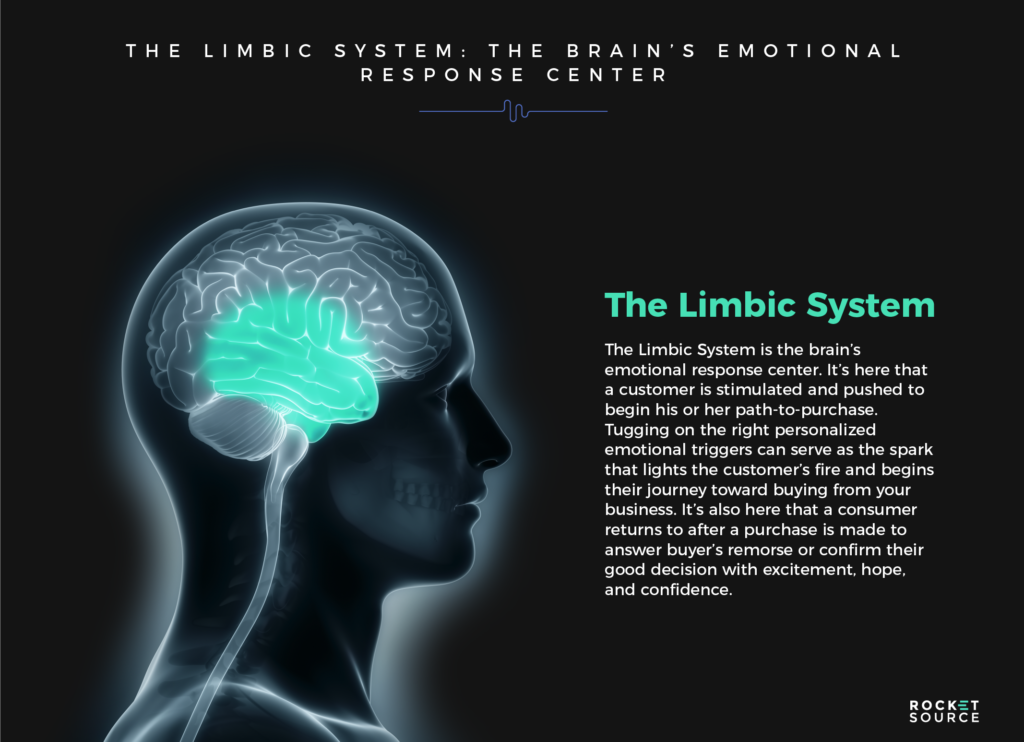
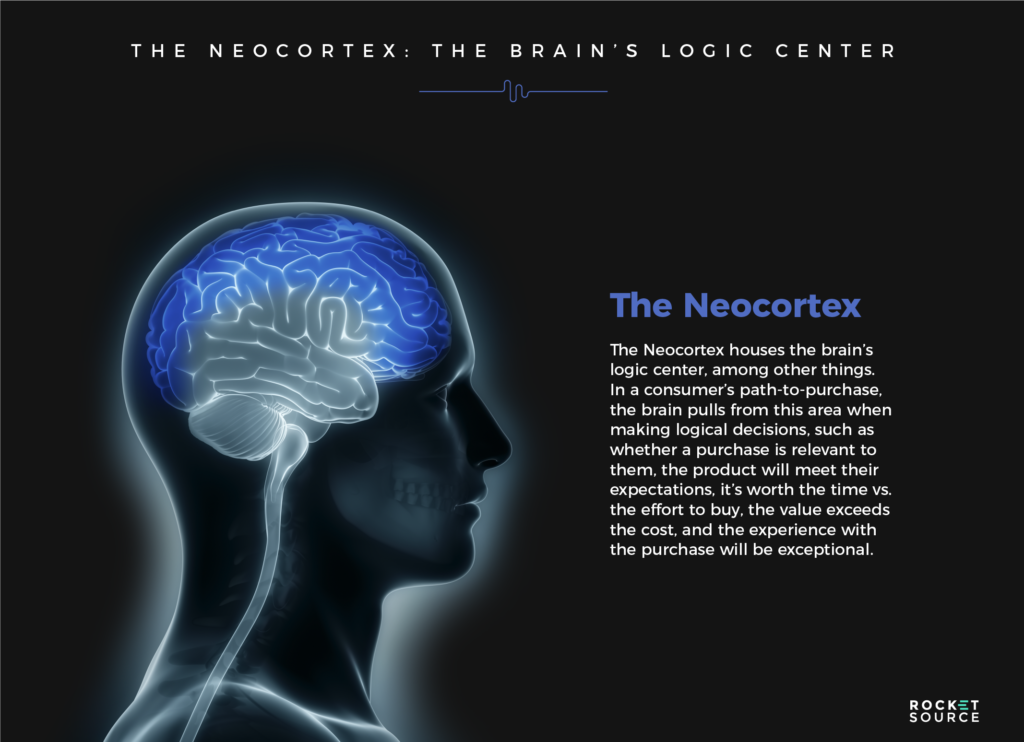
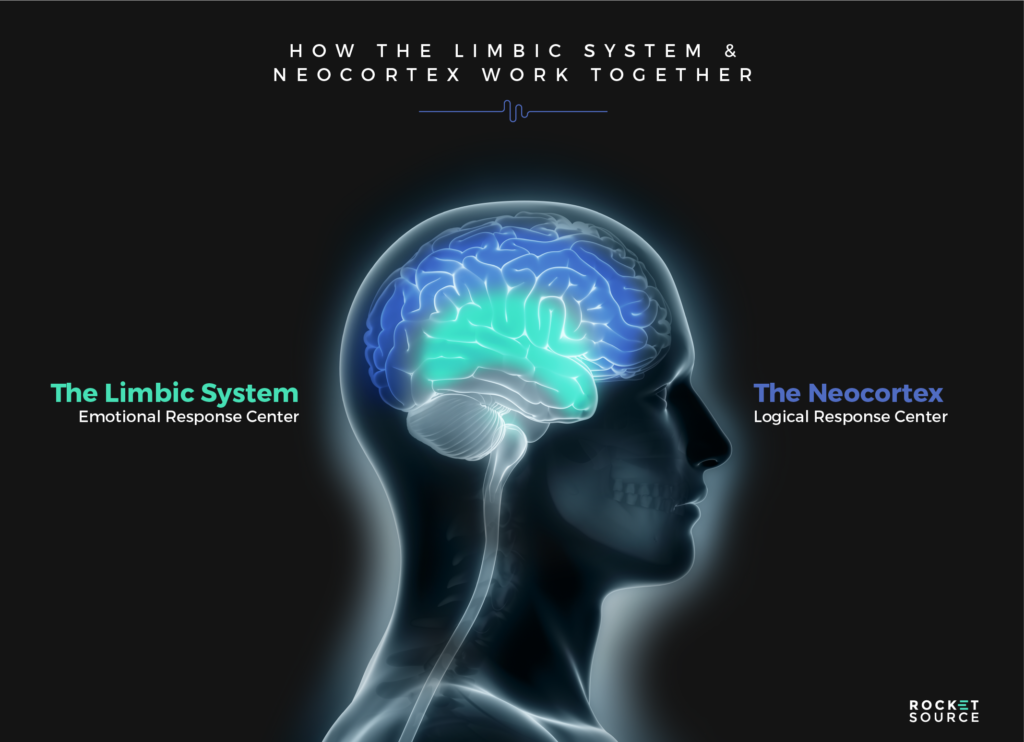
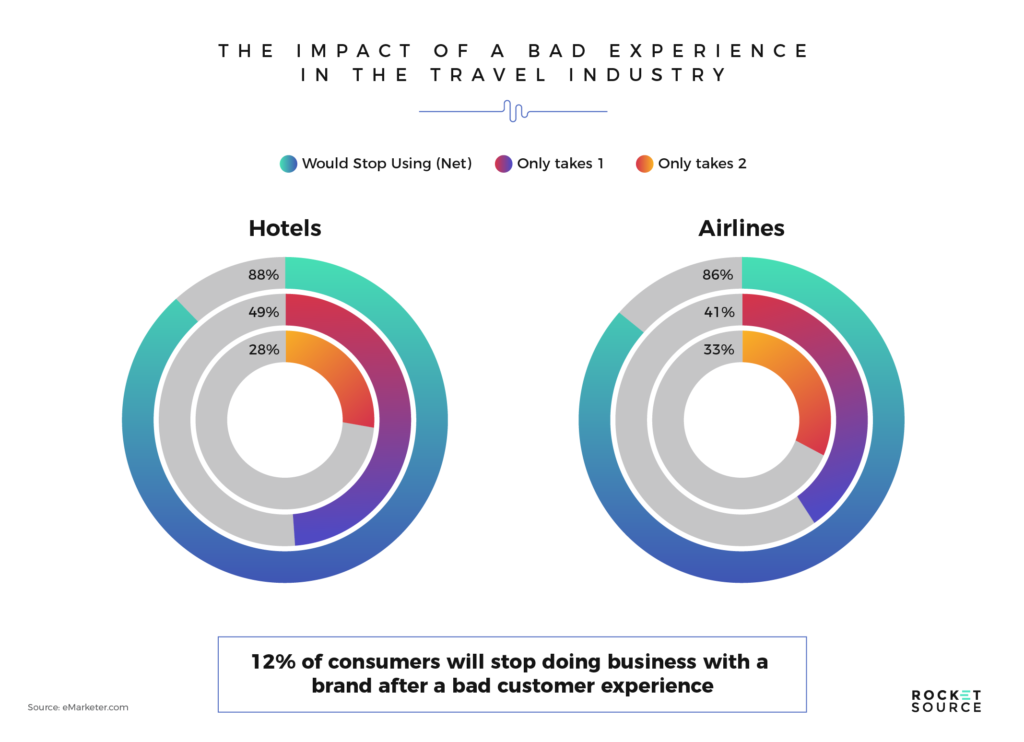
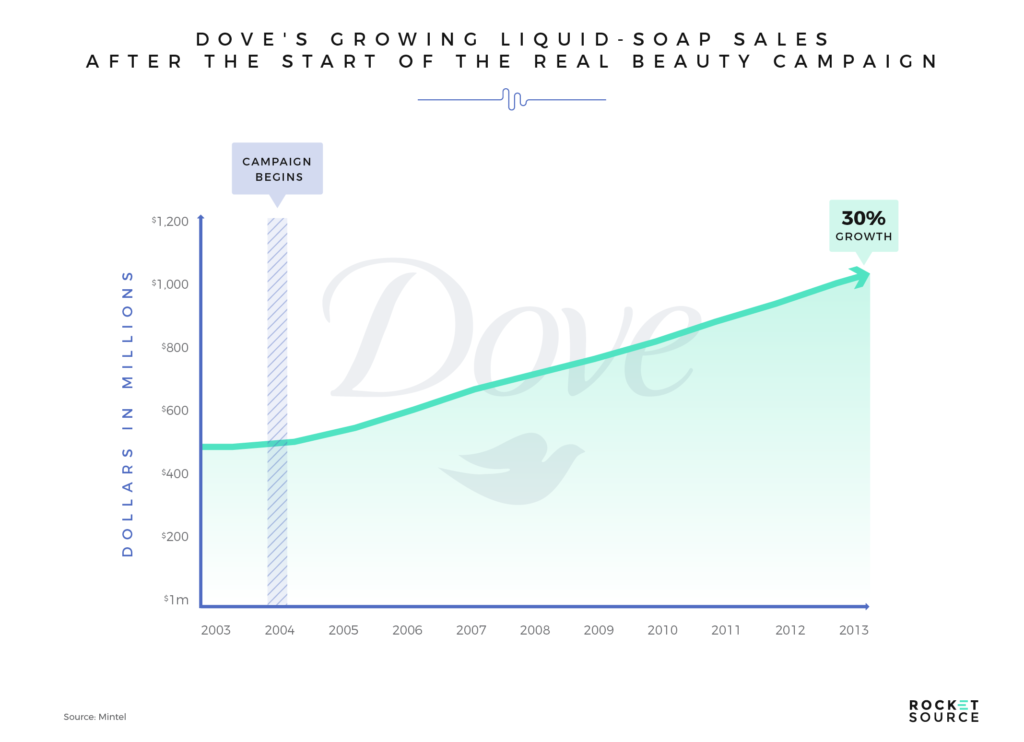

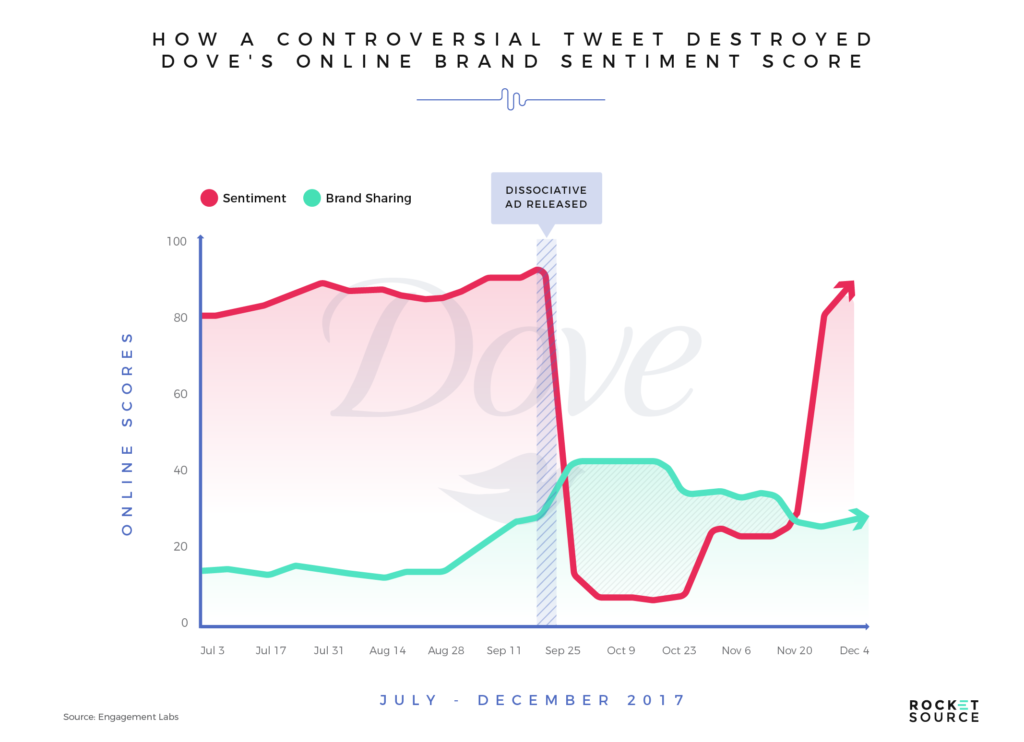
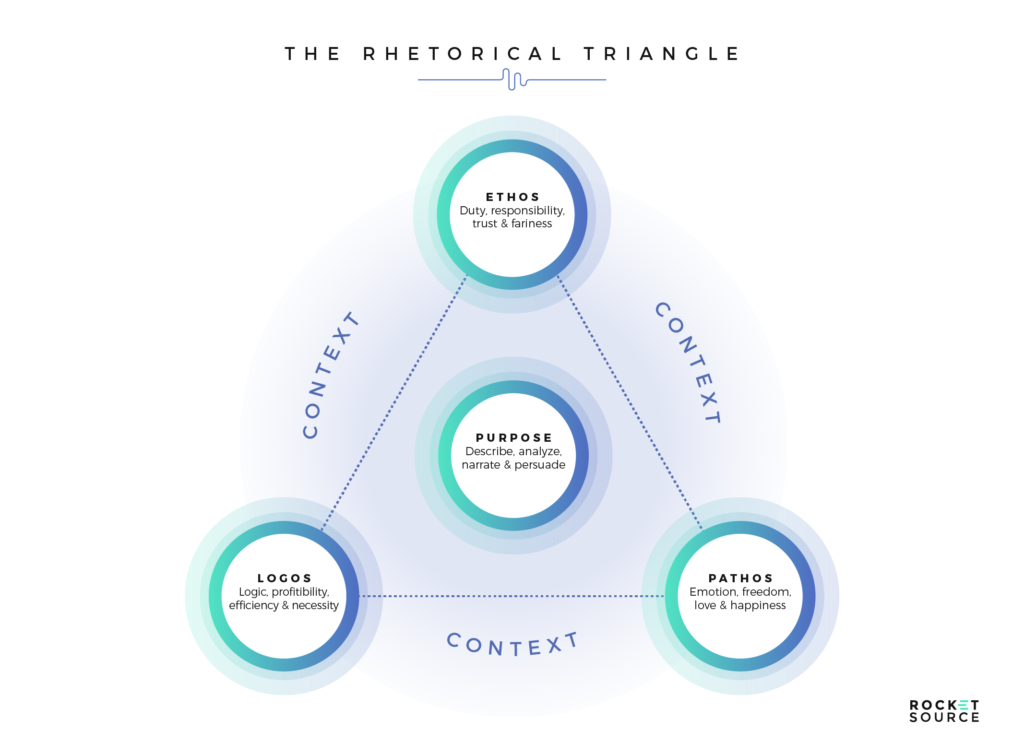
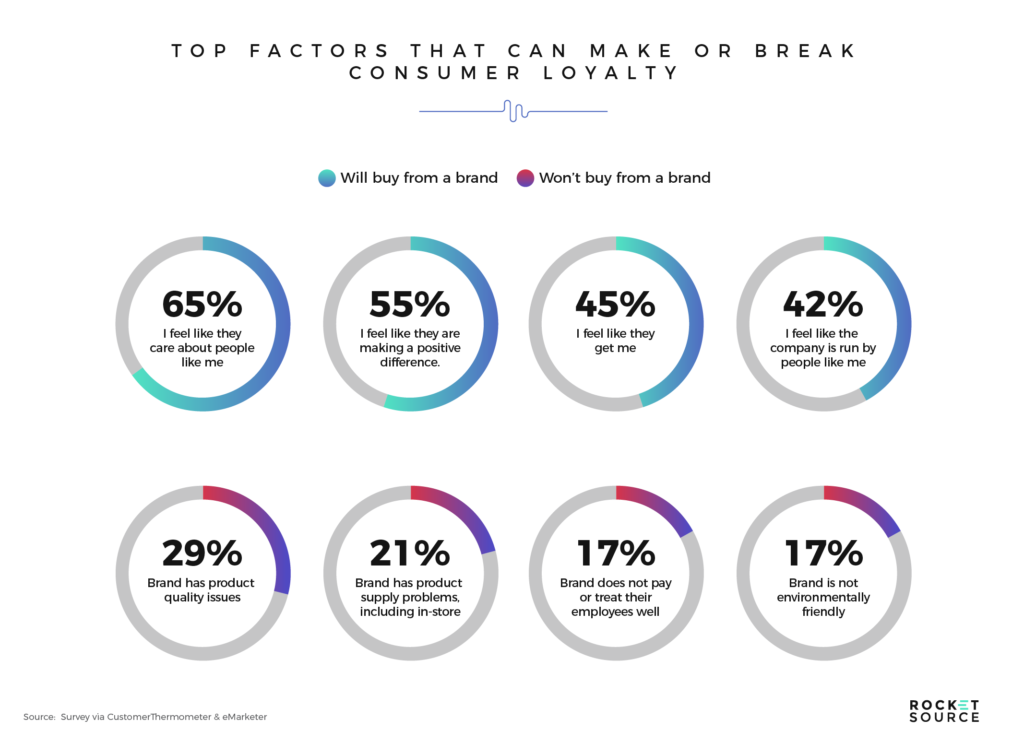
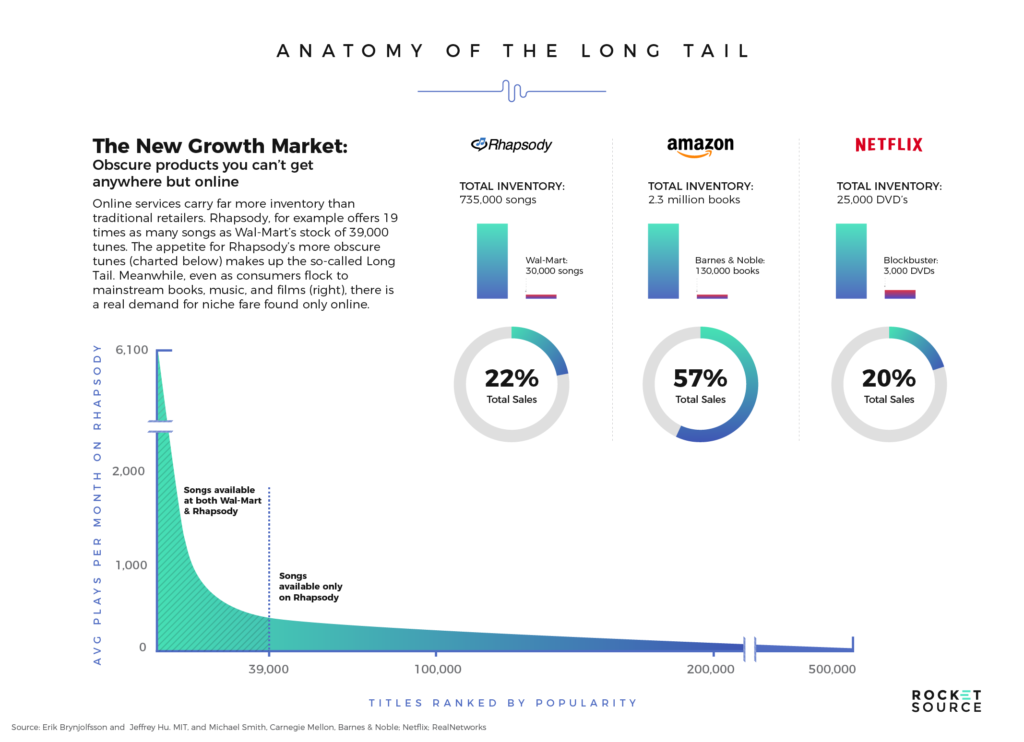
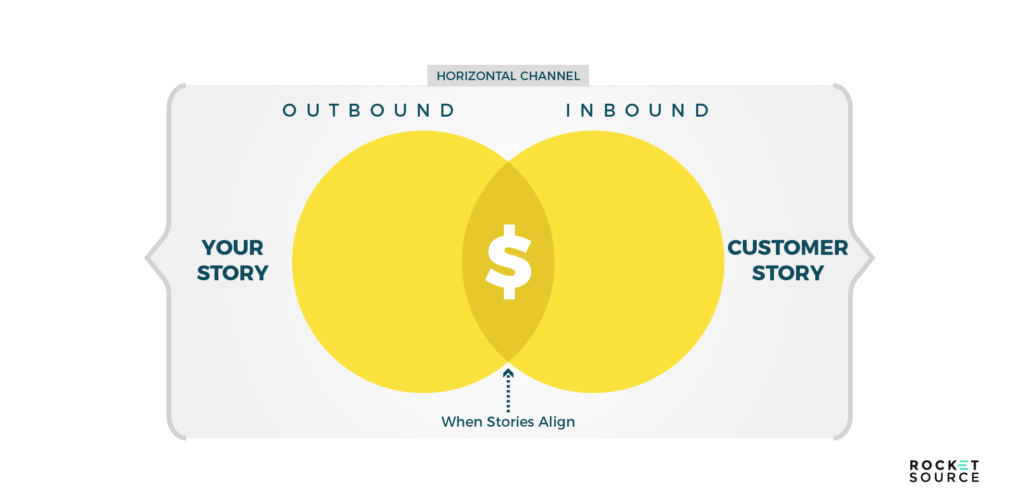
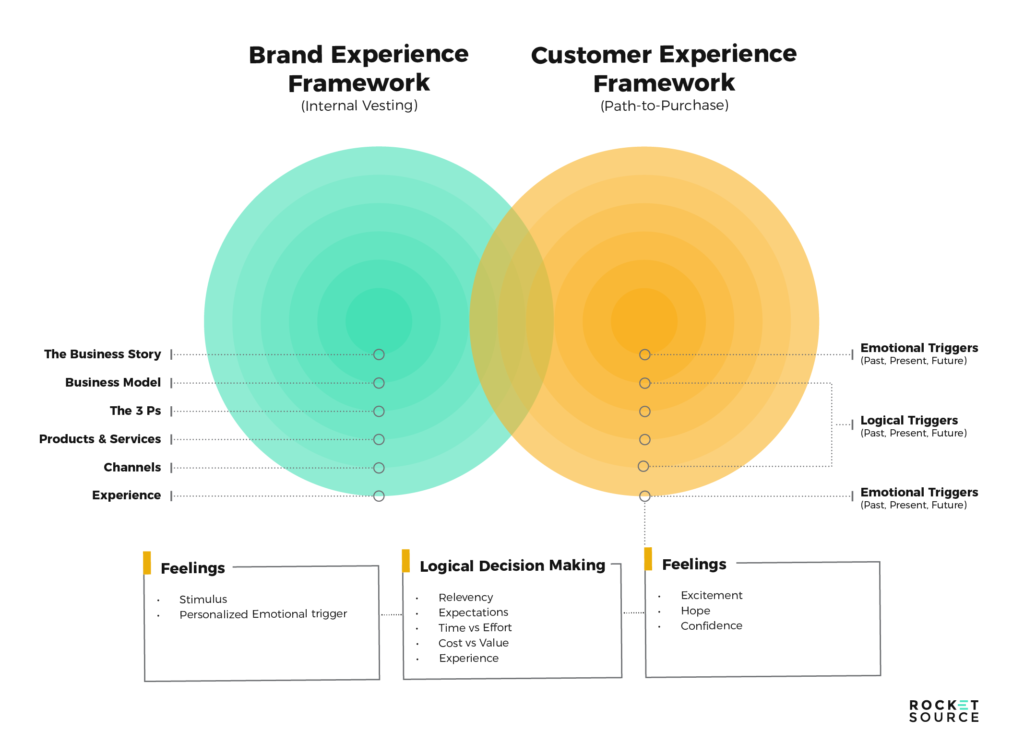
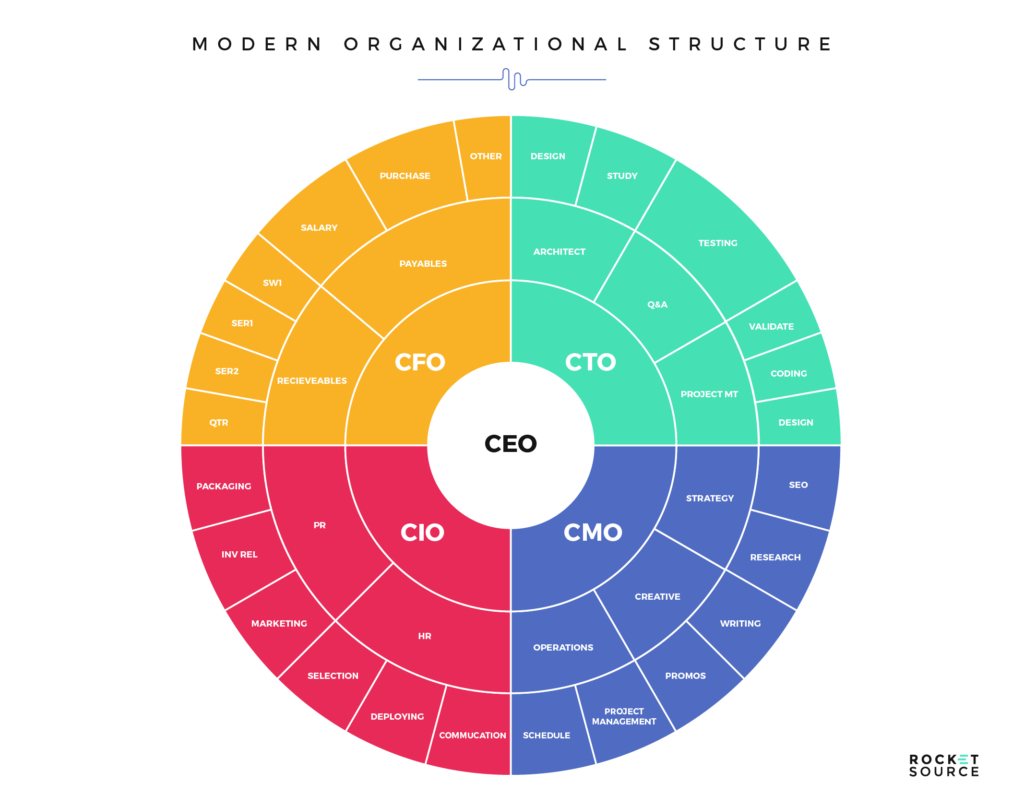
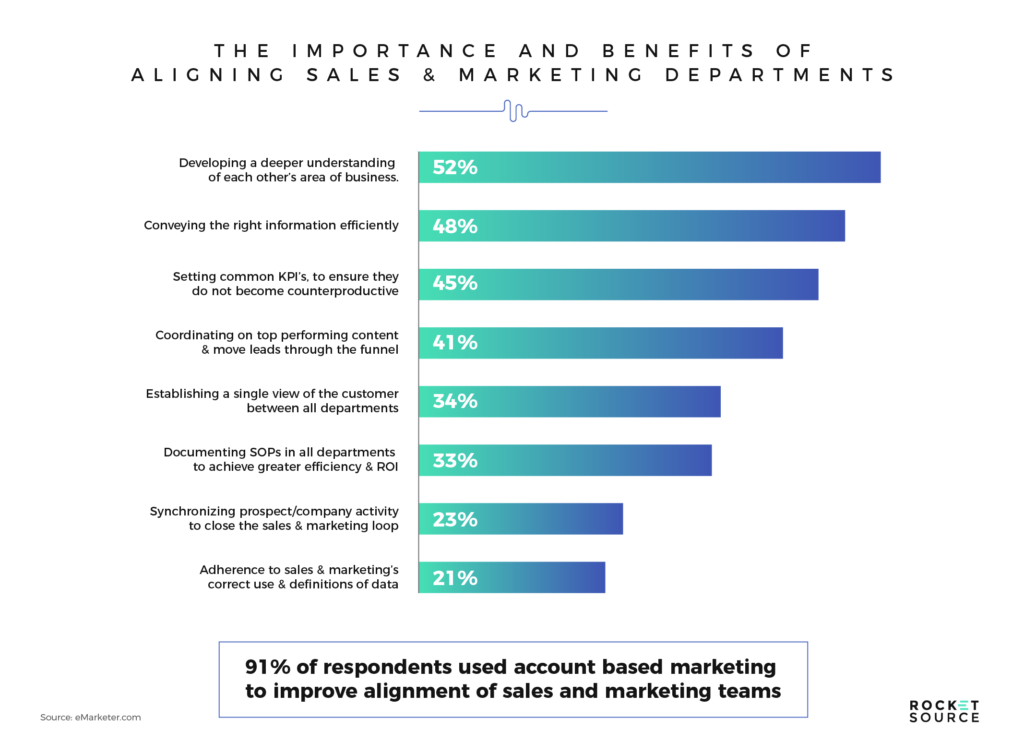
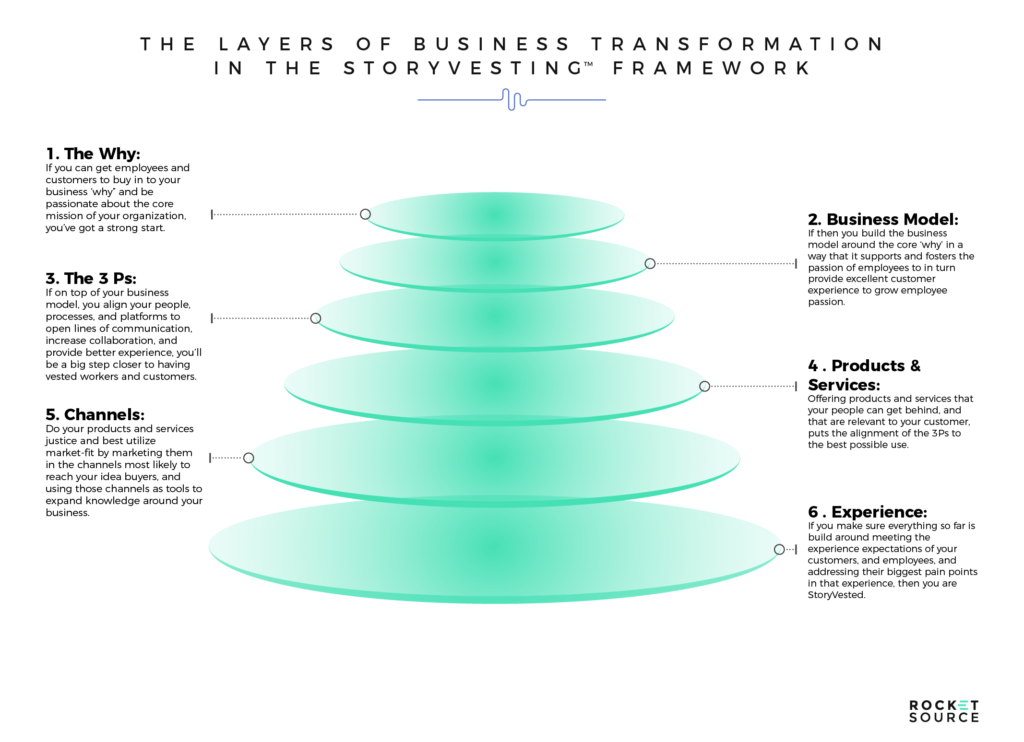
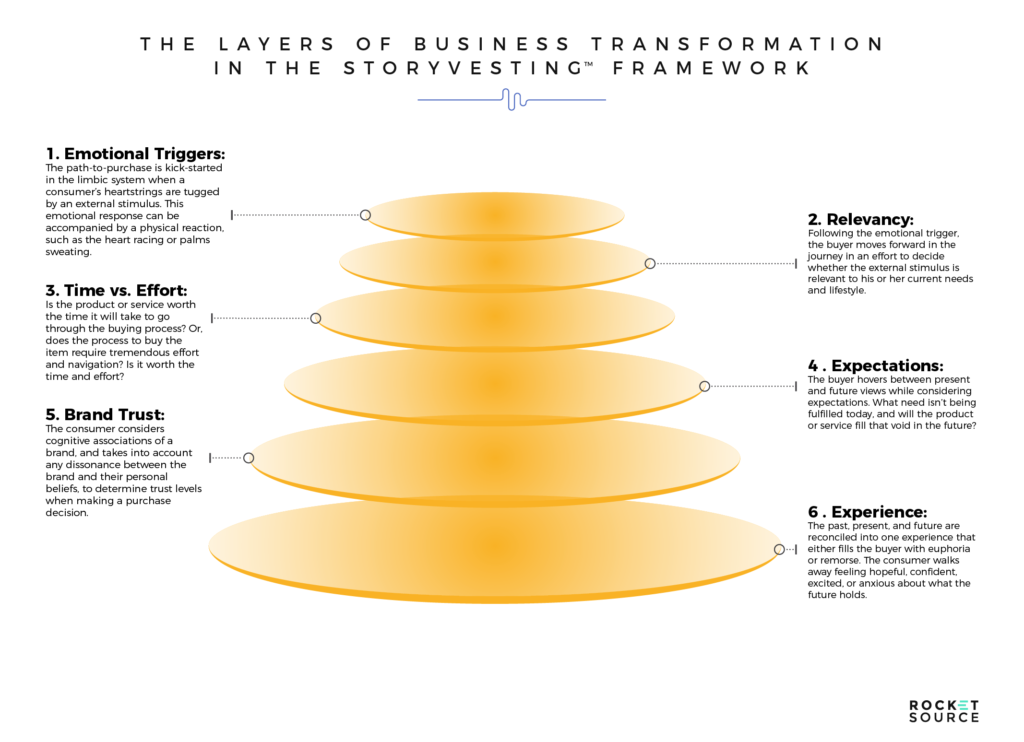
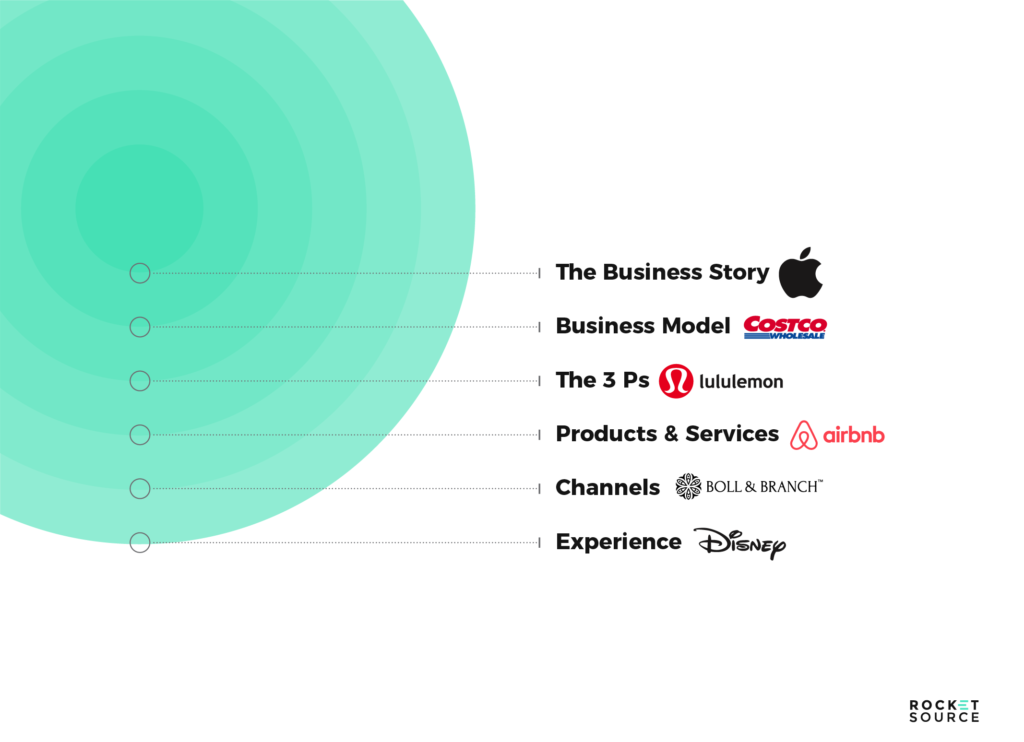
 An Example of PRODUCTS AND SERVICES in Action: Airbnb
An Example of PRODUCTS AND SERVICES in Action: Airbnb